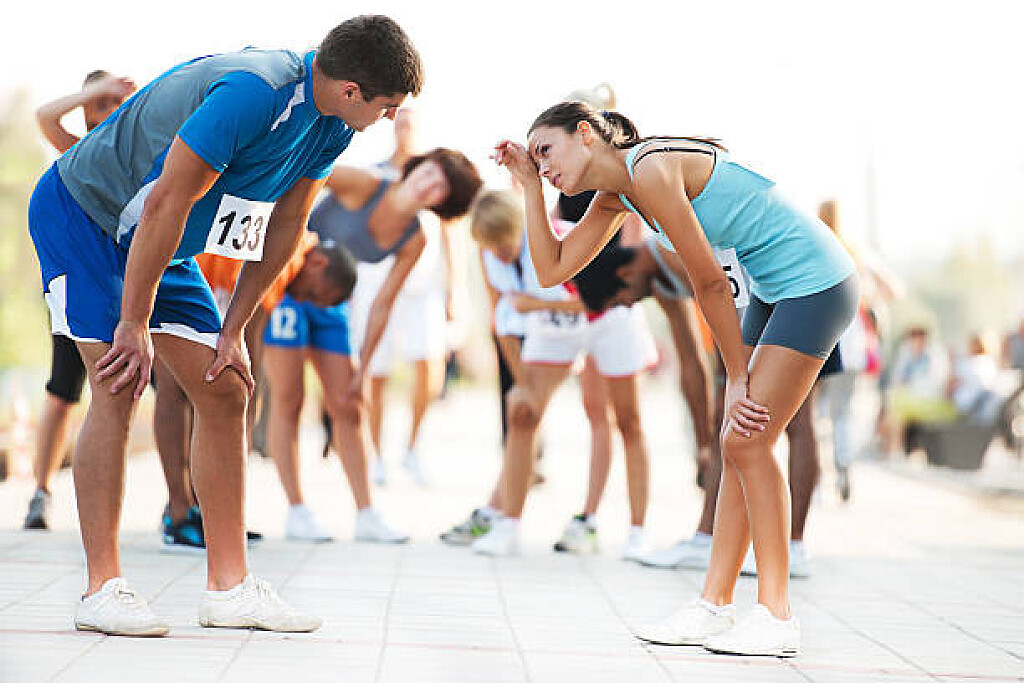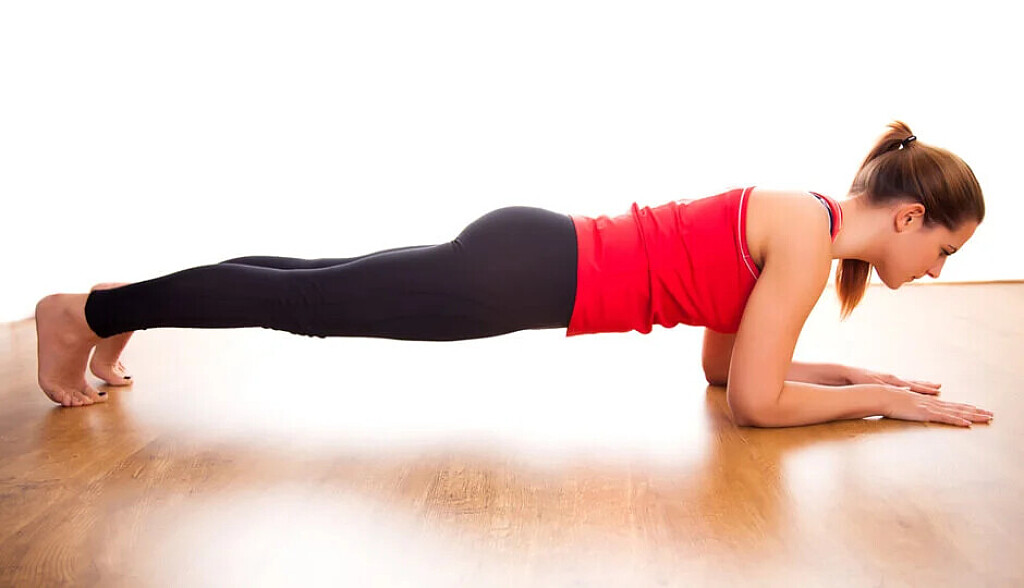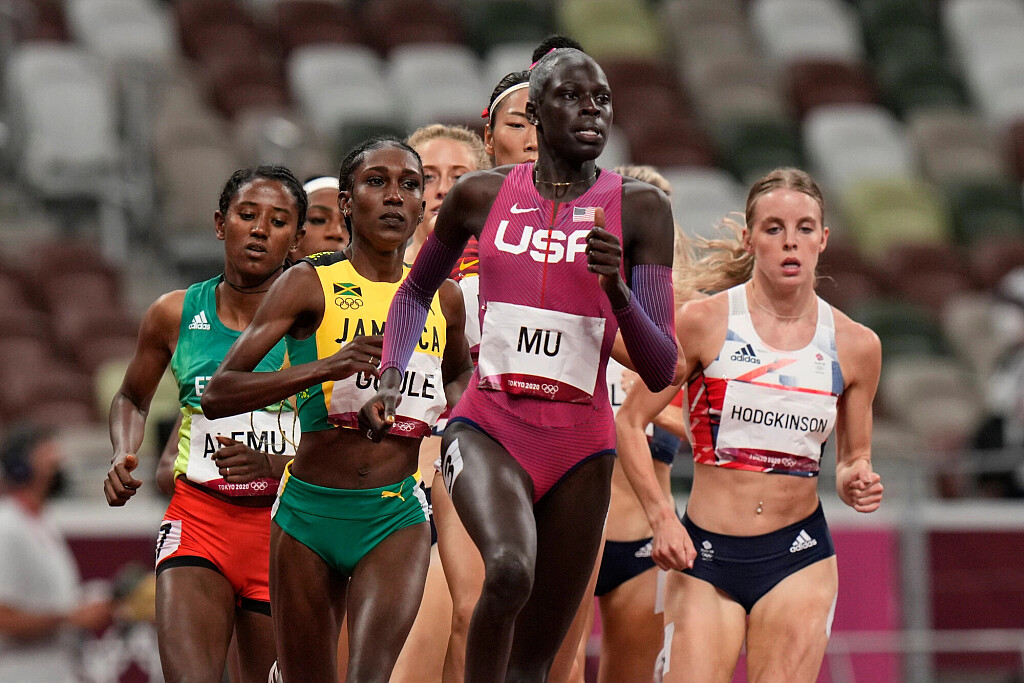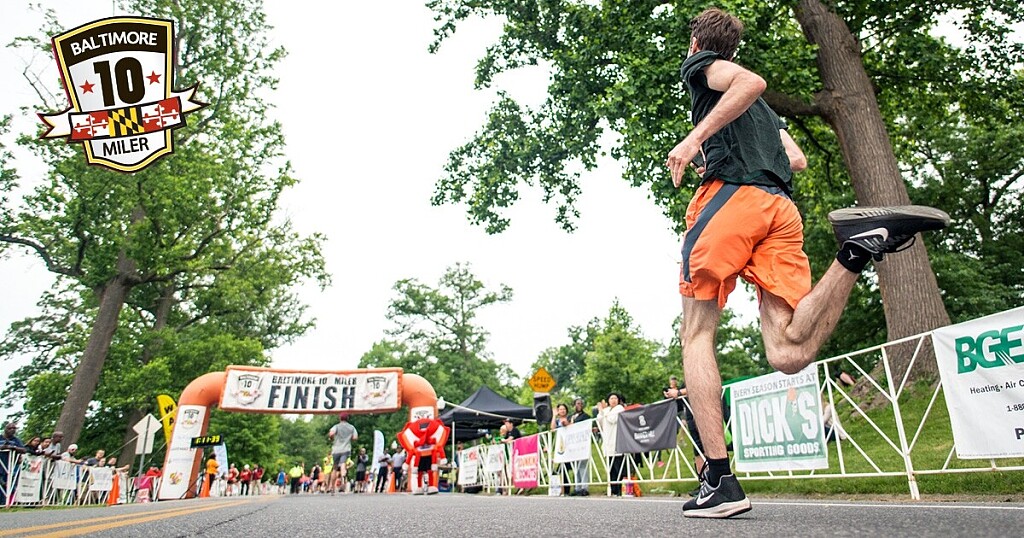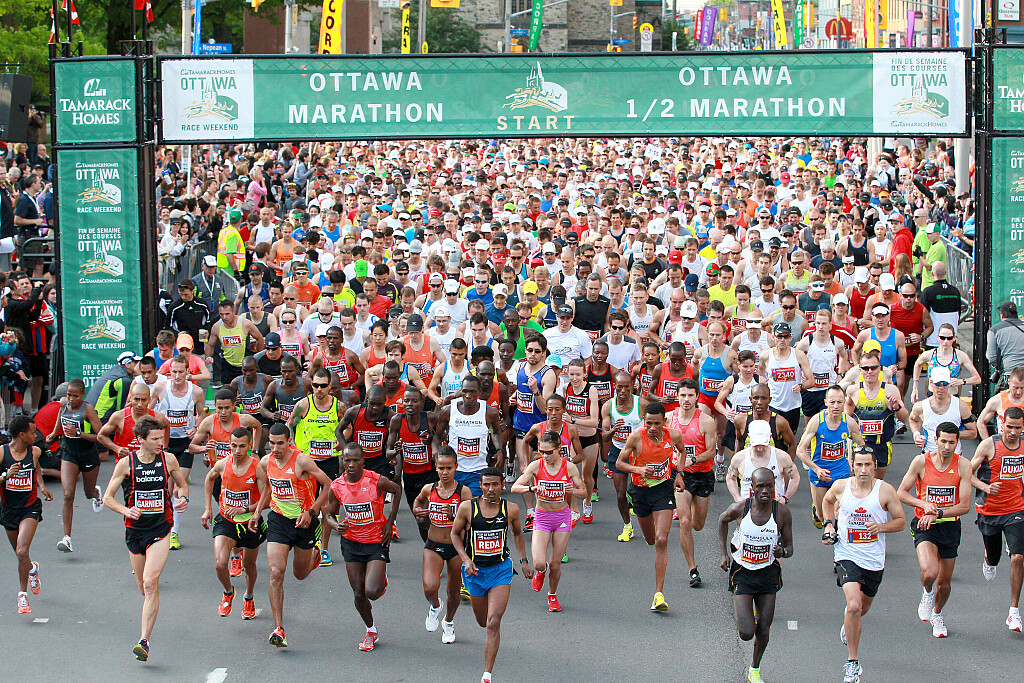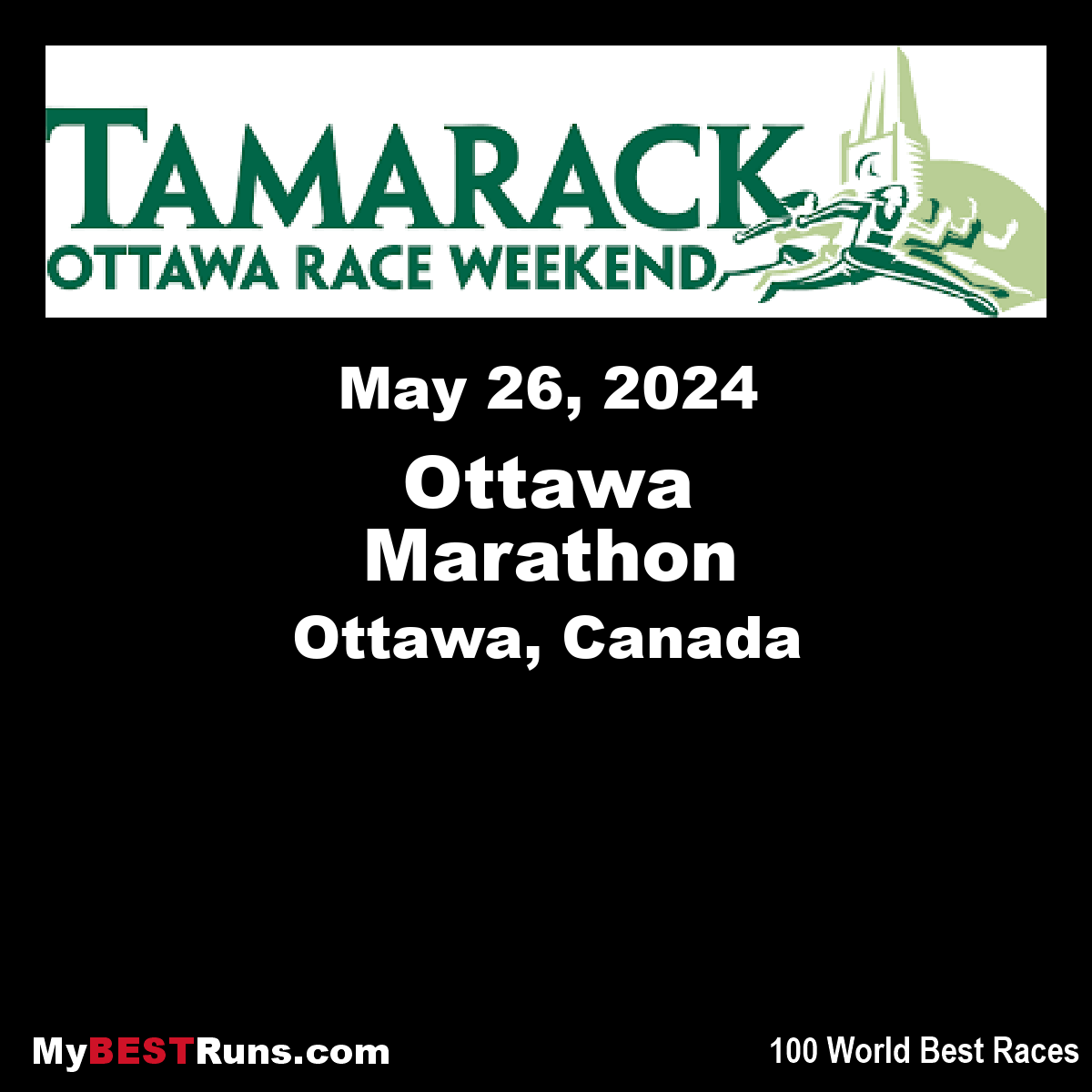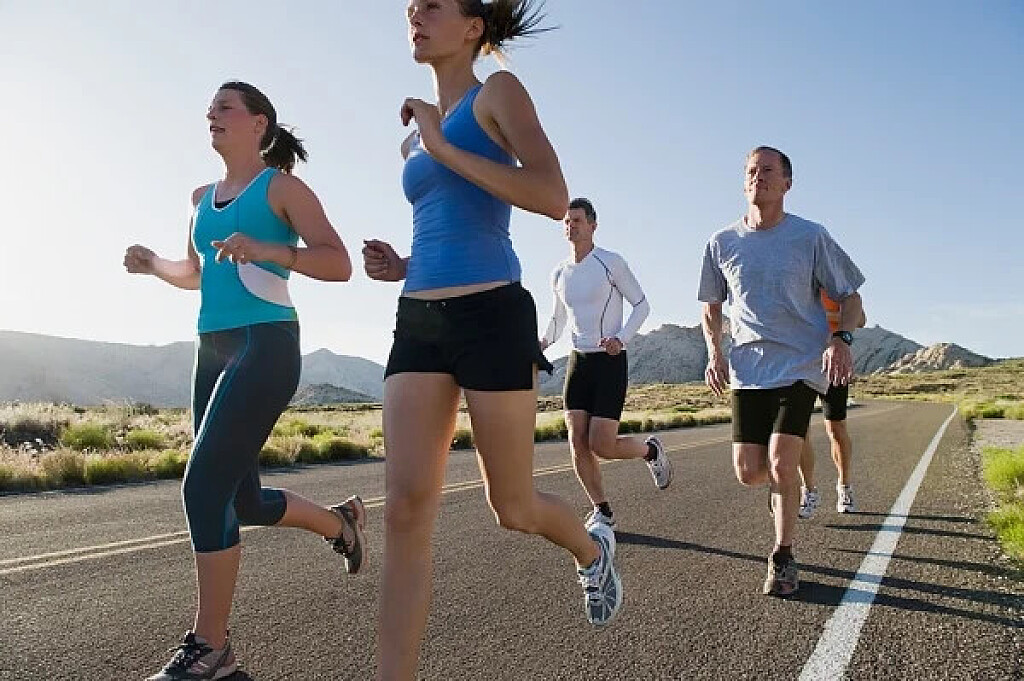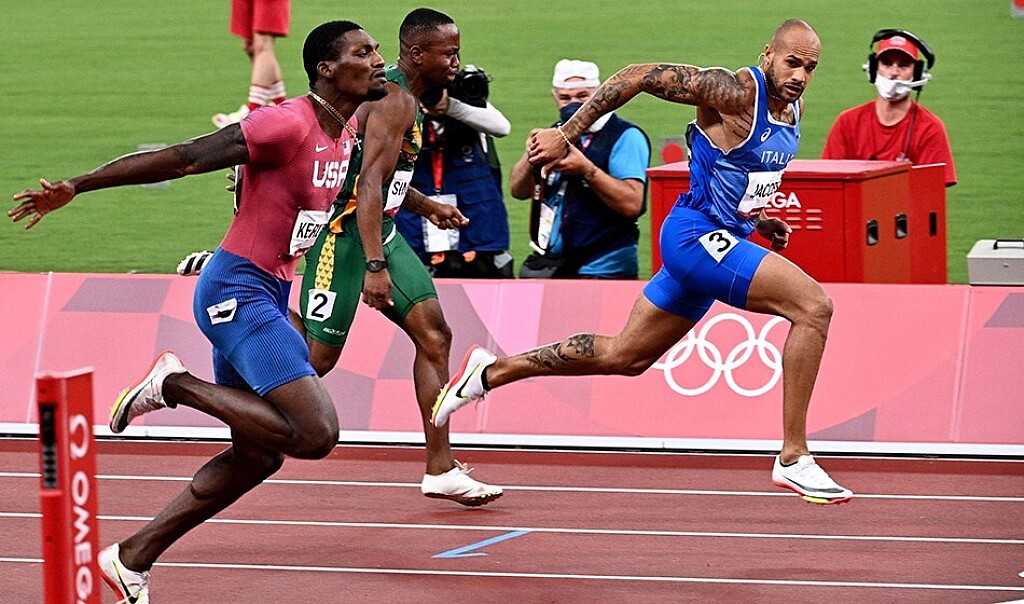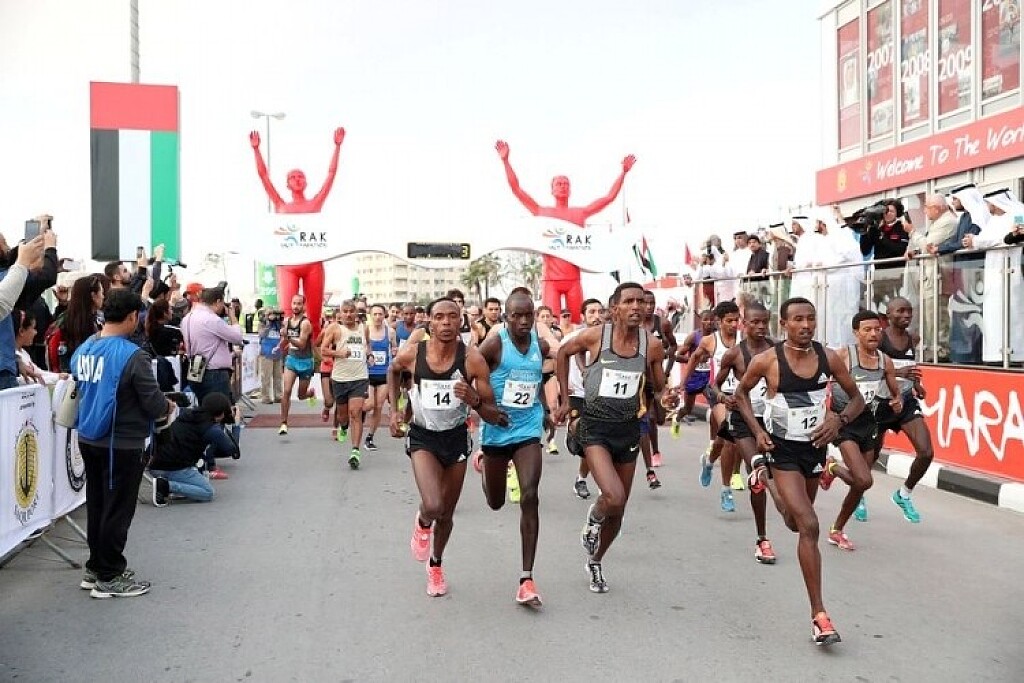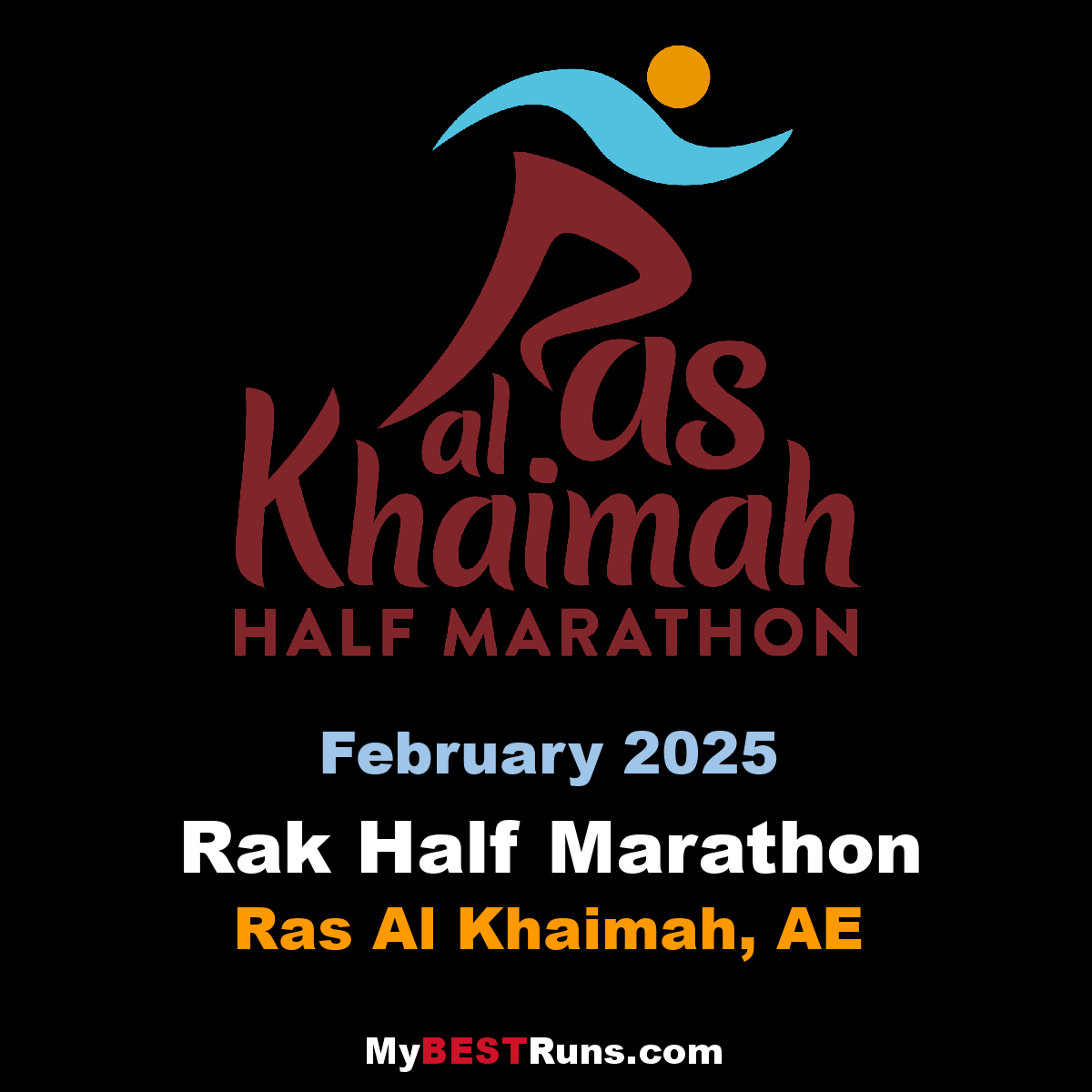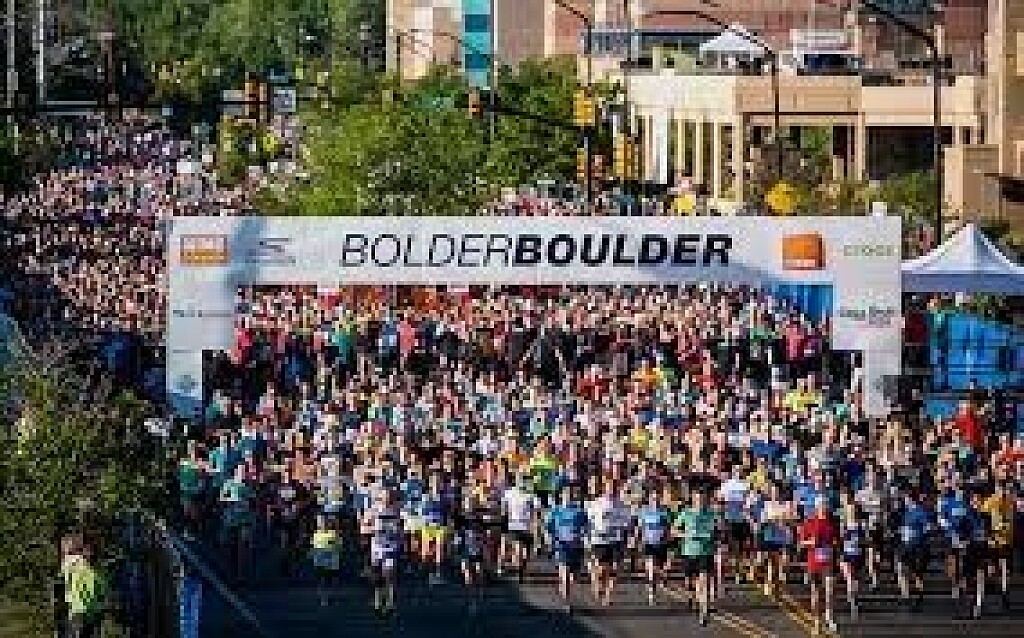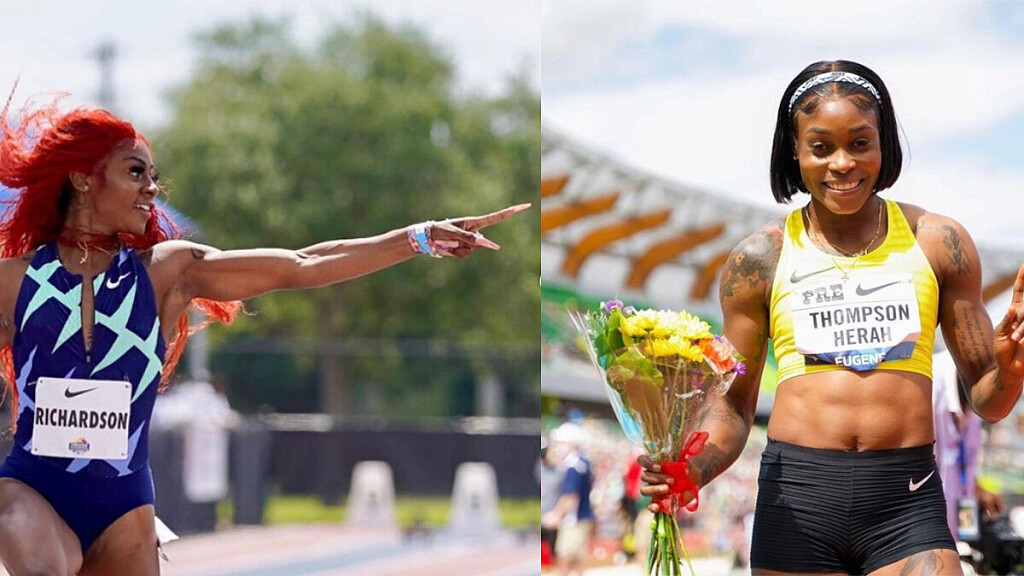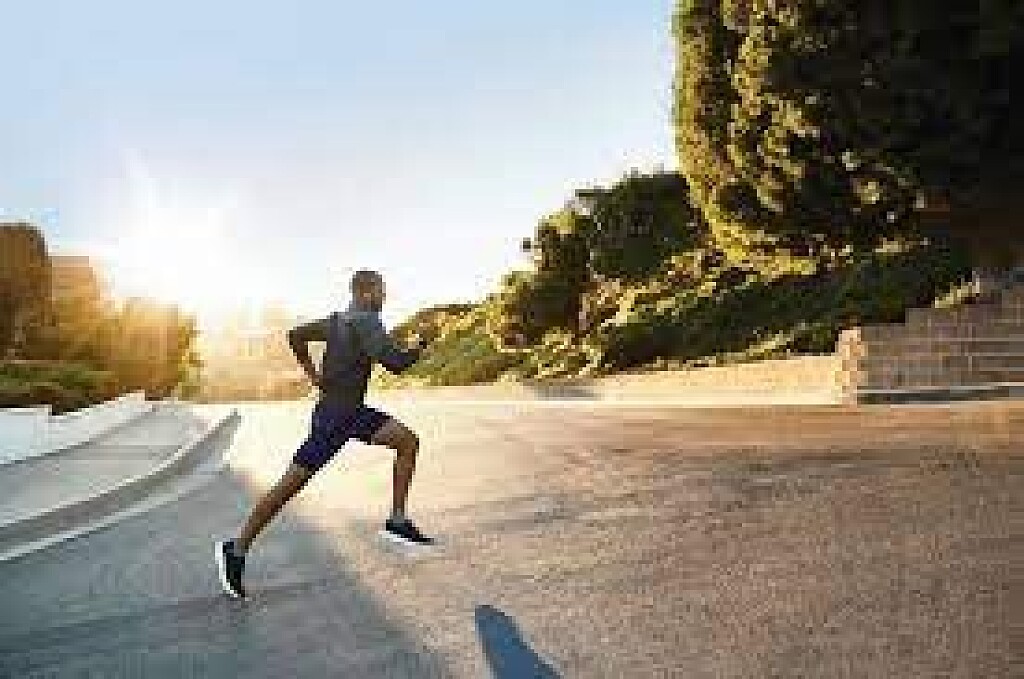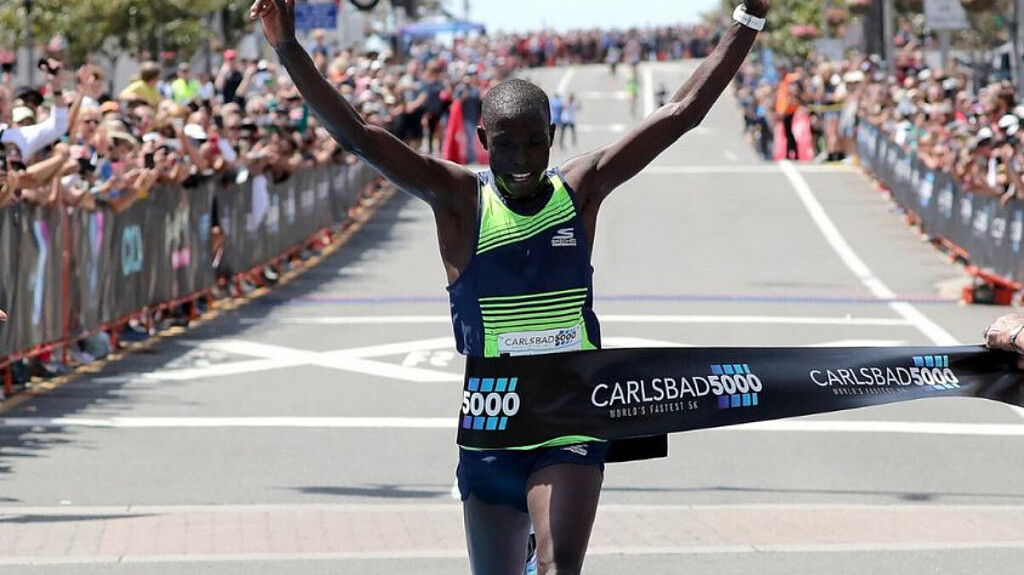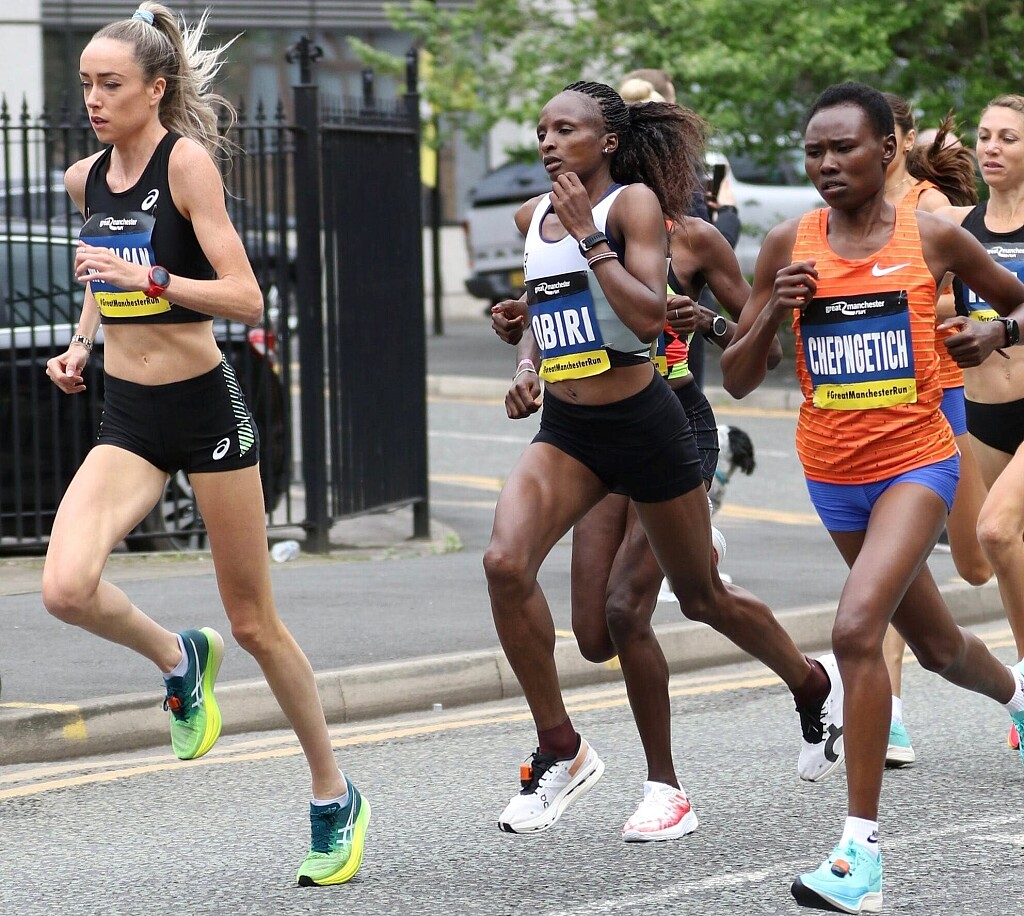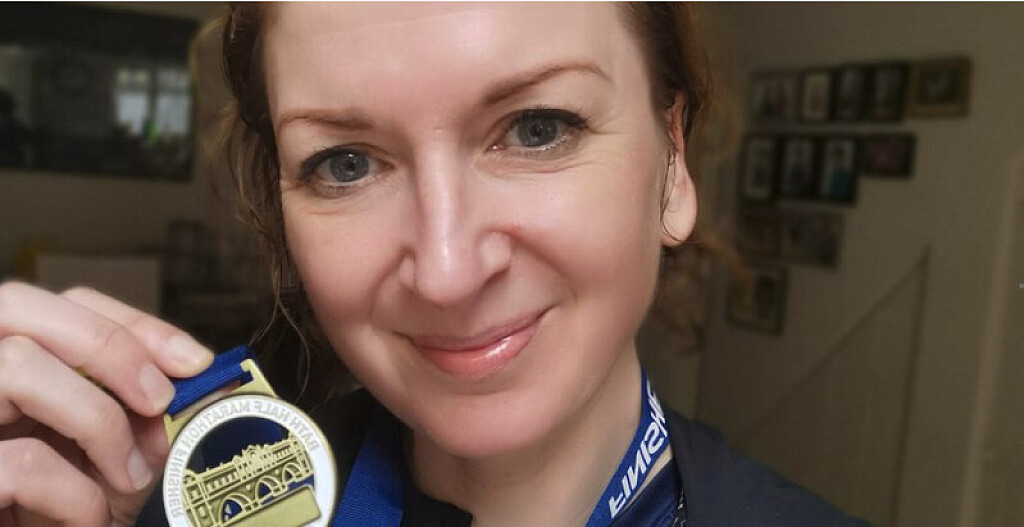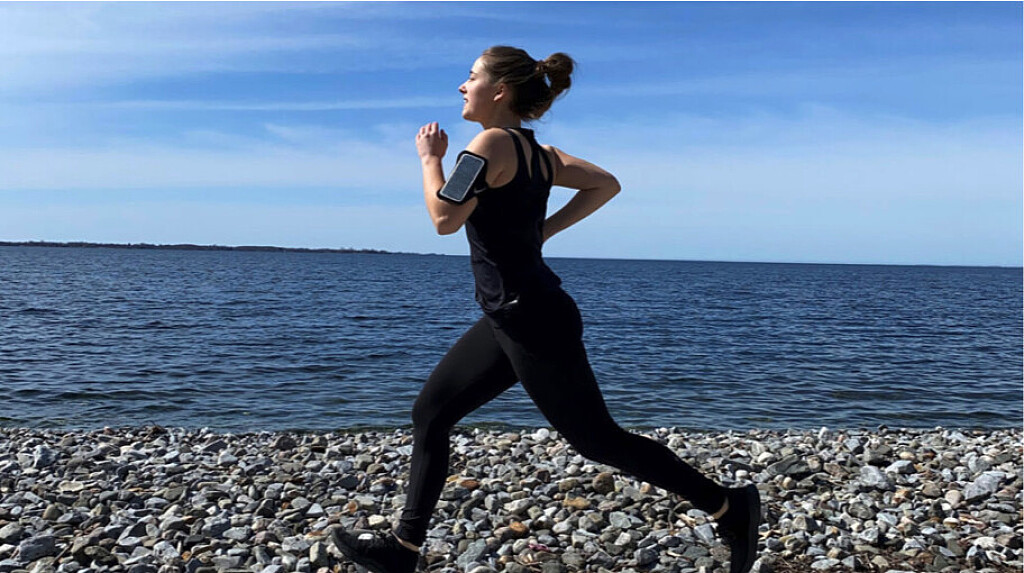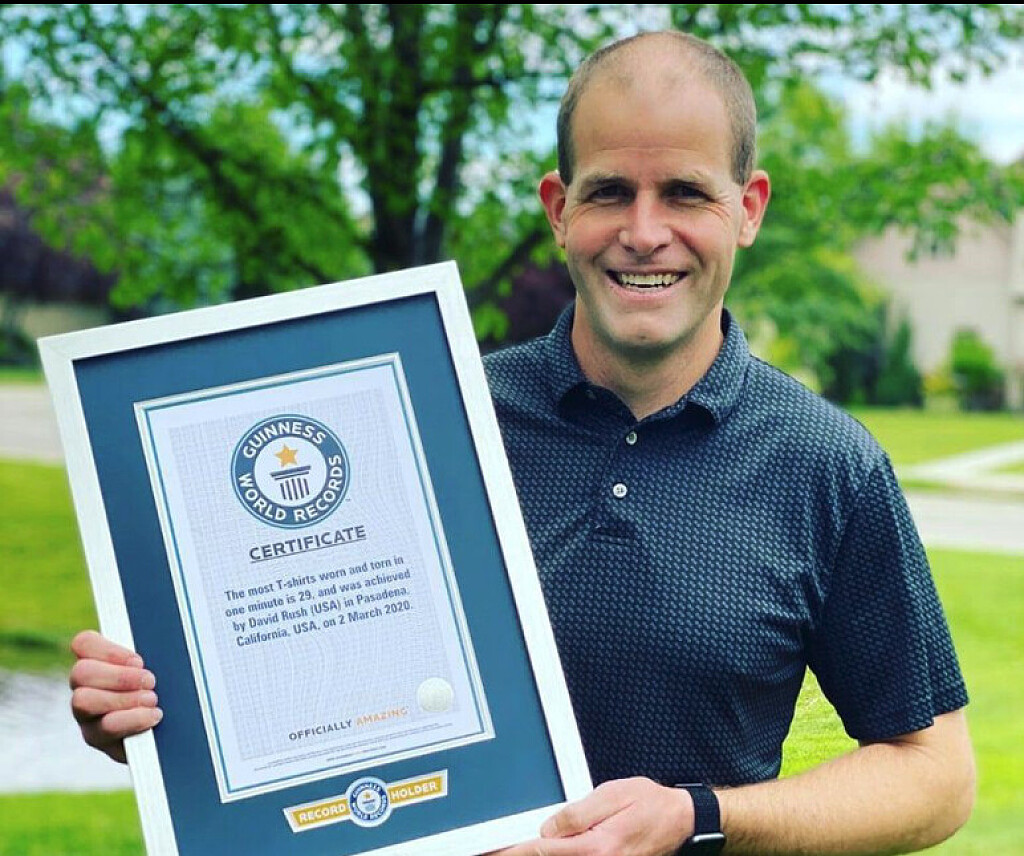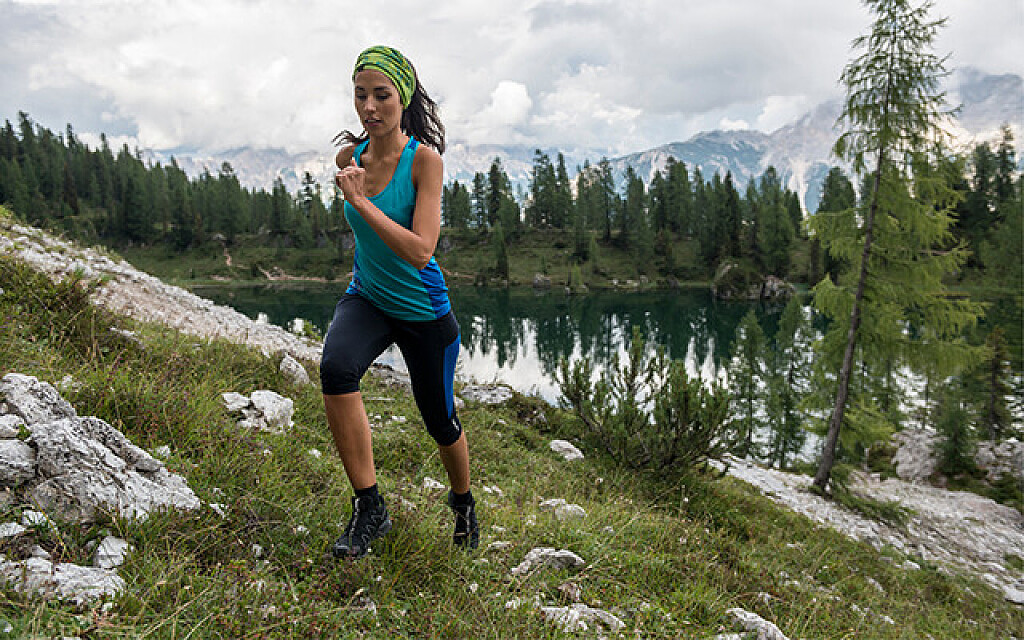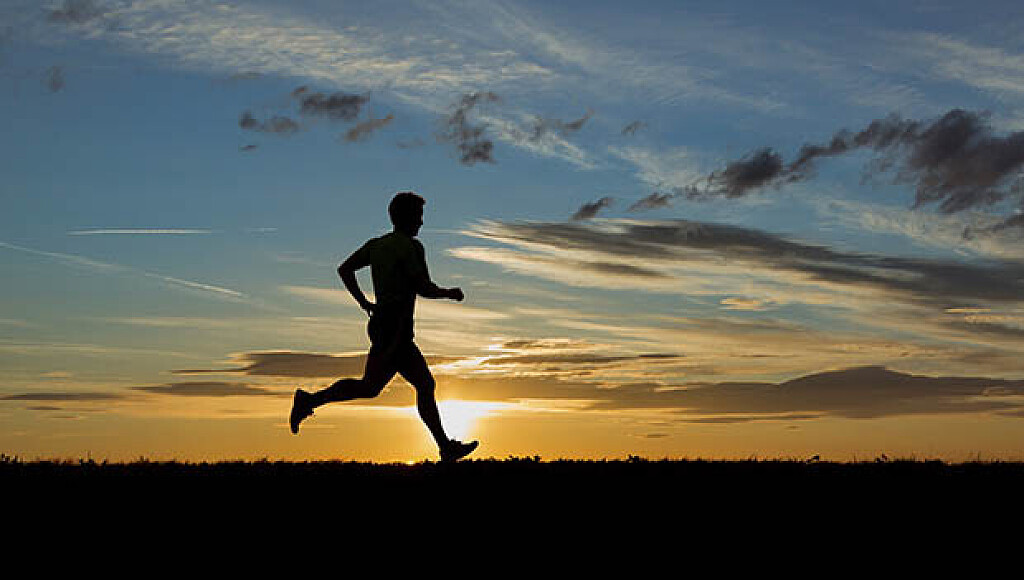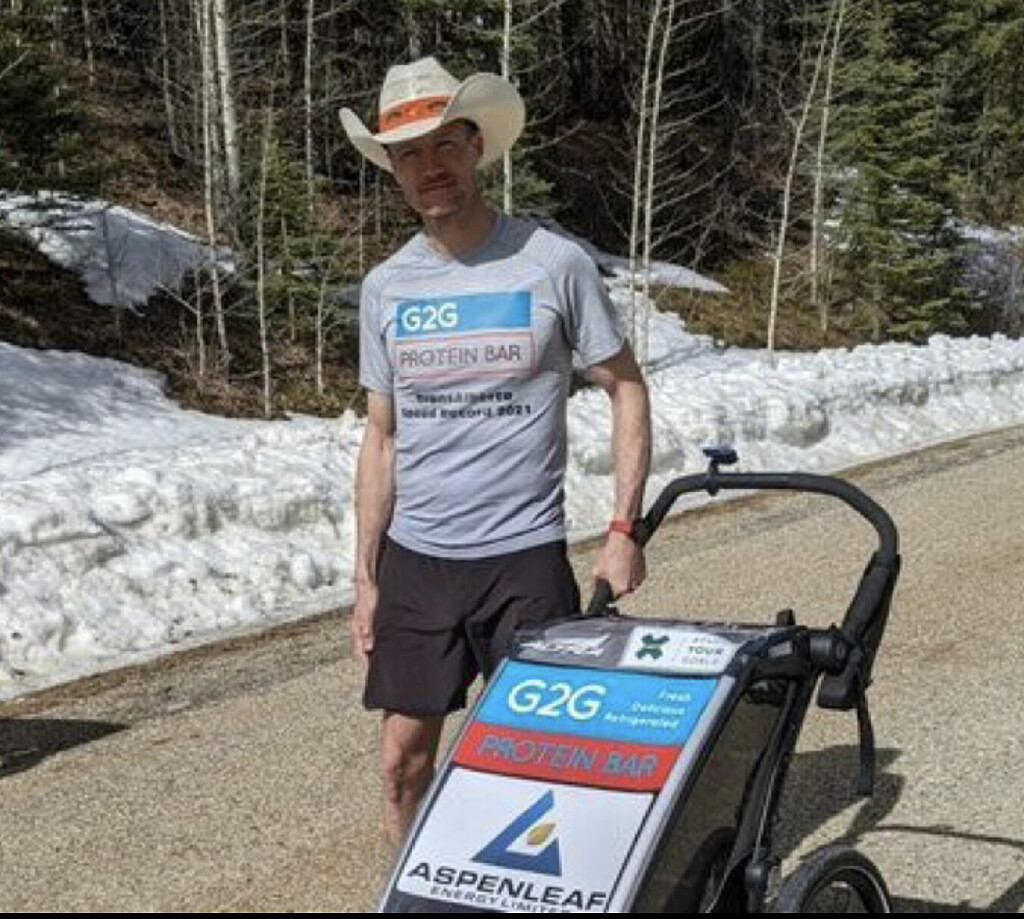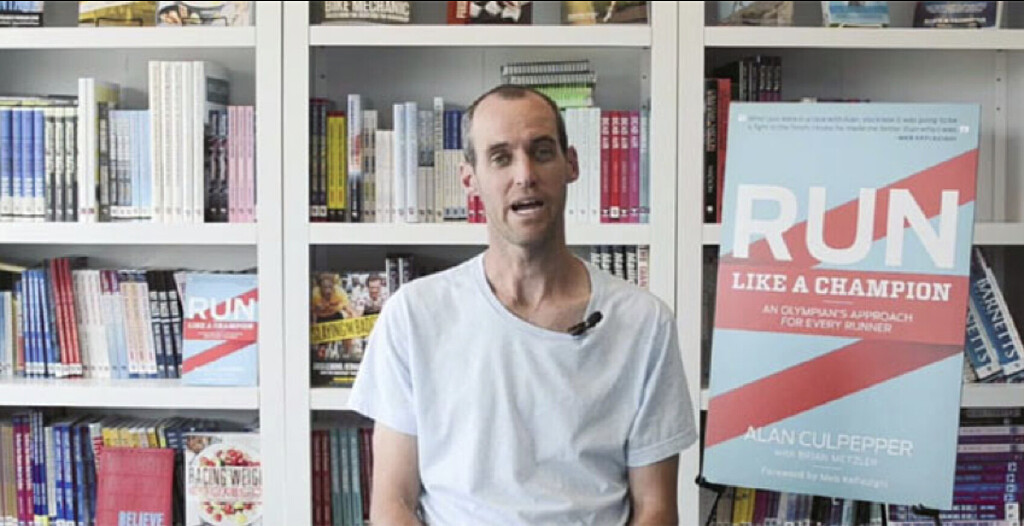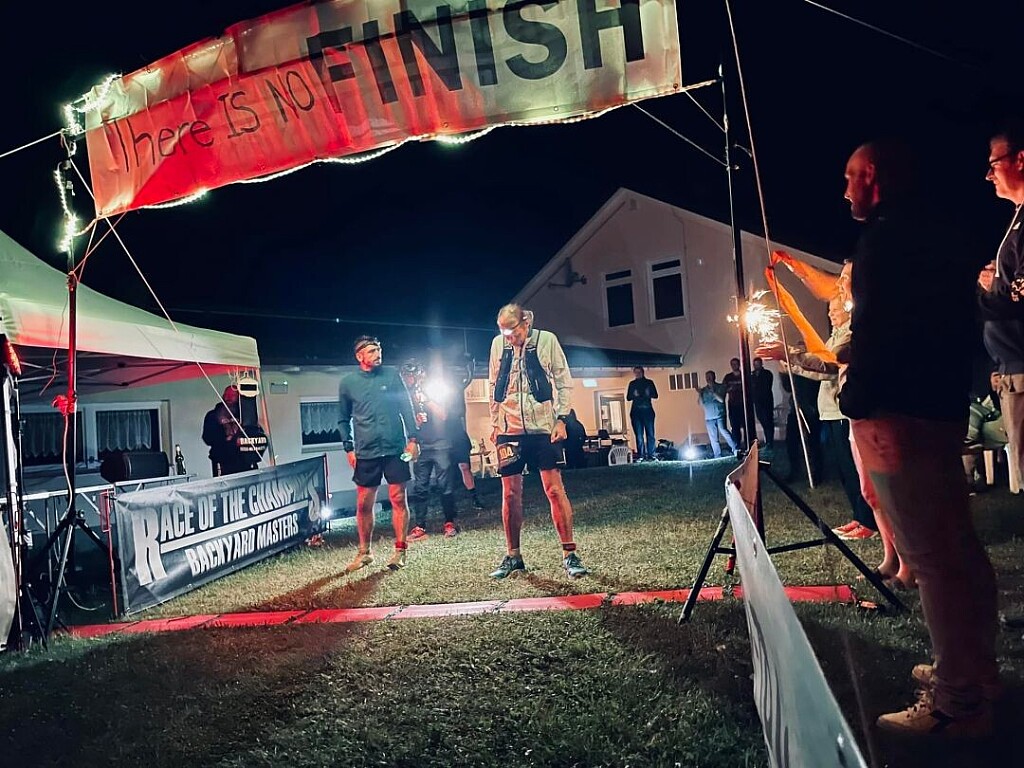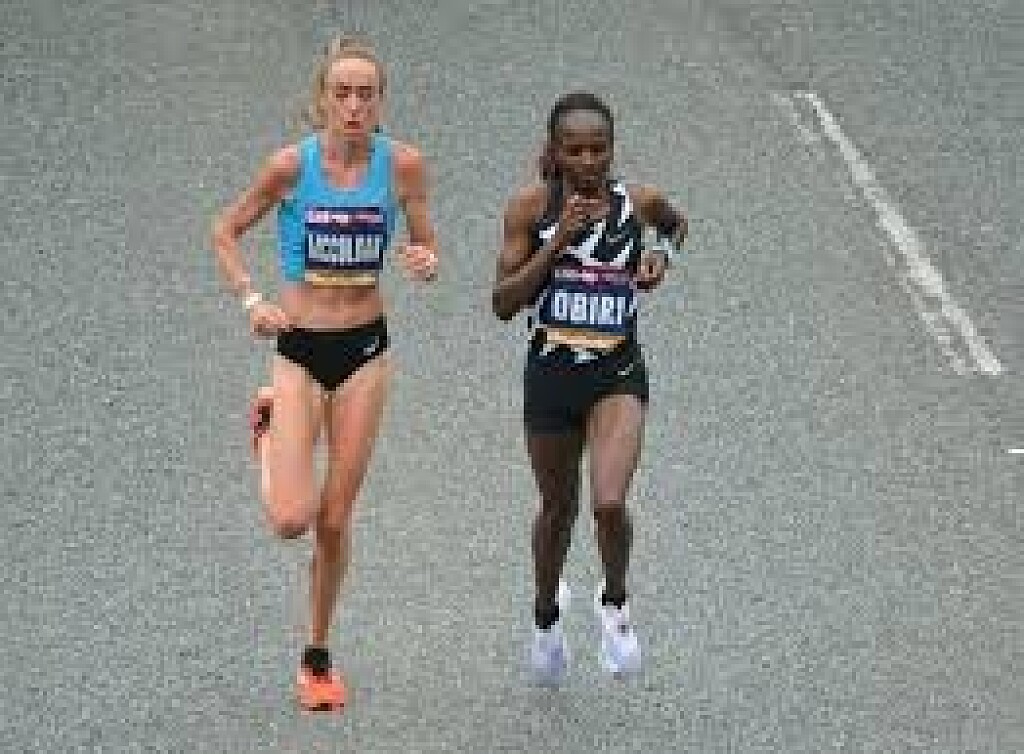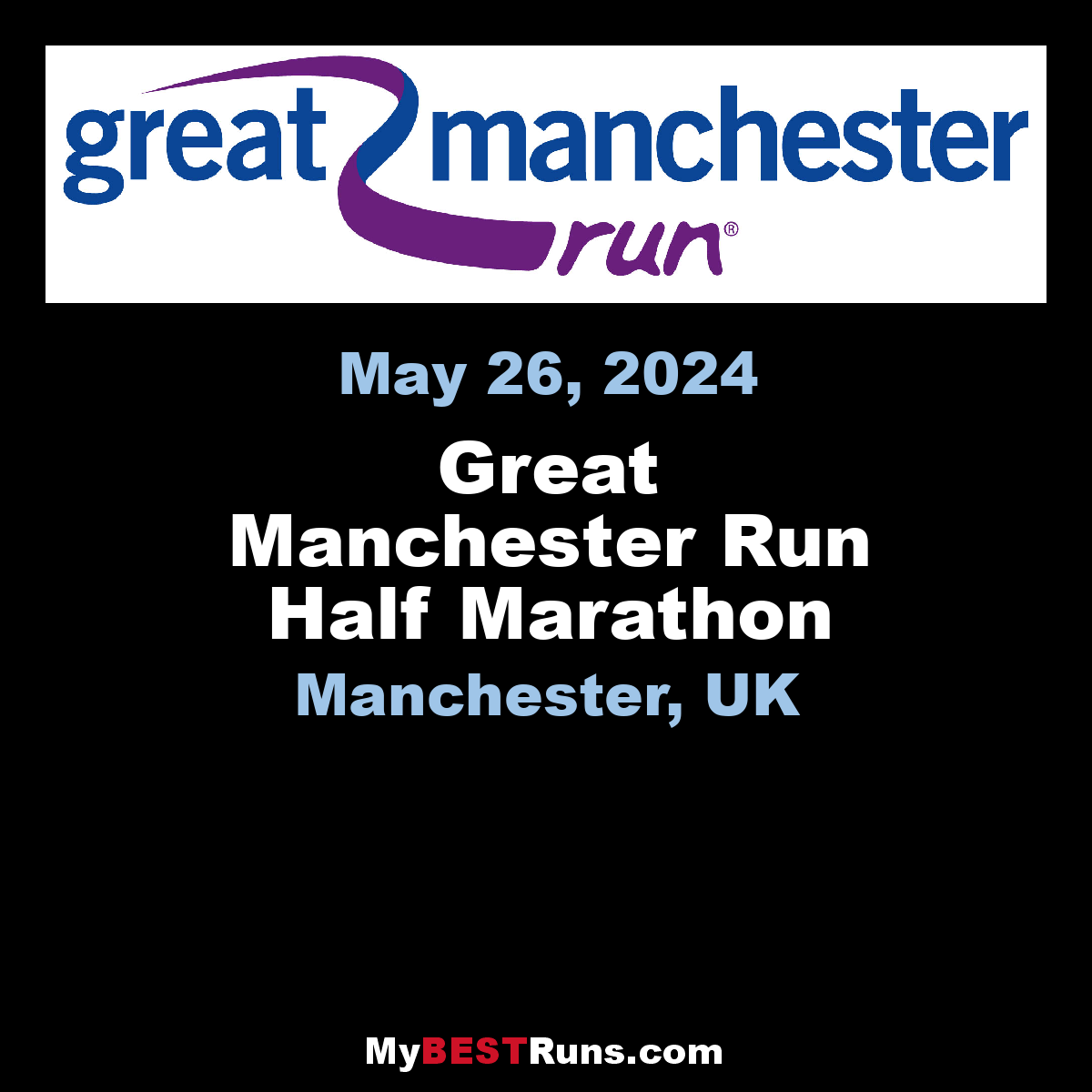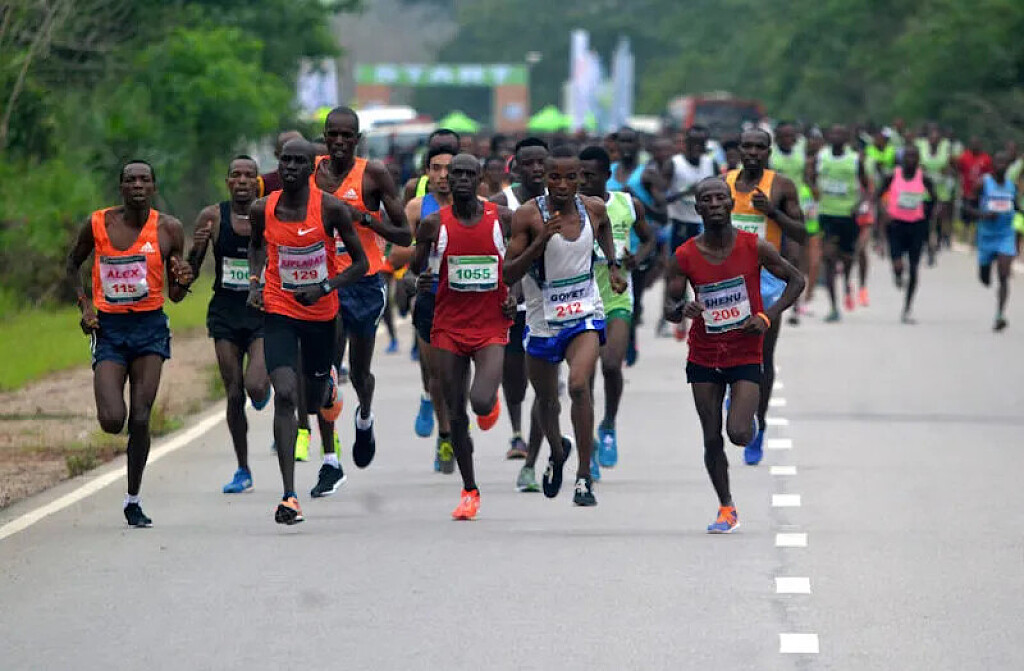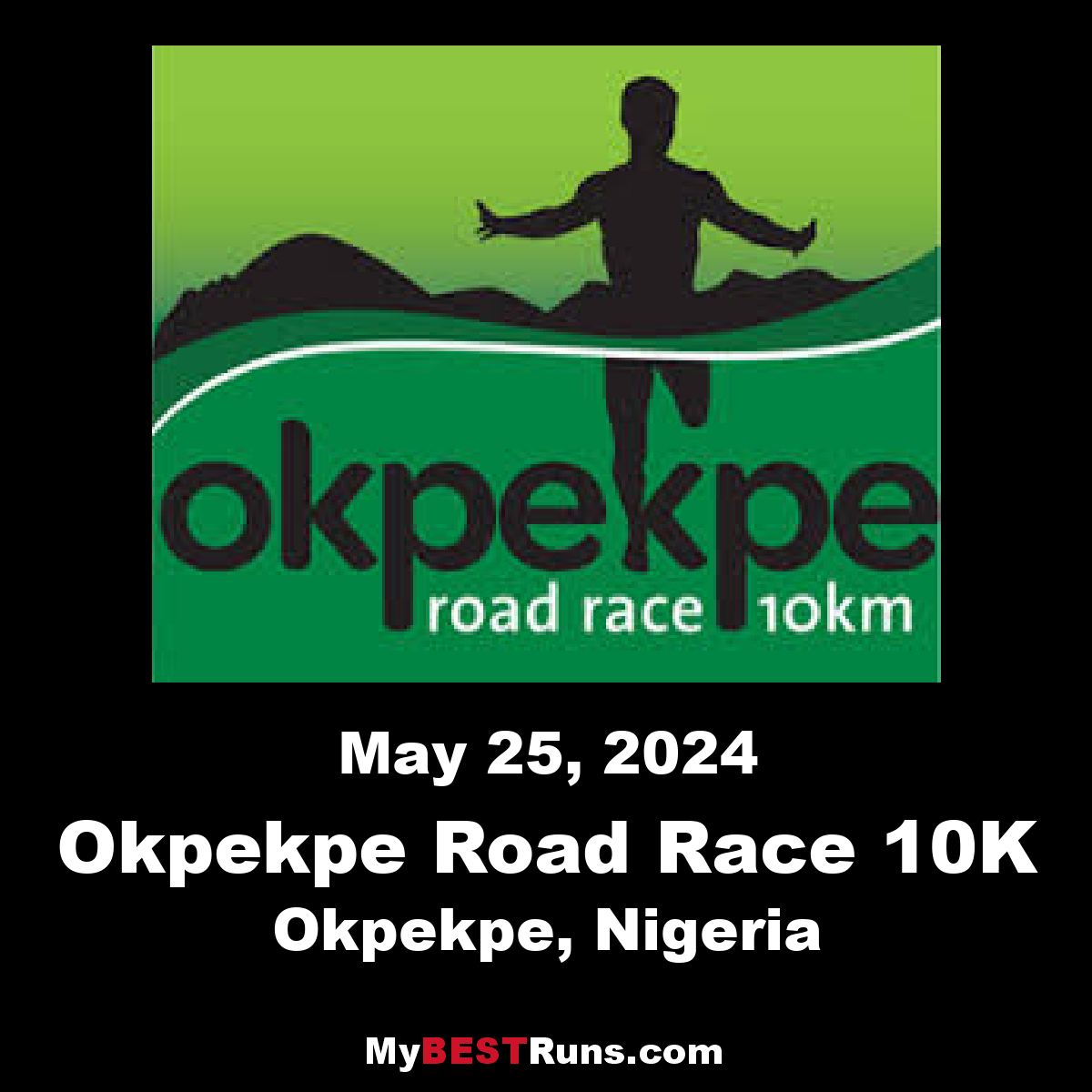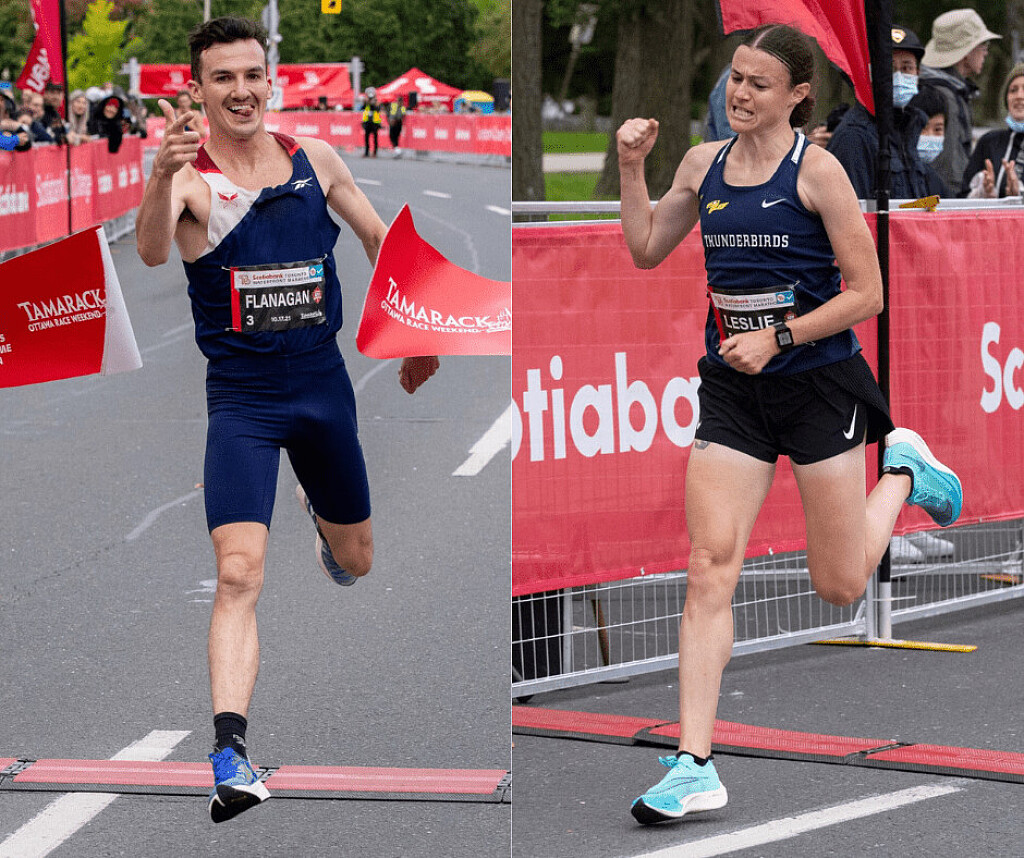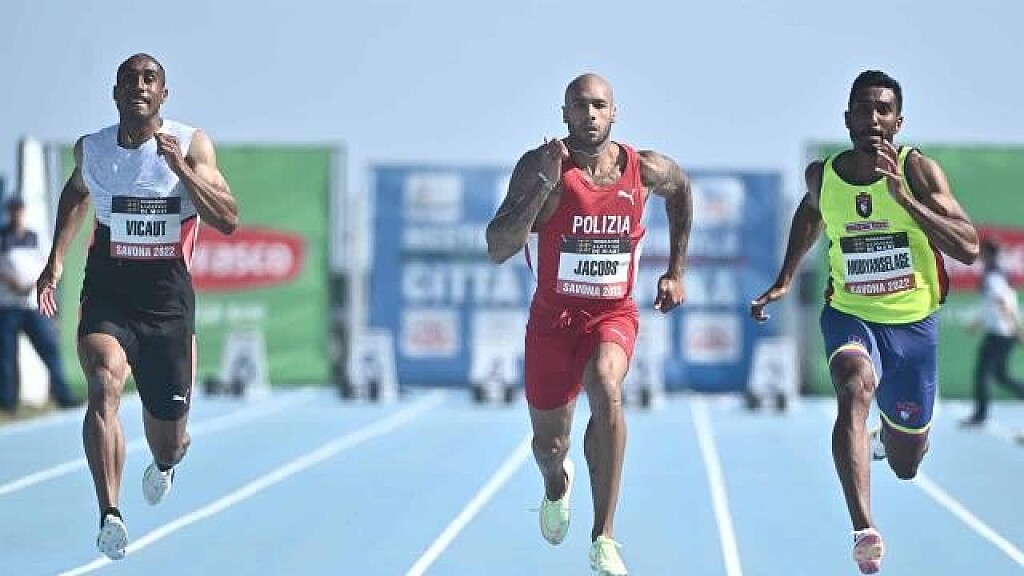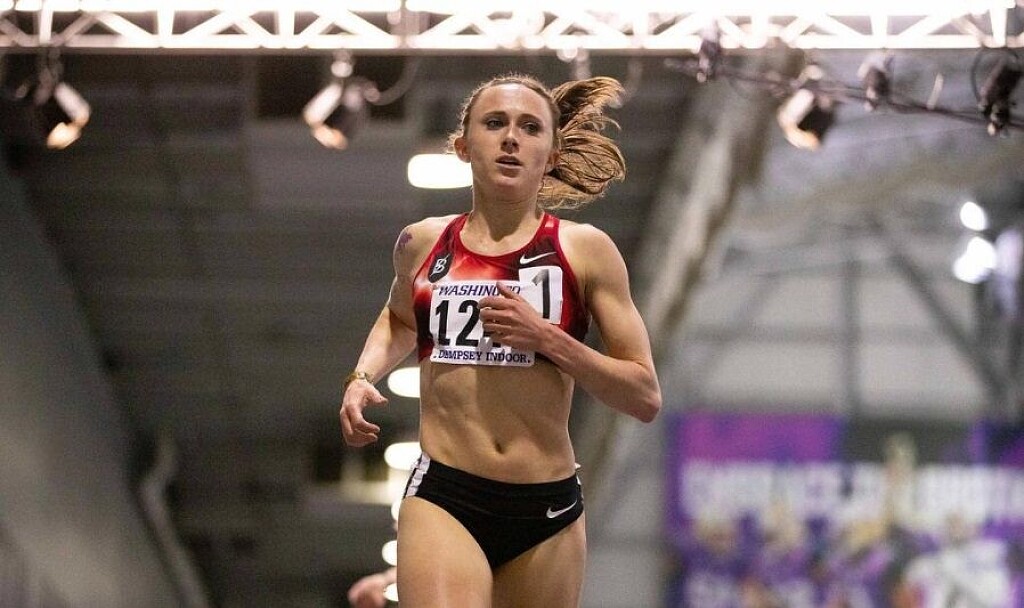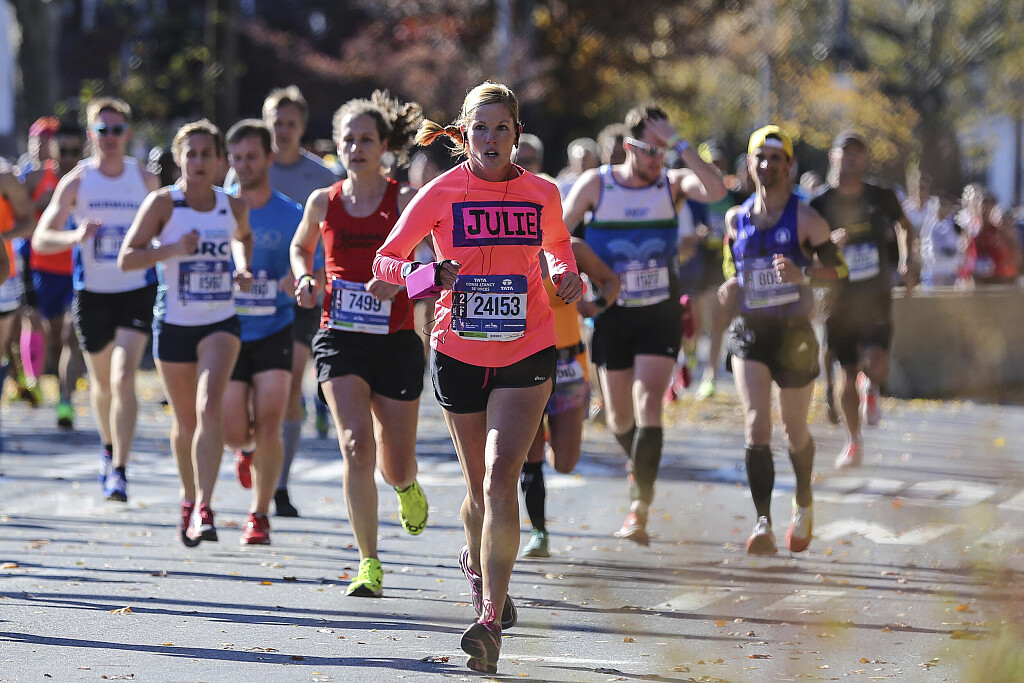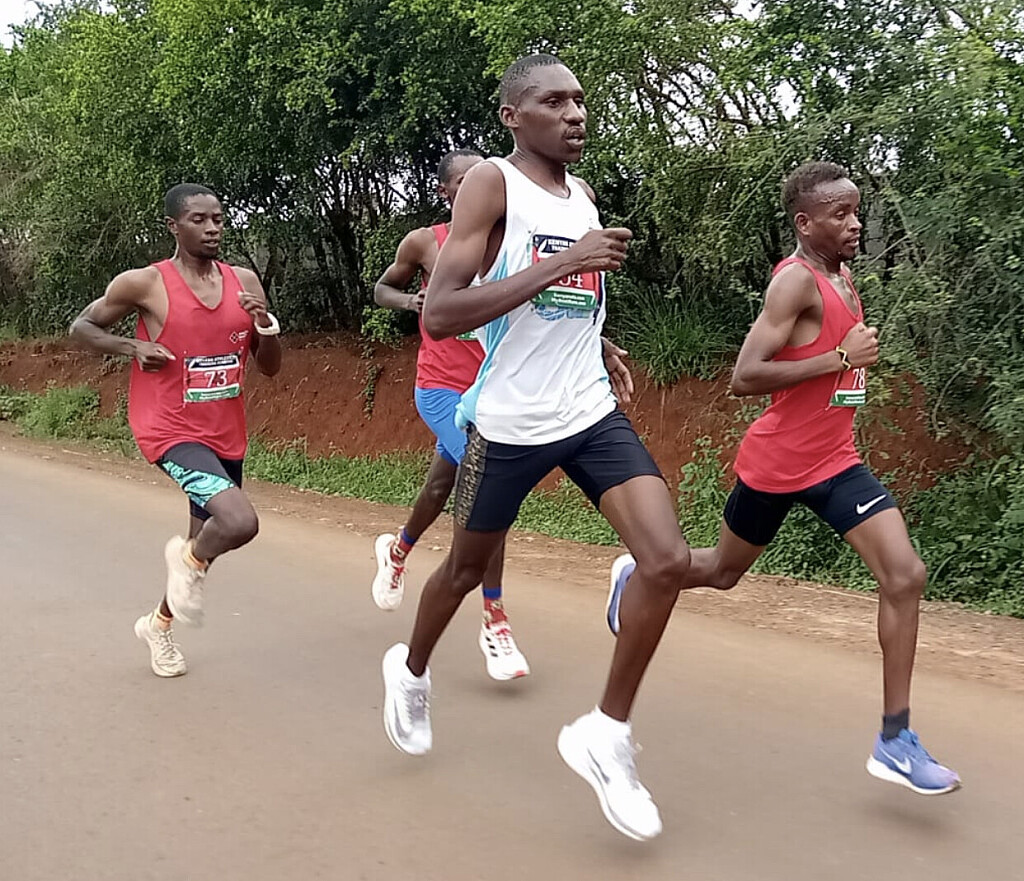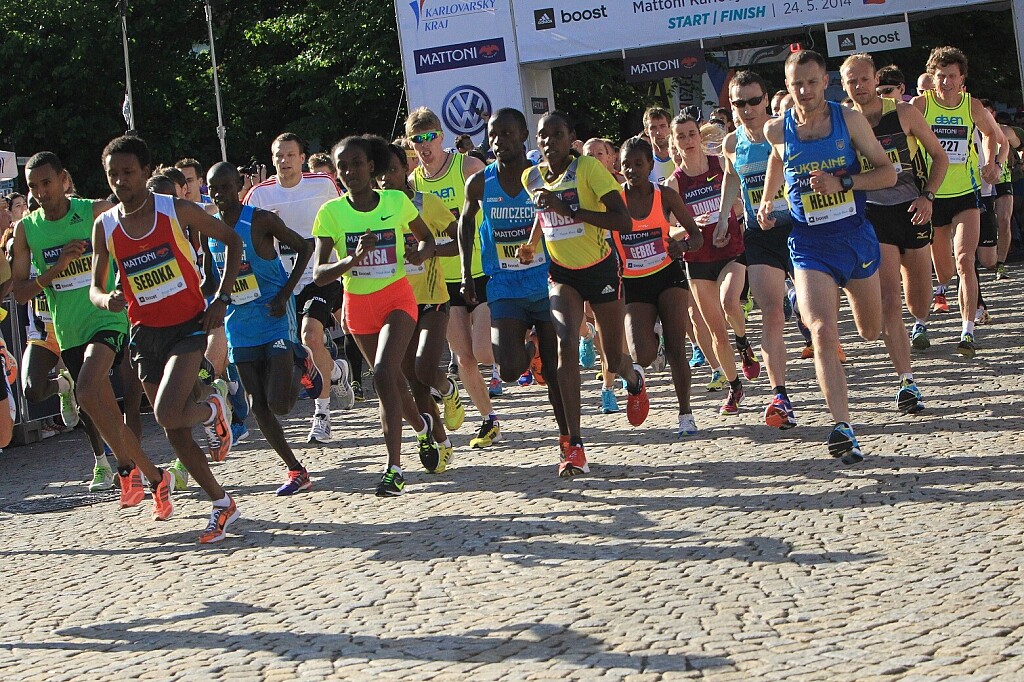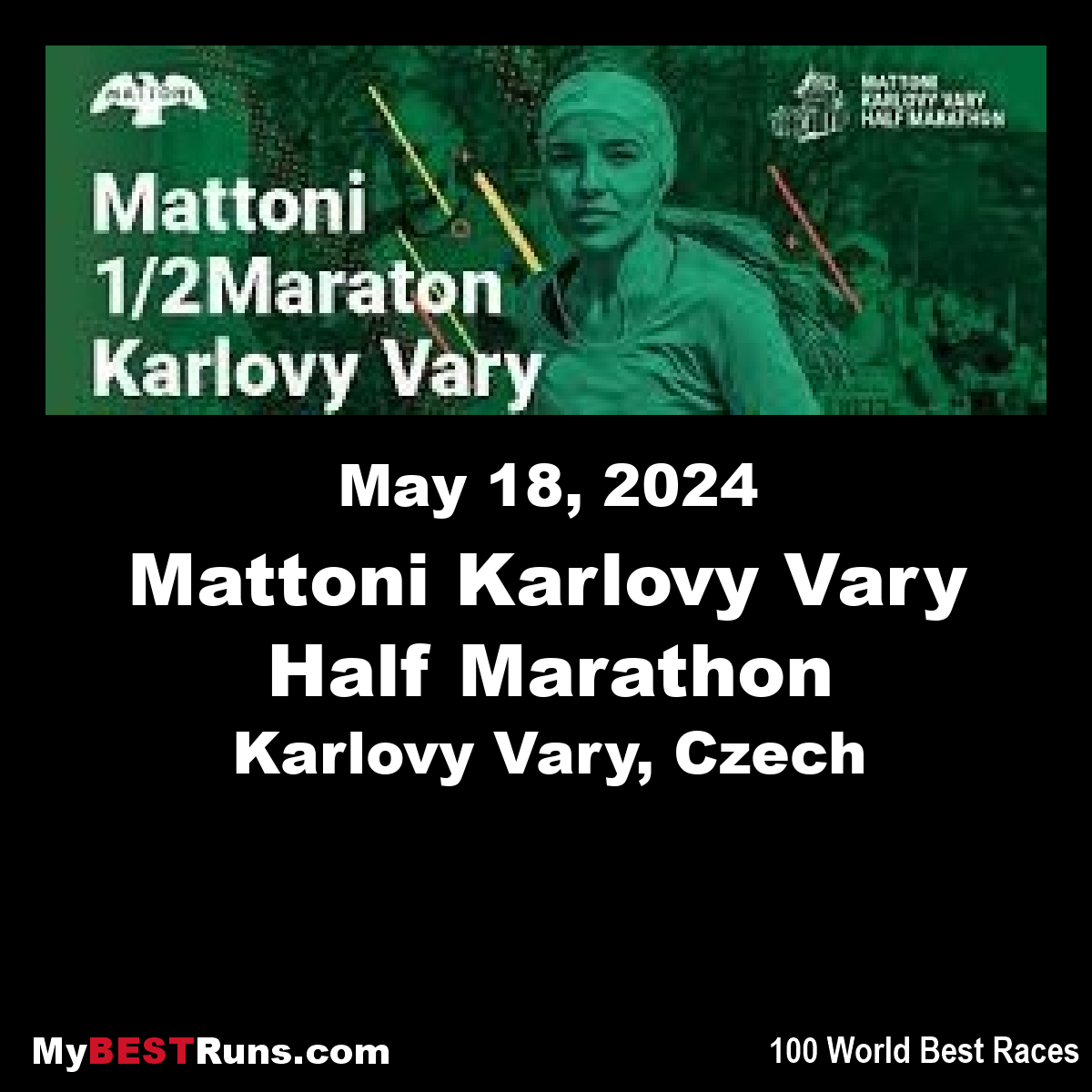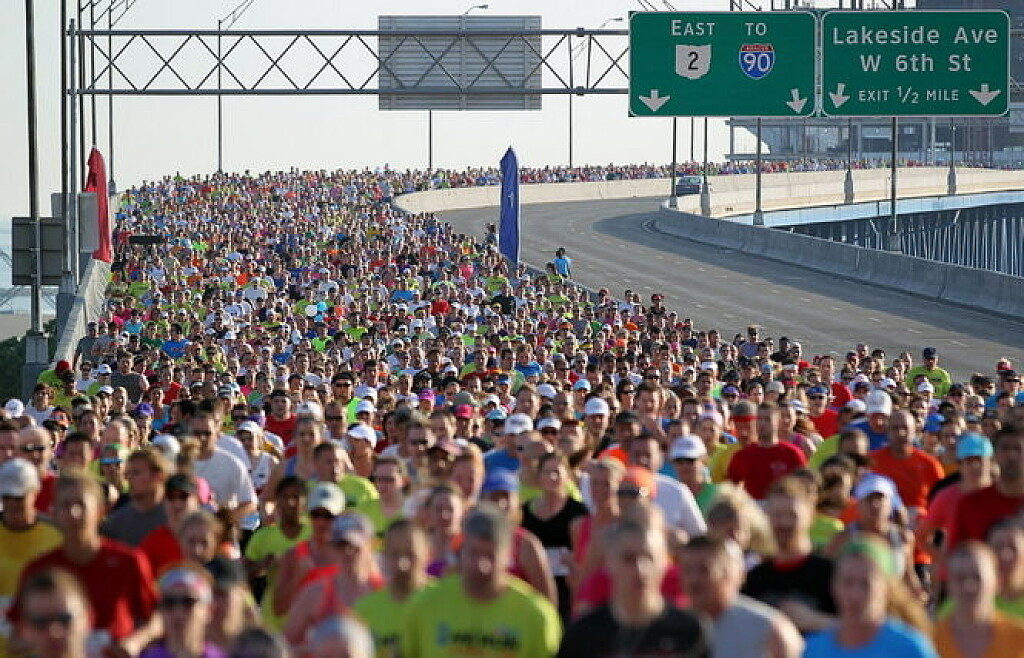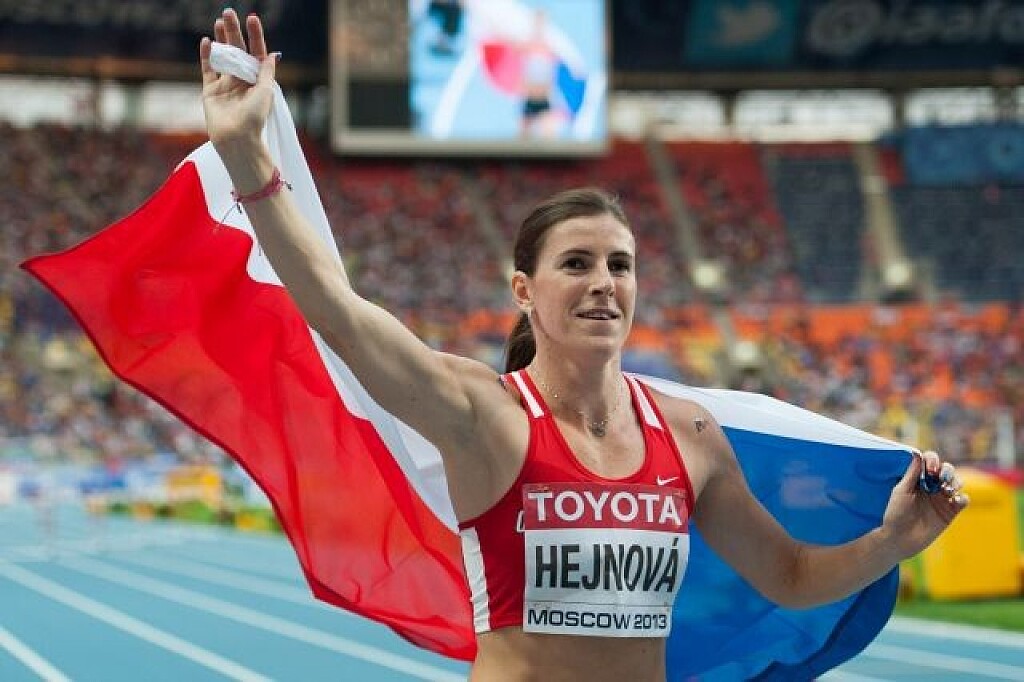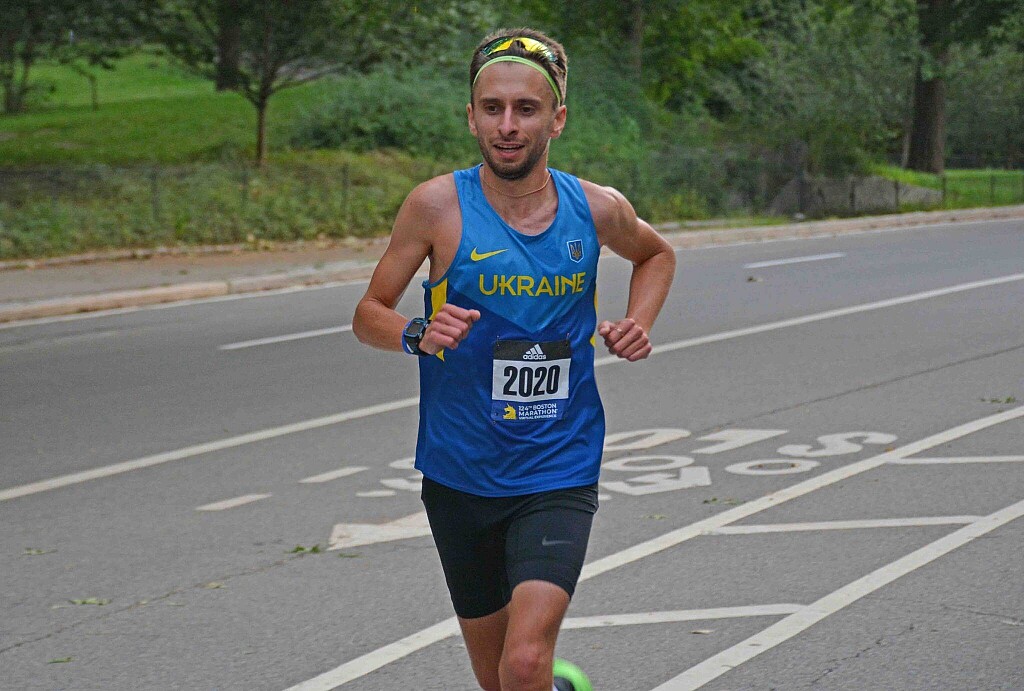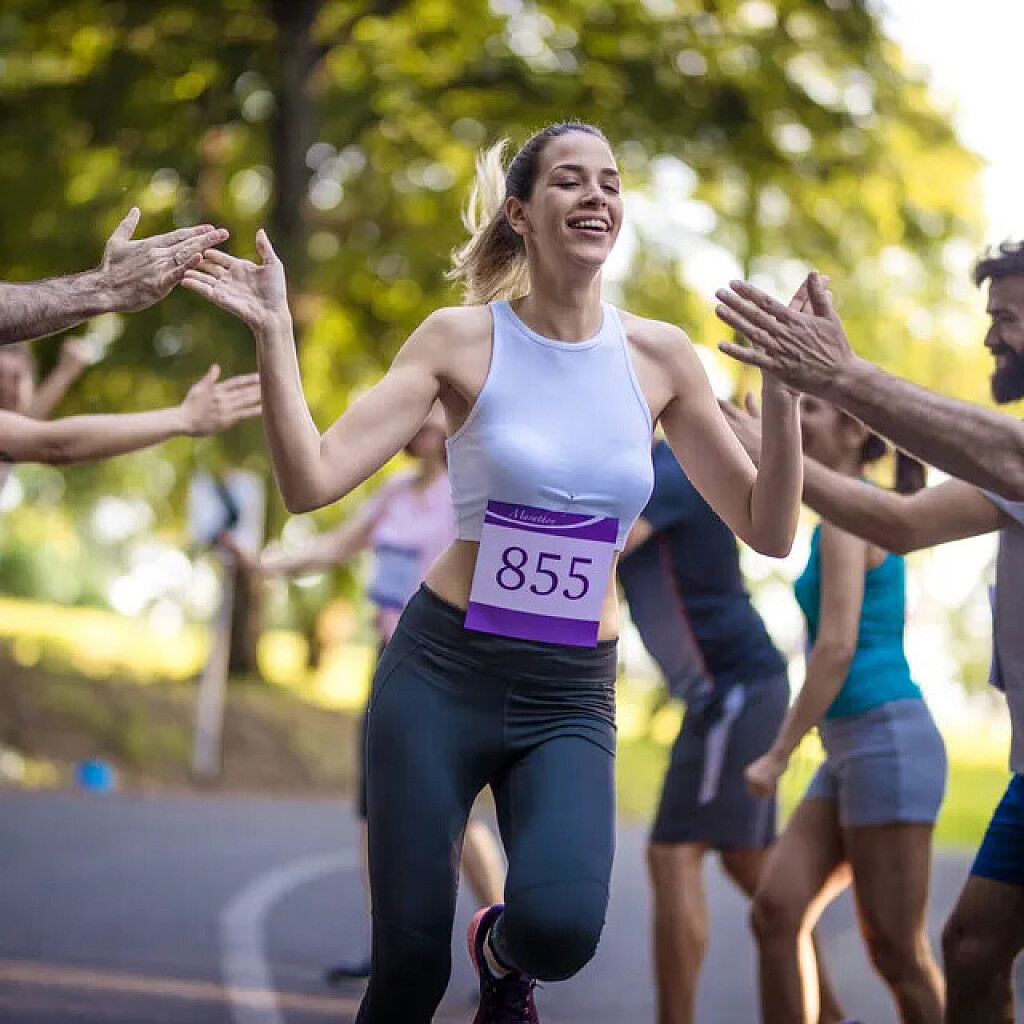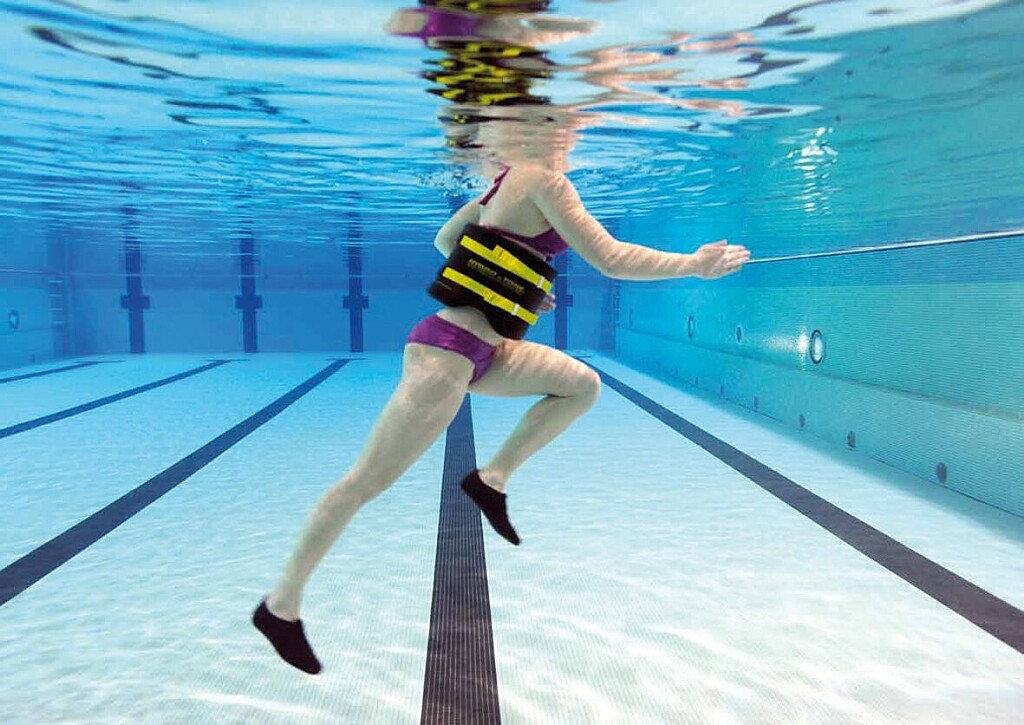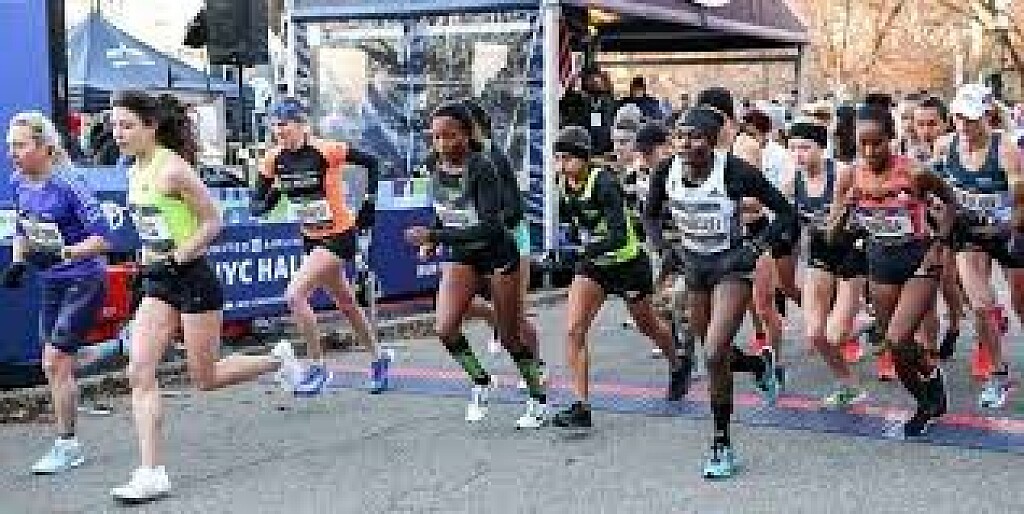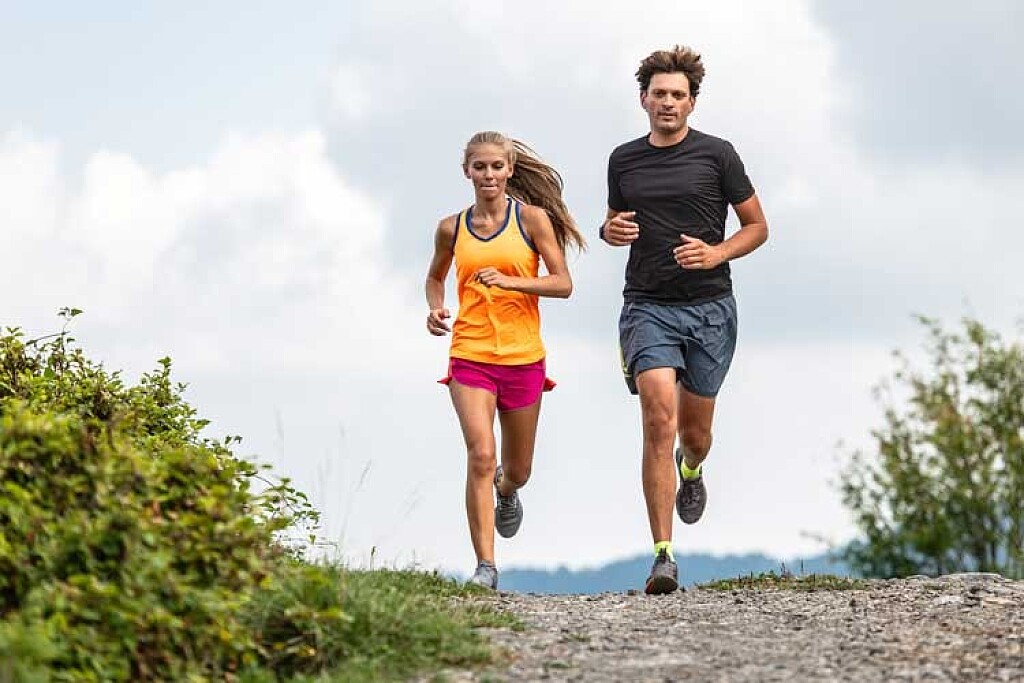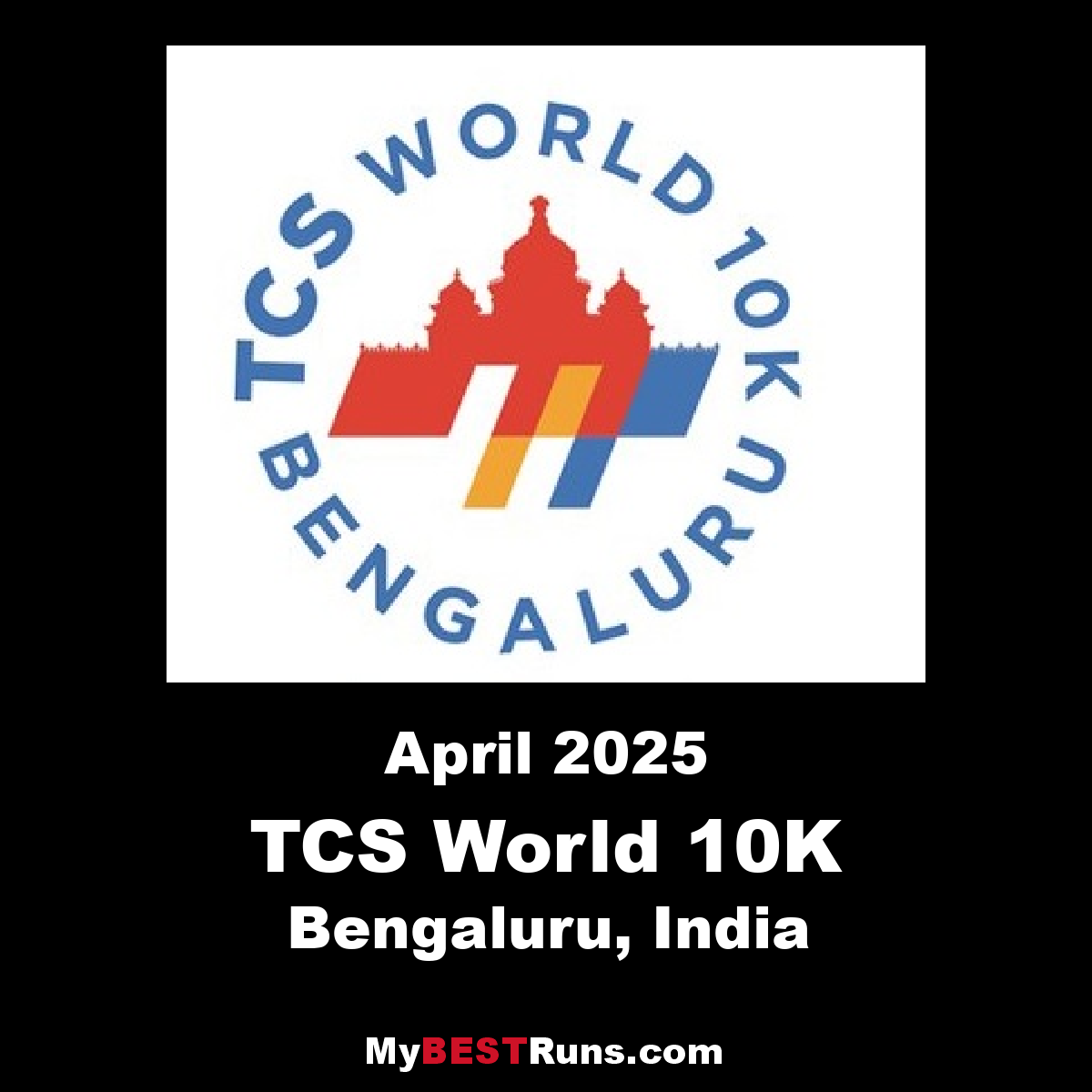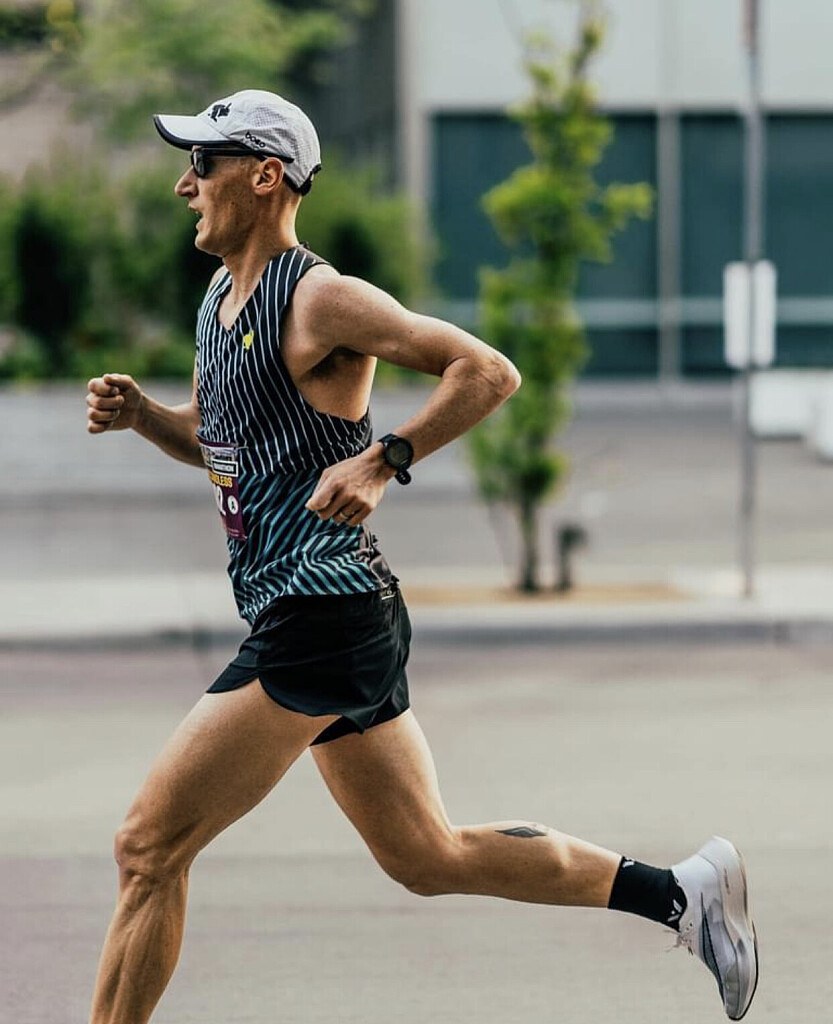Running News Daily
Running News Daily is edited by Bob Anderson in Mountain View, California USA and team in Thika Kenya, La Piedad Mexico, Bend Oregon, Chandler Arizona and Monforte da Beira Portugal. Send your news items to bob@mybestruns.com Advertising opportunities available. Over one million readers and growing. Train the Kenyan Way at KATA Running Retreat Kenya. (Kenyan Athletics Training Academy) in Thika Kenya. Opening in june 2024 KATA Running retreat Portugal. Learn more about Bob Anderson, MBR publisher and KATA director/owner, take a look at A Long Run the movie covering Bob's 50 race challenge.
Index to Daily Posts · Sign Up For Updates · Run The World Feed
Top health issues that can affect your running achievements
Running is a great way to stay healthy and get in shape, but it’s important to be aware of the health issues that can affect your running performance. In this article, we will discuss some of the top health problems that can impact your running ability. We’ll also provide tips on how to deal with these issues and continue running strong. So whether you’re a beginner or an experienced runner, read on for valuable information about staying healthy and performing at your best!
Injuries
The first health issue we’ll discuss is injuries. Running can put a lot of stress on your body, and injuries are common among runners of all levels. The best way to deal with an injury is to listen to your body and rest when you need to. Don’t try to push through the pain, as this can often make the injury worse. If you’re having persistent pain or discomfort, consult with a doctor or physical therapist to find out the best course of treatment.

You can also purchase joint or muscle support products to help prevent injuries. For example, knee sleeves or compression socks can help support your joints and muscles while you run. Wearing proper shoes is also key in preventing injuries. Make sure your shoes are comfortable and offer adequate support for your feet.
Mental Health Issues
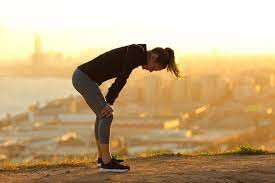
Finally, mental health issues can also affect runners. Depression, anxiety, and stress can all lead to a decrease in running performance. If you’re struggling with any type of mental health issue, talk to your doctor or a therapist. Namely, professionals from www.mens-revival.com say that depression can also be a sign of low testosterone levels. Other symptoms could include fatigue, loss of muscle mass, and more. A doctor can help you develop a plan to deal with your symptoms and get back on track. Even more so, there are many running groups and forums that can provide support and guidance. To find a group near you, check out your local running store or search online.
Dehydration
Another health concern for runners is dehydration. When you run, you sweat and lose fluids, which can lead to dehydration if you don’t replace them. Symptoms of dehydration include thirst, fatigue, lightheadedness, and dark urine. It’s important to drink plenty of fluids before, during, and after your run to stay hydrated. Water is the best option for hydrating before and after a run. During a run, you can also drink sports drinks to replenish electrolytes and help your body absorb fluids more quickly.
Heat Exhaustion
Running in hot weather can lead to heat exhaustion, which is a serious condition that occurs when your body overheats. Symptoms of heat exhaustion include headache, nausea, dizziness, and fatigue. If you start to experience these symptoms, it’s important to stop running and cool down as soon as possible. Drink fluids, remove any excess clothing, and find a cool place to rest. If your symptoms don’t improve within 30 minutes, seek medical attention.
Heart Problems
There are also many different types of heart conditions that can impact runners. If you have any type of heart condition, it’s important to talk to your doctor before starting a running program. Some heart conditions may require medication or other treatments, so it’s important to get the all-clear from your doctor before hitting the road.
For example, runners with high blood pressure should be sure to monitor their condition and take breaks often to avoid overexertion. Those with heart arrhythmias may need to limit their running intensity or distance. And runners with coronary artery disease should be sure to run at a moderate pace and not push themselves too hard.
Stress Fractures
A stress fracture is a small crack in a bone that occurs from overuse. Stress fractures are common among runners, especially those who are just starting out or increasing their mileage too quickly. Symptoms of a stress fracture include pain, swelling, and tenderness at the site of the injury. If you think you have a stress fracture, it’s important to see a doctor right away. Stress fractures can often be treated with rest and ice. In some cases, you may need to wear a splint or cast. If the stress fracture is severe, you may need surgery.
Listen To Your Body
If you’re dealing with any type of health issue, it’s important to listen to your body and take things at a slow pace. Don’t be afraid to take breaks or walk when you need to. And always consult with a doctor before starting or making changes to your running program. You can receive valuable guidance and ensure that you’re doing everything possible to stay healthy and prevent injuries.
These are just a few of the top health problems that can affect runners. By being aware of these issues and taking steps to prevent them, you’ll be able to stay healthy and run your best!
(05/26/2022) ⚡AMPby Colorado Runner
Father-daughter duo sets world record for fastest combined half-marathon
Marie-Ange Brumelot and her father, Nicolas Brumelot, of Paris, France, set a Guinness World Record for the fastest half marathon run by a parent and child at the RBC Brooklyn Half Marathon last weekend in New York City. The daughter ran 1:13:46 to place third overall, while Nicolas ran 1:31:46 to win the men’s 55 to 60 age category, for a cumulative time of 2:45:32.
The duo smashed the old record held by Clare Bovill and Jonathan Scott from Cambridge, U.K., of 2:58:35, by 13 minutes. Jonathan and his mother, Clare, previously went after this record in March 2020 to have a common goal to train together and share the joy they get from running.
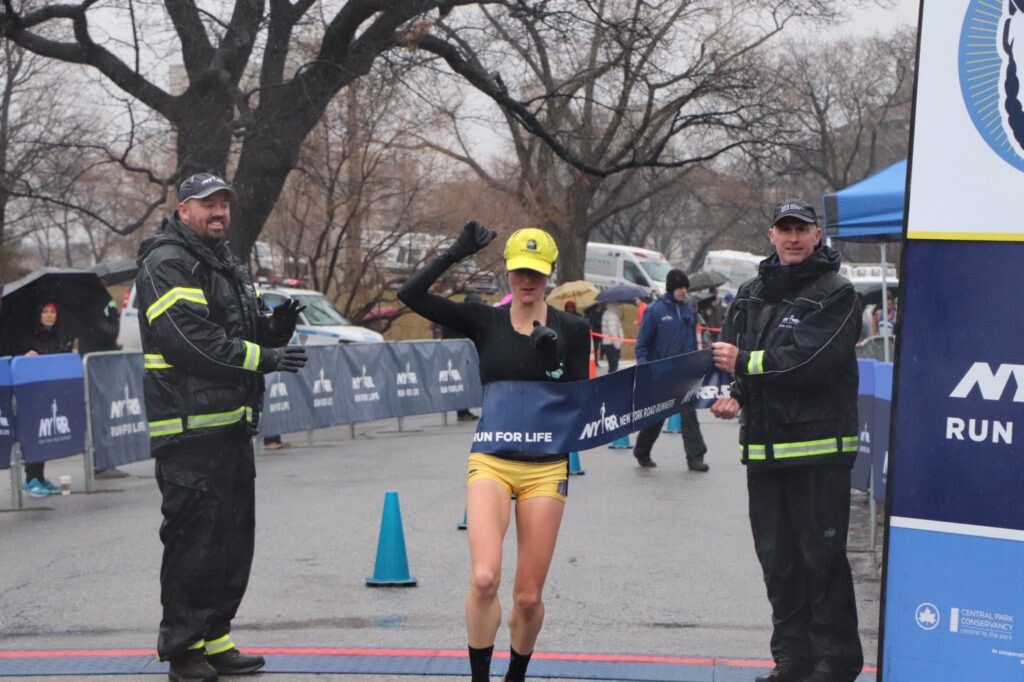
Two rules apply for this record: the first, applicants must provide documents proving the child-parent relationship, and the child must be over 16.
Marie-Ange was selected to represent France at the 2020 World Athletics Half Marathon Championships in Gdynia, Poland, but did not end up racing. Her father, 59, is a longtime runner who recently completed his 46th marathon at the 2022 Hamburg Marathon, where he ran a new personal best time of 3:20:49.
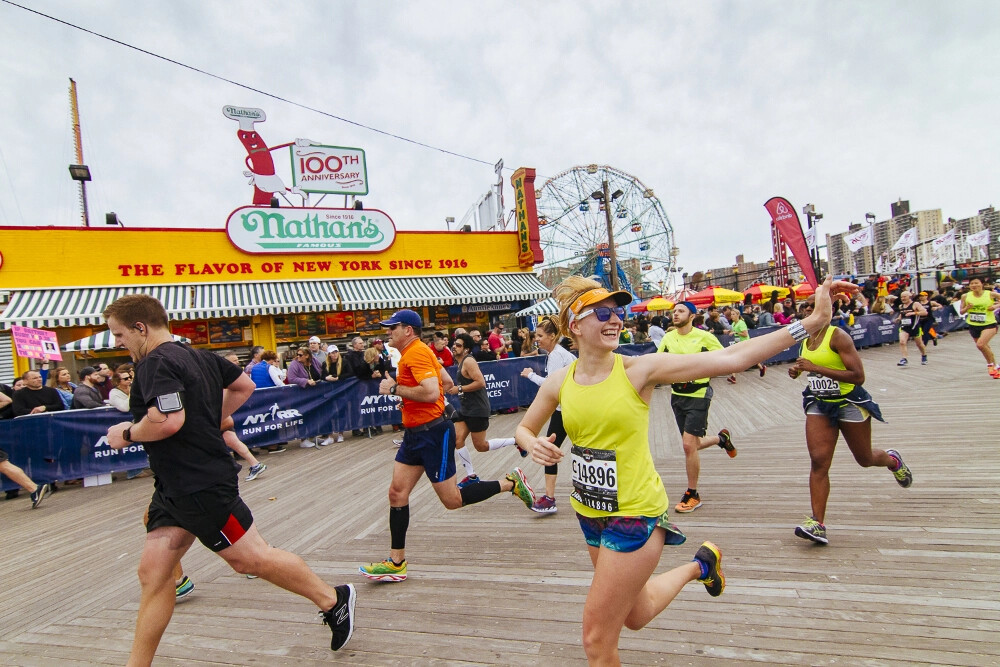
Marie-Ange grew up in Paris but now lives and trains in Shokan, N.Y., near the Catskill Mountains. The 29-year-old distance runner set a personal best at the Brooklyn Half, breaking her previous best of 1:14:18 from the 2020 Houston Half Marathon.
(05/26/2022) ⚡AMPby Running Magazine
RBC Brooklyn Half Marathon
The RBC Brooklyn Half takes you on a 13.1-mile tour through the Borough of Kings, from Prospect Park to the Coney Island Boardwalk.NYRR is thrilled to welcome Royal Bank of Canada (RBC) as the title sponsor of the new RBC Brooklyn Half. The race starts at Prospect Park and ends with a finish like no other on the Coney Island...
more...Five great exercises to combine with your running routine
Running is one of the best exercises you can do, but the same routine can get you into a rut. To get a true whole body workout, to engage your core and upper body muscles, and to add a lot of interest, incorporate the following 8 exercises into your running routine.
1.- Planks
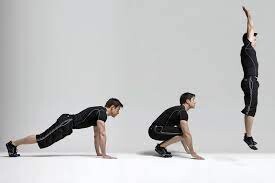
Begin and end your runs with a plank. First, get into pushup position, then balance on your forearms. Your elbows should be 90 degrees, beneath your shoulders, and your body should be straight from head to foot. Hold your plank for two minutes to work your core, shoulders, arms, and glutes.
If you cannot hold a plank for the recommended time, squeeze your abs and hold still for five more seconds as you begin to waver. A modified plank involves resting your knees on the ground, and advanced planks involve lifting up one leg or arm for 15 seconds during the exercise.
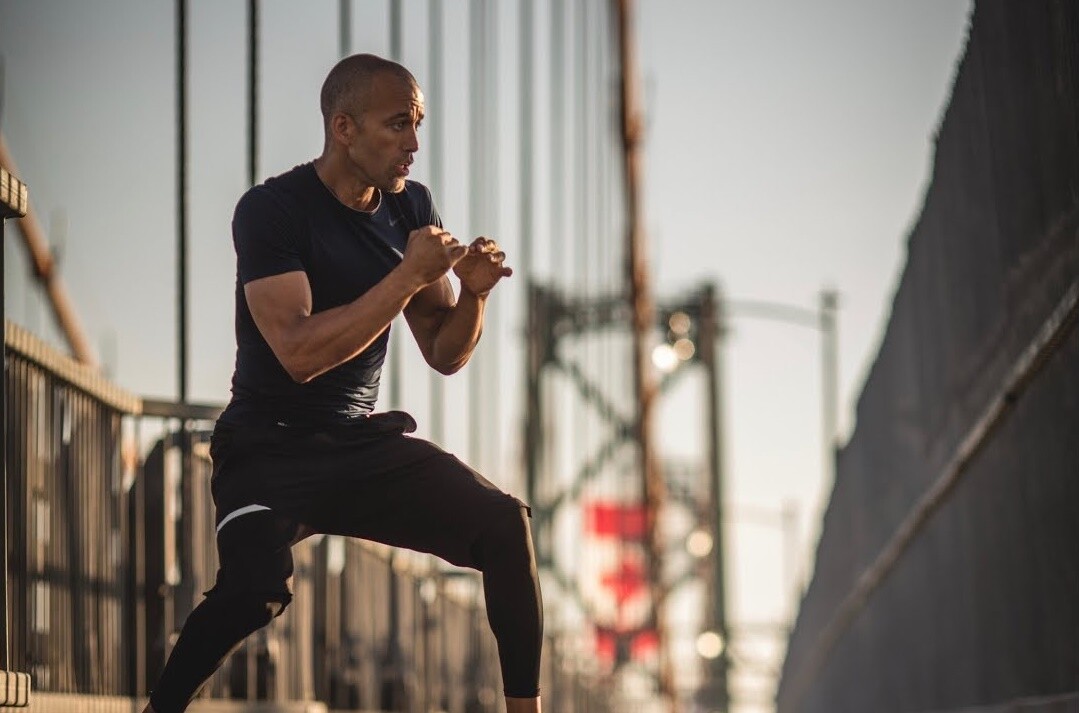
2.- Burpees
Burpees test your endurance and the strength of your arms, back, legs, and core. To perform a burpee, crouch and place your hands on the floor. Place your weight on your hands and quickly move your feet back to a pushup position. Do one pushup. Swing your feet back near your hands, then jump as high as you can. Return back to the crouching position, and repeat.
When you perform several of these quickly – say, 15 reps in 30 seconds – it has been scientifically proven that you can build up your muscle endurance.
Take a break during the middle of your run, do as many burpees as you can in 30 seconds, then continue running after a one-minute break.
3.- Shadow Boxing
Shadow boxing – throwing punches into the air – can be done while you run, as long as you can maintain the proper balance. (That makes it most ideal for running outside versus on a treadmill.) If you shadow box for 10 minutes during every run, you’ll build muscle tone in your arms.
The basic punch is the jab, where you keep your hand in a loose fist, then quickly extend your arm so that your knuckles are horizontal and have landed at an imaginary opponent’s face. Another punch is the uppercut, where you bring your fist up under your imaginary opponent’s chin. Keep your arm in a V-shape and rotate your upper body as you lift your arm. Finally, the hook is more of a sideways punch, where your elbow lifts out and you aim toward your imaginary opponent’s torso, swinging your upper body and arm together in one motion.
While running, do each type of punch for one minute – 30 seconds for one arm and 30 seconds for the other – or change your punches like a pro.
4.- Arm Circles
Arm circles work your shoulders, an important muscle group for lifting and pushing. As you’re running, perform 3 sets of arm circles by first lifting your arms so that they extend out to your sides and are parallel with the ground. Make forward circles with your arms for 30 seconds. Then, make backward circles for another 30 seconds. After a one minute rest, repeat your circles two more times.
5.- High Steps
Since the most efficient runners take 180 steps per minute, you should increase your foot speed to place less stress on your muscles and joints per stride. High steps are great for increasing foot speed when you do them for one minute 3 times during a run.
High steps are just as they sound – raising your knee up to your belly button with each step. If performed at maximum foot speed, they can get your heart pumping. They will also engage your core and give your upper body more exercise, as your arms will have to pump and rotate to help you maintain balance and speed.
Are you already beginning to imagine yourself doing these exercises the next time you run? Because they’re so convenient to do, you can easily incorporate them into your routine and will soon be stronger and faster.
(05/26/2022) ⚡AMPby Charlotte Lam
Pre Classic Hit With Withdrawals: Olympic Champs Athing Mu, Marcell Jacobs and Matthew Centrowitz All Withdraw From Meet
Every year the Prefontaine Classic is an incredible meet. Not only is it the lone Wanda Diamond League meeting in the US, but Nike pretty much mandates that its top athletes compete unless injured.
This year’s meet was shaping up to be totally spectacular as it comes less than two months before Worlds are held on the very same track. However, while the meet is going to be amazing, it’s going to be less than amazing than it was looking like a few days ago as a bunch of big-name stars have been taken off the start lists in recent days.
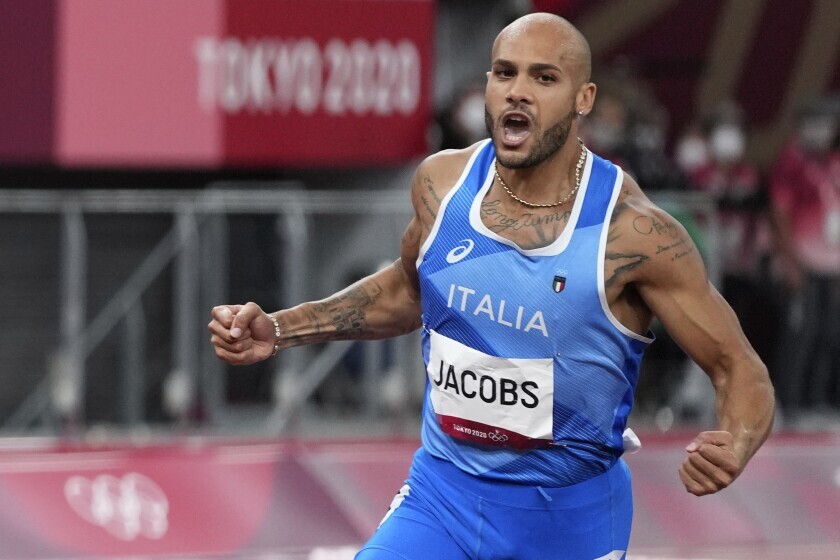
Reigning Olympic 800 champ Athing Mu is no longer listed in the women’s 800. The same is true for Marcell Jacobs in the men’s 100, which this year is supplanting the Bowerman Mile as the last event on the schedule. However, he has been replaced by Trayvon Bromell –the fastest man in the world in 2021. 2016 Olympic 1500 champ Matthew Centrowitz also is off the start lists, meaning he still hasn’t raced at all in 2022.
“Matthew has a knee injury and is unable to race this weekend. Hopefully, he will be back in action soon,” texted Ricky Simms, the agent for Centrowitz, when asked for comment by LetsRun.com.

The Italian federation said that Jacobs picked up a muscle injury during his race in Savona last week and has been told to take 10 days off. No reasons have been given for Mu’s withdrawal and Wes Felix, her agent, didn’t immediately respond to a request for comment.
On Friday night, the US 10,000 meter champs will be held plus there will be world record attempts in the women’s 2 mile with Francine Niyonsaba and Sifan Hassan as well as 5000s with Letesenbet Gidey and Joshua Cheptegei. Then on Saturday, the normal meet will be held.
(05/26/2022) ⚡AMPby Letsrun
Prefontaine Classic
The Pre Classic, part of the Diamond League series of international meets featuring Olympic-level athletes, is scheduled to be held at the new Hayward Field in Eugene. The Prefontaine Classicis the longest-running outdoor invitational track & field meet in America and is part of the elite Wanda Diamond League of meets held worldwide annually. The Pre Classic’s results score has...
more...How long does it take your body to recover after a 5K race?
After you finish a 5K, it’s tempting to immediately stop or sit down but you want to try to keep moving to avoid the build-up of lactic acid in your legs and to speed up the recovery process. Post-race recovery is something many runners don’t consider before their race, since runners focus on getting to the finish line, first and foremost. Recovery helps the body heal, repair and strengthen the aches and pains from training and racing, which can ultimately help prevent injuries and improve fitness.
Racing a 5K does not require as much recovery as you think. The general rule of thumb for this distance is to take one day of rest per mile raced (1.6km). Therefore, most runners will require a recovery period of two to four days after a 5K.

The rest period does not mean to halt all running or exercise but a break from speedwork and high-intensity training. Rest days can include easy runs, swimming, biking and even lifting weights at the gym at an easy intensity level.
The reason why easy exercise is encouraged during recovery is it helps bring essential nutrients and oxygen to the soft tissue around your muscles, which helps enhance blood flow to repair the body. If exercise is done at a low intensity it will not stress the body any further.

The best approach is to address your recovery as it happens. See how your body feels the morning after your race and if you are pain-free, try a 20 to 30-minute easy run or 30 minutes on the bike. On days two and three of post-race recovery, your body should give you an idea if there are any nagging aches or pains or if you are ready to resume training. By the fourth day, your body should feel recovered and you should be able to resume your usual training routine.
It’s important to note that everyone will deal with post-race recovery differently and to listen to your body. If you feel you need additional days off or more easy days, take them.
(05/25/2022) ⚡AMPby Running Magazine
10 Miler is back in Baltimore
It is a return to normalcy for one of our area's favorite running events.
On June 4 runners from all over the region will reconvene at Druid Hill Park and the Maryland Zoo for the return of the Baltimore 10 Miler.
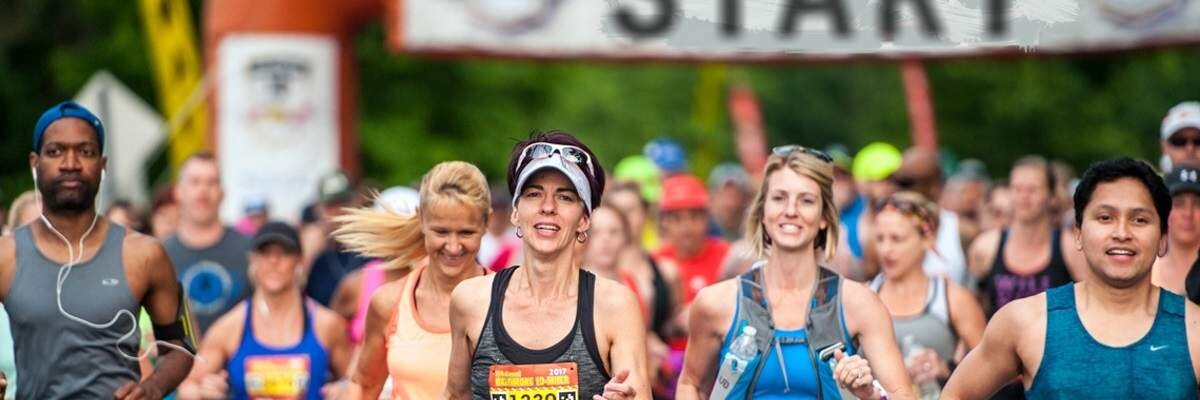
For the first time since pre-pandemic the 10 Miler is fully back and returning to its annual home at the zoo. Thousands of participants will once again make the trek from the zoo to Lake Montebello and back. Then they'll celebrate with the post-race party on the lawn complete with food, drink and live music.
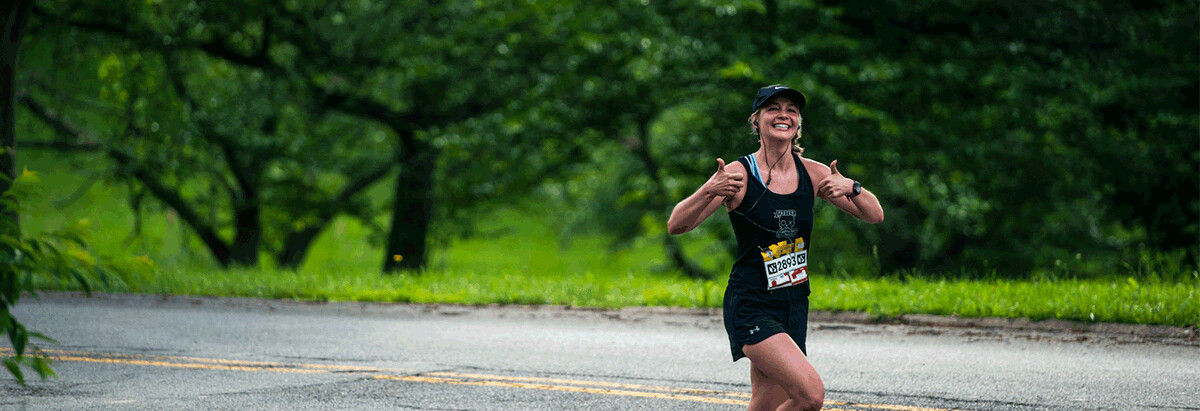
The 2020 10 Miler was canceled because of COVID-19 and last year’s was moved to Hunt Valley.
Like every year the race benefits a handful of local charities, including the Signal 13 Foundation.
"For the Signal 13 Foundation we’ve come up with an awesome promotion," said Baltimore 10 Miler director Lee Corrigan. "It’s called the 'charity chaser' and this year we have recruited Meaghan Murray, who is an outstanding runner. This isn’t a joke. She might win the thing. What she does is she starts dead last and for every person that she passes we will donate a dollar to the Signal 13 Foundation. It’s our way of giving back to the Baltimore Police Department."
The Signal 13 Foundation aims to provide financial help to Baltimore City Police Department personnel, both civilian and sworn, who unexpectedly suffer extreme personal emergencies.
For more information on the race and how to sign up just visit baltimore10miler.com.
(05/25/2022) ⚡AMPby Shawn Stepner
Baltimore 10 Miler
Runners will be treated in typical Corrigan Sports fashion. This year's race will feature the same scenic, challenging, yet fun course that starts and finishes at Druid Hill Lake Park near the Maryland Zoo. The course will travel along the North side of town to Lake Montebello and return to Druid Hill for the post race festivities that are second...
more...Tamarack Ottawa Race Weekend is aiming to go ahead as planned this weekend following last Saturday’s devastating storm
The Tamarack Ottawa Race Weekend aiming to go ahead this weekend.
In an email to participants, organizers say they are working with the cities of Ottawa and Gatineau to ensure the race weekend can proceed May 28 and 29.
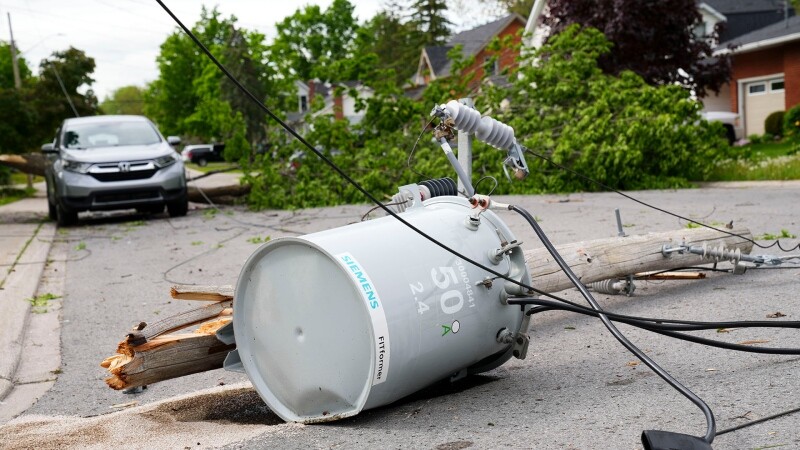
“As it stands right now, there will be no course changes, and the races will start at their originally scheduled times. Should things change, we will share information as soon as possible,” Race Director Ian Fraser said.

Fraser encouraged participants to donate to charity to help the community recover from the storm, which killed at least 10 people across Ontario and Quebec and caused widespread damage and lengthy power outages.
“If every participant donated $20 to a participant or charity in the Desjardins Charity Challenge, together we could raise an additional $500,000 for our communities. $20 is all it takes,” Fraser said.
Tamarack Ottawa Race Weekend is Canada’s largest running and walking festival with six races, including the Ottawa Marathon. The annual event was virtual in 2020 and 2021 due to the COVID-19 pandemic, but is back in person this year.
(05/25/2022) ⚡AMPby Ted Raymond
Ottawa Marathon
As one of two IAAF Gold Label marathon events in Canada, the race attracts Canada’s largest marathon field (7,000 participants) as well as a world-class contingent of elite athletes every year. Featuring the beautiful scenery of Canada’s capital, the top-notch organization of an IAAF event, the atmosphere of hundreds of thousands of spectators, and a fast course perfect both...
more...Five ways to train smarter
Aiming to run a personal record in the 5k? Trying to quality for the Boston Marathon? Most runners want to run faster but some find themselves plateauing too early or getting injured. Here are some easy habits that will ensure you get the most out of your efforts.
1. Build an Aerobic Base Before Speed
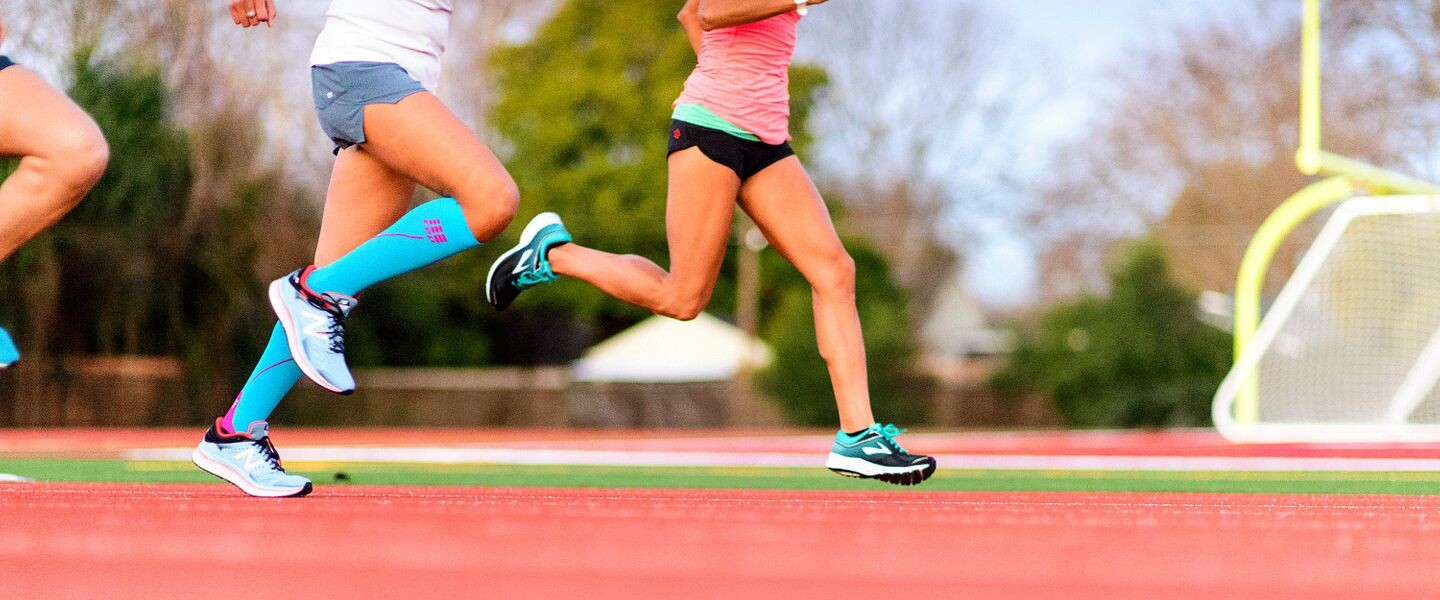
Spend at least one month, and ideally 3 months, of gradually building your weekly volume while only running at an easy pace. The aerobic adaptations that occur with regular easy running will allow you to get more out of your speed workouts later on in your training. ‘Easy’ should be a pace such that you can more or less hold a conversation while running. Track how many miles you run each week and increase this by no more than 10% each week.
2. Don’t Be Out of Breath
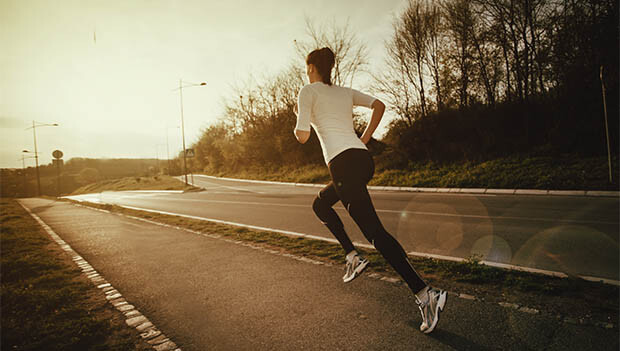
When first starting to run faster, start with just 20-60 second bouts and use your breathing rate to tell you when to slow down. Once you start to breathe faster, slow down your pace and/or walk until your normal breathing rate returns, then repeat the surge. As your body gets used to the faster pace you should notice that you can run longer before your breathing rate increases. Build to 2-3 minute surges throughout the run. Progressing your speed in this way will allow your body to first adapt neuromuscularly to the new pace, as opposed to metabolically.
3. Get Pliable
Before increasing your volume or introducing speed workouts make sure your muscles are loose and pliable! This means you can strongly compress or “squeeze” any muscle in your lower back and legs, with your fingers or firm foam roll, and not feel any pain or hypertension. Many folks have hypertension that has accumulated over the years, but which can be greatly reduced with just 10 minutes per day of focused and effective self-massage.
4. Stay Symmetrically Strong
Subtle imbalances in our stride are the number one causes of running injuries. A great way to prevent this from happening is to attain and maintain symmetry of strength throughout the core and legs. At least once per week perform single leg exercises that test all movements of the hip and knee, i.e. exercise like single leg bridges, planks, squats, deadlifts and/or hops. Do you find one leg is stronger than the other? If so, start building to symmetry of strength on both sides by ‘weak-led’ strength training. This is where you challenge the weak leg fully, then have the strong leg only match what the weak leg was able to do.
5. Stick to the “80-20” Rule
This classic rule still holds true! Make sure that the amount of time or distance that you are running fast is no more than 20% of your total volume of running for that week. If you run a total of 120 minutes in a week, any speed surges should not add up to more than 24 minutes. If running 40 miles per week, no more than 8 miles that week should be speed work.
Now that you are armed with some of the more important of the healthy habits, time to make this year your fastest!
(05/25/2022) ⚡AMPby Colorado Runner
How runners can safely give blood without compromising their training
If you’ve found yourself questioning if giving blood could disrupt your training, your hunch is correct. Donating blood is a great thing to do, and should by no means be discouraged, but there are a few additional considerations for runners. Here are some tips to ensure you’re donating at a time that makes sense for you and your goals.
Blood donation affects performance
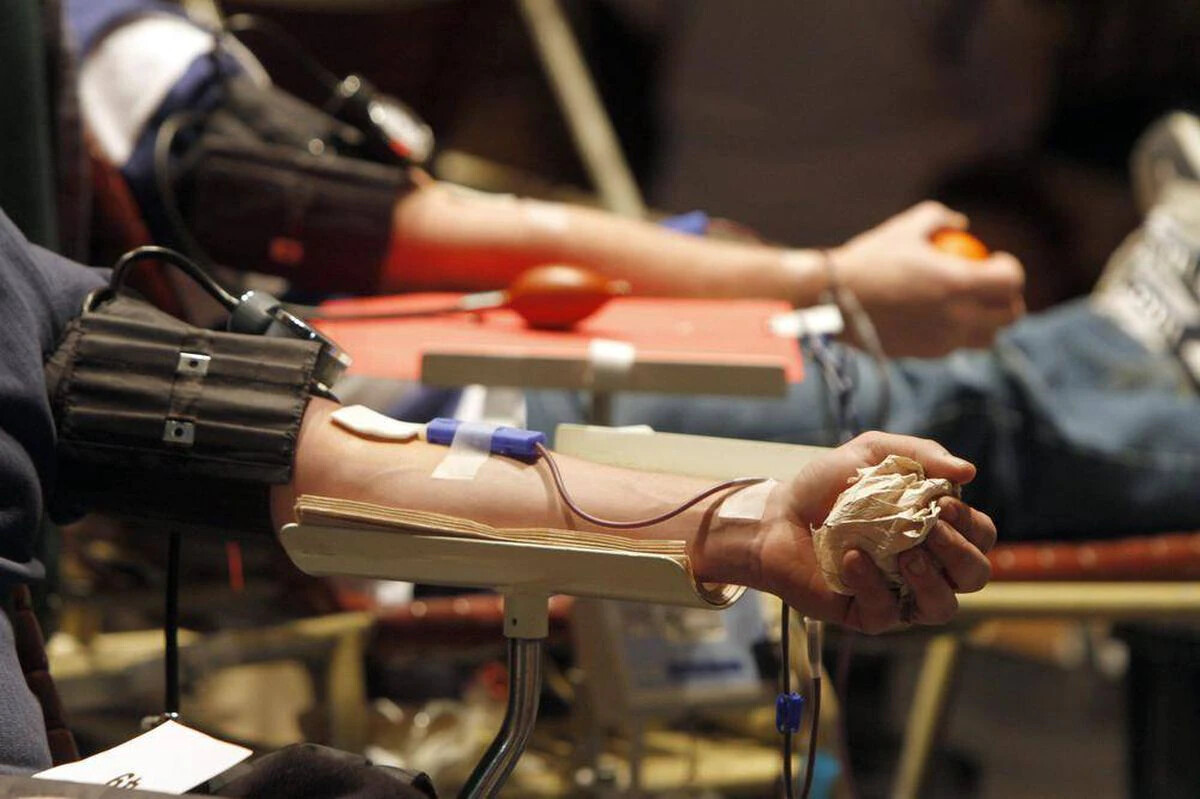
After blood loss, an individual’s blood volume (and red blood cell count) decreases, which by extension, reduces your body’s oxygen-carrying capacity. This is significant for runners as oxygen delivery is a key factor in aerobic performance. When your muscles are low on oxygen, their performance is inhibited.
When should you donate?

Studies show that the body will restore blood volume within three days of donation, and most lingering performance inhibitors should be cleared up within three weeks. However, when it comes to overall hemoglobin levels, they can take up to six weeks to return to normal. While most runners wouldn’t notice the temporary decrease day to day, it could have an impact on a big effort, like a marathon.
With this in mind, the ideal time to donate is out of your competition period. It’s recommended to avoid strenuous exercise for 24 hours after donation, but if you’re in a training phase, it’s safe to resume your normal routine a day later. When it comes to racing, however, try to avoid giving blood within month of the big day. Your results (and recovery) will thank you.
(05/24/2022) ⚡AMPby Madeleine Kelly
Marcell Lamont Jacobs drops out of Pre Classic with injury
The 100m Olympic champion, Italy’s Lamont Marcell Jacobs, has withdrawn from the Pre Classic in Eugene, Ore., this upcoming Saturday after straining a muscle, according to his Instagram.
Jacobs, who pulled off an upset in last year’s Olympic final over Fred Kerley and Andre De Grasse, strained a muscle in his glute during his season opener in Savona, Italy. Despite the strain, he won the race in 10.04 seconds.
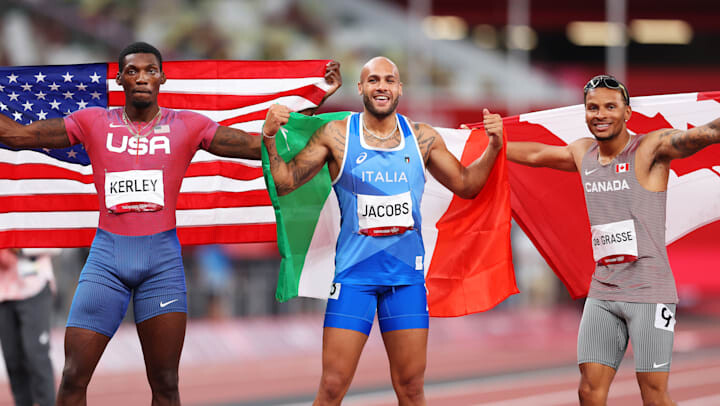
According to his post, he underwent an MRI after suffering the strain, which showed a distraction-elongation of the first degree. Jacobs was ordered to stop running for 10 days.
Jacobs was scheduled to face a stellar field in Eugene. Among those set to line up are the other medallists from the Tokyo final, Kerley and De Grasse (who finished third before going on to be crowned the Olympic 200m champion), and the reigning world champion, Christian Coleman, who was second to Jacobs in the 60m at World Indoors in March.
This is the second time Jacobs has pulled out of a meet this season; he also pulled out of the Kip Keino Classic in Nairobi, Kenya, in early May, citing intestinal problems before the race.
The 27-year-old plans to return to the track on June 9, as the Diamond League makes a stop in Rome.
The Pre Classic is the third stop on the 2022 Diamond League schedule, set to take place on May 27-28 from Hayward Field in Eugene, Ore., the home of the 2022 World Championships. Pre Classic action will kick off on Friday evening, with most of the track events taking place on Saturday afternoon. All races will be aired live on CBC Sports.
(05/24/2022) ⚡AMPby Running Magazine
Prefontaine Classic
The Pre Classic, part of the Diamond League series of international meets featuring Olympic-level athletes, is scheduled to be held at the new Hayward Field in Eugene. The Prefontaine Classicis the longest-running outdoor invitational track & field meet in America and is part of the elite Wanda Diamond League of meets held worldwide annually. The Pre Classic’s results score has...
more...The 16th edition of Ras Al-Khaimah Half Marathon announced for February 2023
The Ras Al-Khaimah Tourism Development Authority announced that the 16th edition of the Ras Al-Khaimah Half Marathon will take place on Saturday, Feb. 18, 2023, with leading sportswear brand Under Armour named as the new technical partner.
Al-Marjan Island will again host the world’s fastest half marathon, which will see some of the best long-distance athletes, running enthusiasts and amateurs from across the globe compete in one of the key sporting events on the UAE calendar. Registration for next year’s race is now open.
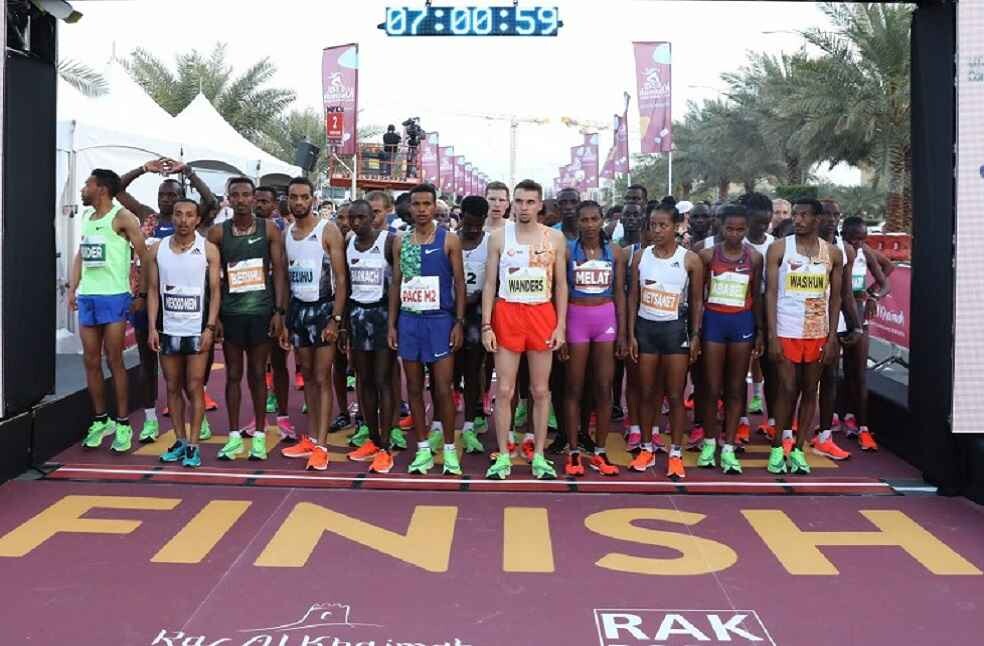
Iyad Rasbey, executive director, Destination Tourism Development & MICE at RAKTDA, said: “We are thrilled to announce the 16th edition of the world’s fastest half marathon to our nature emirate. The Ras Al-Khaimah Half Marathon has gone from strength to strength with each passing year and I am confident that the 2023 edition of the race will be no different.
“The standard of high-level performances along with the number of records broken that we witnessed in February truly demonstrates how popular the Ras Al-Khaimah Half Marathon is, attracting some of the world’s best elite runners and participants from across the world as well as the local community,” he added.
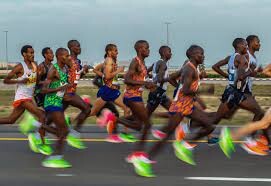
RAKTDA also announced that Under Armour will sponsor the half marathon as technical partner. The sports brand will provide all participants with its latest, top-of-line apparel to help ensure comfort while improving performance as runners take to the fast and flat course track.
“We are incredibly proud and excited to partner with the Ras Al-Khaimah Tourism Development Authority and the RCS Sports & Events organization for what is one of the world’s leading running events,” said Lee Devon, vice president of Under Armour. “At Under Armour, it is our mission to make all athletes better and we do this through the lens of great product, innovation and by providing opportunities for all athletes to take part in sport. We recently opened our first store in Ras Al-Khaimah. This and our other stores across the emirates will become hubs for all athletes as they prepare for this event.”
The announcement comes only a few months after world half marathon record holder Jacob Kiplimo of Uganda (57:56) and Ethiopia’s Girmawit Gebrzihair (1:04:14) set new course records in the men’s and women’s elite categories respectively. Their triumphs were among the highlights of the Ras Al-Khaimah Half Marathon, which saw a number of new records being set on the day, as well as some impressive performances and times across the categories.
As well as Kiplimo producing a 15-km world best time of 40:43 on his way to victory, the event also featured a new British record by Eilish McColgan. In just her second competitive half marathon, she smashed Paula Radcliffe’s British 21-year-old half marathon record, clocking an incredible total time of 1:06:26.
(05/24/2022) ⚡AMPRak Half Marathon
The Ras Al Khaimah Half Marathon is the 'world's fastest half marathon' because if you take the top 10 fastest times recorded in RAK for men (and the same for women) and find the average (for each) and then do the same with the top ten fastest recorded times across all races (you can reference the IAAF for this), the...
more...2022 BolderBoulder is on again after a two-year absence
One of Colorado’s traditions will return when the BolderBoulder 10K run resumes this Memorial Day after a two-year absence caused by the COVID-19 pandemic.
The first BolderBoulder in three years and the 42nd running of the event is cause for celebration, says Race Director Cliff Bosley.

“We couldn’t be more excited to bring back this great tradition that is embraced by so many in our community, the state and beyond,” Bosley said. “We’ve missed our participants and our spectators and we know they’ve missed us. It’s great to be back with this fantastic outdoor community event.”
Bosley said the race’s return is testament to the hard work, collaboration and coordination of the BolderBoulder, the City of Boulder, CU Boulder and many additional partners and entities.

“Having to cancel the race the past two years gave us important perspective on just how much the BolderBoulder means to our participants, our spectators and the community,” Bosley said. “It’s like reconnecting with a great friend you haven’t seen lately.”
In addition to the 10K event, the Bolder Boulder is a remembrance of the more than 1.3 million men and women in the Armed Forces who made the supreme sacrifice in defending America’s freedoms. It also celebrates veterans and those now serving in the Armed Forces. It provides one of the largest Memorial Day tributes in the country.
This year’s race will also honor the 50th anniversary of Frank Shorter’s Olympic gold medal-winning run in the marathon at the Olympics in Munich in 1972. Shorter has been named the Official Starter of the 2022 BolderBoulder. He will launch more than 80 waves of competitors.
In 1981, Shorter won the race, becoming the first of 1,381,060 participants (over 40 years) to cross the finish line at Folsom Field on the University of Colorado campus. The event first finished in the stadium in 1981 and has done so ever since.
Bosley said the wave start, created and pioneered by the BolderBoulder, spaces out participants by design, adding to the safety of the outdoor event. The A wave (the first to start) is scheduled to begin at 6:55 a.m. and the final wave is expected to start around 9:30 a.m.
We felt this event’s absence due to COVID-19 and are delighted to welcome locals and visitors back to Boulder,”, said Boulder City Manager Nuria Rivera-Vandermyde. “The BOLDERBoulder is a Memorial Day tradition, a rite of passage from spring to summer and a community-defining event that brings us together to showcase the best of Boulder and the University of Colorado.”
CU Boulder Chancellor Phil DiStefano said CU Boulder is excited to see the event’s return. “CU Boulder and the BolderBoulder have been great partners for several decades on this community-wide race and celebration,” he said. “We are as delighted as anyone to see it return and we’re thrilled to have it once again finish on our campus.”
About BOLDERBoulder
The BOLDERBoulder, named America’s All-Time Best 10K by Runner’s World magazine, is the 5th largest running race in the United States and the 7th largest in the world.
The race attracts 48,000-52,000 runners, joggers, walkers, wheelchair racers and professional athletes from around the world to compete in one of the most unique pro race team formats in road racing.
The race course winds through Boulder neighborhoods with live music and entertainment at every corner. The race finishes at the University of Colorado’s Folsom Field and attracts over 100,000 runners and spectators.
(05/24/2022) ⚡AMP
BOLDER BOULDER
In 1979 we dreamt of attracting a few hundred of our friends to race though the streets of Boulder, Colorado to celebrate Memorial Day with our families. Fast forward almost 40 years and the Bolder BOULDER has grown to become one of the largest and most highly acclaimed 10K’s in the world. Almost 1.2 million runners, joggers, walkers and spectators...
more...Elaine Thompson-Herah and Sha'Carri Richardson will headline 100 meters in Prefontaine Classic
Jamaica's Olympic champion Elaine Thompson-Herah and American prodigy Sha'Carri Richardson will headline the 100 meters at Saturday's Prefontaine Classic in Eugene, Oregon, organizers for the Diamond League event said on Monday.
Thompson-Herah returns to the venue where she nearly broke American Florence Griffith-Joyner's 100m record last year, weeks after leading a Jamaican podium sweep at the Tokyo Games.

She dropped out of the Birmingham Diamond League meet over the weekend citing discomfort in training. Thompson-Herah's management agency did not respond to a request for comment.
Richardson's memories of Hayward Field are more complicated.

She was the United States' brightest hope for a gold medal in Tokyo after winning the U.S. Olympic Trials in June but lost her spot at the Games after testing positive for cannabis.
Richardson, 22, returned to Eugene in August after serving a 30-day suspension, where she finished last in the 100m.
Rounding out the field on Saturday are Britain's 200 meters world champion Dina Asher-Smith and Shericka Jackson, who won gold in the 4x100m relay alongside Thompson-Herah in Tokyo.
(05/24/2022) ⚡AMPPrefontaine Classic
The Pre Classic, part of the Diamond League series of international meets featuring Olympic-level athletes, is scheduled to be held at the new Hayward Field in Eugene. The Prefontaine Classicis the longest-running outdoor invitational track & field meet in America and is part of the elite Wanda Diamond League of meets held worldwide annually. The Pre Classic’s results score has...
more...Put a fun spin on your fartlek training with this workout, build your speed on the track with jogging bends and striding straights
Have you heard of the bends and straights workout? Bends and straights are a popular style of fartlek training for middle-distance runners to improve their strength and endurance late in the race.
Fartlek is a Swedish word that translates to speed play. This type of training involves workouts involving changes in speed and effort. Fartlek workouts can be unstructured – where the distance and time interval are picked randomly – or entirely structured, with each interval at a set distance or time and a fixed recovery period. The goal for fartlek training is to improve your ability to put on a late surge in races and overtake a competitor when tired, or to help you sprint to the finish.

The workout
10 to 15 laps of jogging bends and striding straights.
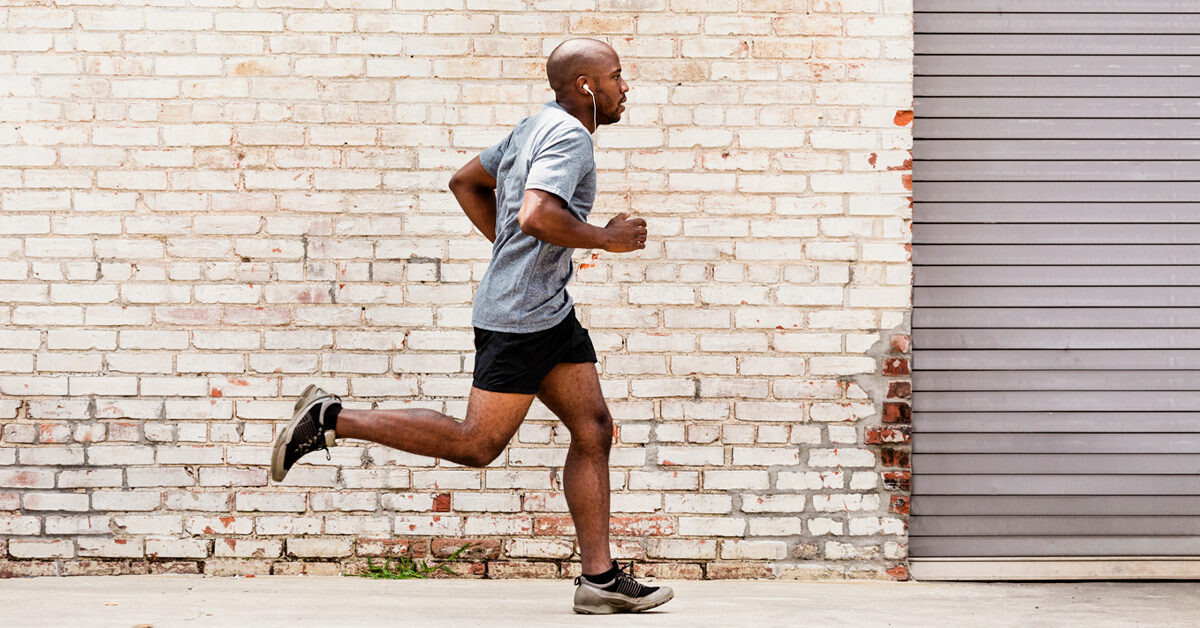
(The workout should be done on a 200m or 400m athletics track to control the length of each interval.)
If the workout is done on a 400m track, you should sprint 100m, jog the curve 100m, sprint 100m, and jog the next curve 100m. If you do not have access to a track, you can do a fixed version of this workout with 20-second sprints and 40-second jogs over 10-15 reps.
The bends and straights workout is perfect for runners who are training for a 5K or 10K race, or are generally looking to improve their speed and racing tactics. The constant change of pace simulates the ups and downs of a 5K or mid-distance track race. Try to keep your sprint pace slightly faster than your goal 5K pace and keep the jog pace slower than your easy run pace.
Keep your sprints and jogs on the first five laps controlled to help you complete the entirety of the workout.
(05/23/2022) ⚡AMPby Running Magazine
Reigning Champ Ed Cheserek defends his title winning again at the Carlsbad 5000
More than 6,000 runners and joggers raced along a traffic-free Pacific Coast Highway 101 Sunday for the Carlsbad 5000, returning after its pandemic pause.
Reigning champion Ed Cheserek of Kenya won again – just barely – with a time of 13:44.

“I’m excited to return to the Carlsbad 5000,” Cheserek said before the race. “Last time in 2019 was a lot of fun and after everything our running community has been through since then, I’m really looking forward to being back at the beach in sunny Southern California.”
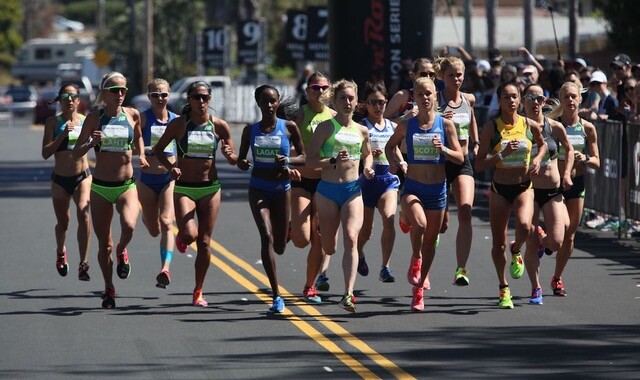
Reid Buchanan of San Diego trailed Cheserek by just one second, in the men’s elite, in 13:45, followed by Jack Bruce of Australia.
In the women’s elite, Biruktayit Degefa of Ethiopia won with a time of 15:29. Dominique Scott of South Africa followed in 15:48, with Carina Viljoen, also of South Africa, taking third in 16:00.
The Carlsbad 5000 is renowned as “The World’s Fastest 5K,” with 16 world records having been set there, plus a slew of national records and age group bests.
Olympic gold medalists Tirunesh Dibaba, Meseret Defar and Eliud Kipchoge have run Carlsbad, along with U.S. Olympic medalists Deena Kastor and Meb Keflezighi.
Keflezighi, the San Diego High product and only male runner in history to win both the Boston and New York City marathons, plus an Olympic medal, now co-owns the event.
The race was first held in 1986; this was the 36th edition. Another plus – the race fits well on runners’ calendars, with the elite athletes being in peak fitness after running the World Cross Country Championships.
It may have been three years since the Carlsbad 5000 was held live (there was a virtual race in 2020), but the elements that characterize the race were back – the left-hand, downhill turn onto Carlsbad Village Drive, the sprint to the finish, and the ocean views along the way.
(05/23/2022) ⚡AMPCarlsbad 5000
The Carlsbad 5000 features a fast and fun seaside course where 16 world records have been set. Both rookie runners and serious speedsters alike enjoy running or walking in Carlsbad. Weekend festivities kick off Saturday morning with the beloved Junior Carlsbad, a kids-only event in the heart of Carlsbad Village featuring fun runs, toddler trots, and diaper dashes! On Sunday,...
more...Successfully defending his 2021 victory, Jeremiah Fitzgerald wins the 2022 Cleveland Marathon
Lakewood native Jeremiah Fitzgerald finished the 2022 Cleveland Marathon the same way that he did in 2021: in first.
Fitzgerald successfully defended his win from 2021 by crossing the finish line on Sunday with a time of 2 hours, 31 minutes and three seconds. He finished more than seven minutes faster than Josh Baker of Solon, who took second (2:38.28).
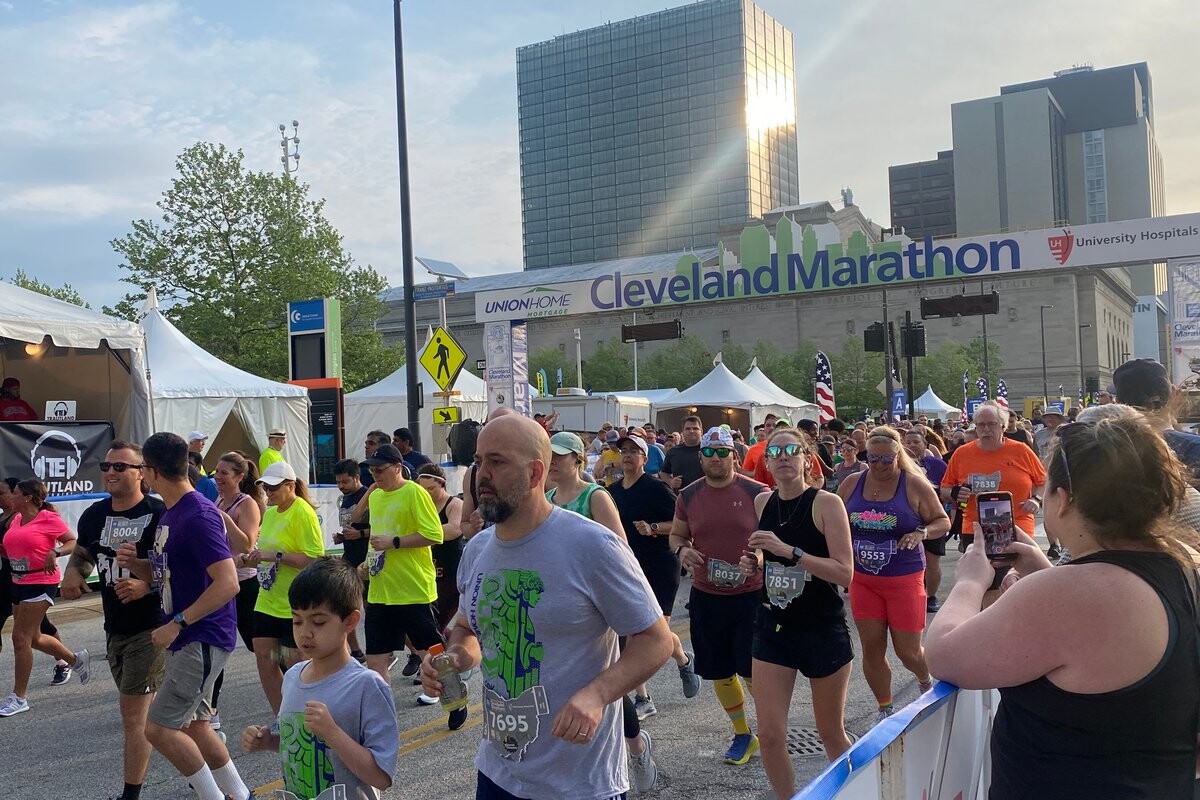
Hudson native Ashton Swinford was the fastest woman in the marathon on Sunday, finishing in 2:46.46. Her time was good enough for fifth in the field as well.
Zach Case (2:38.51) finished third and Kenneth Sullivan (2:40.12).
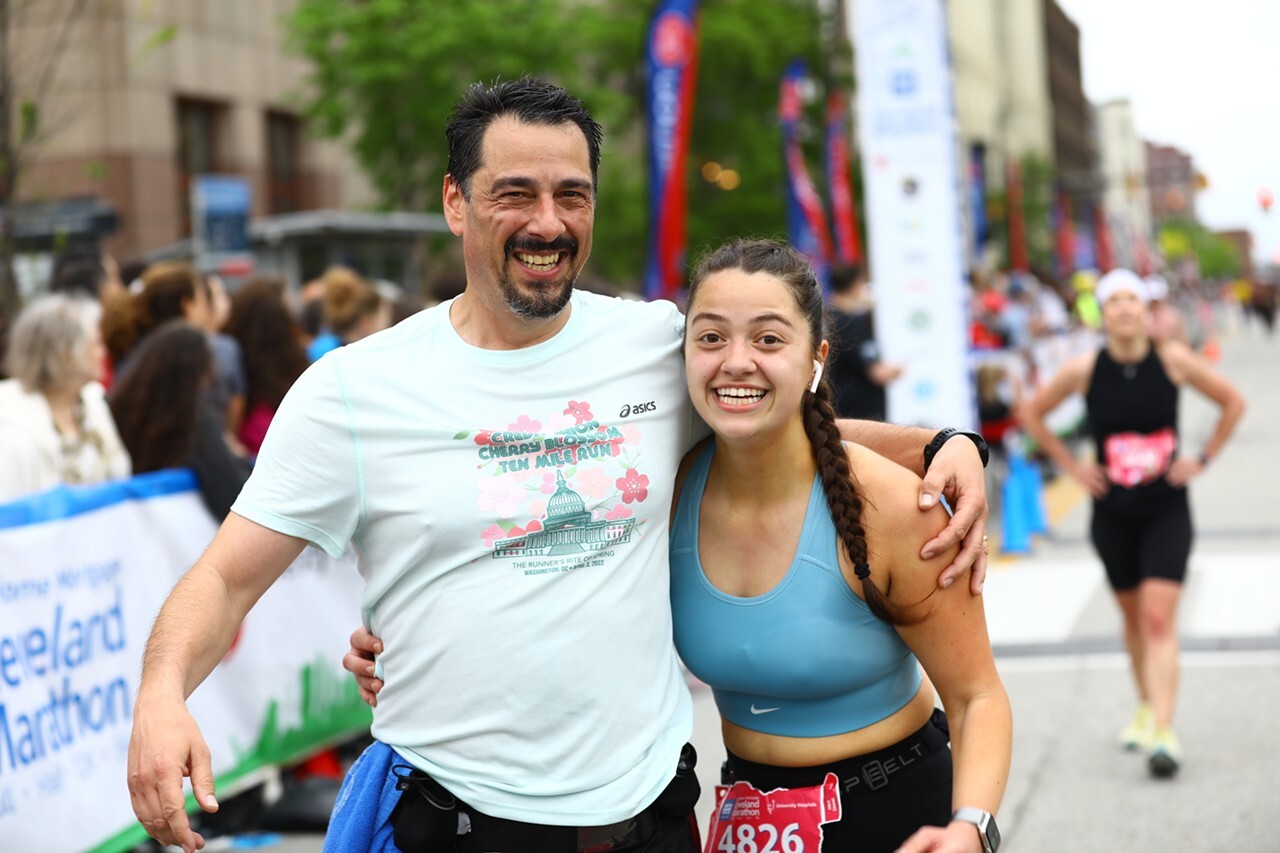
Fitzgerald had a lead of almost four minutes after the first 10 kilometers and completed the first half of the marathon in 1:15.11.
(05/23/2022) ⚡AMPby Tim Bielik
Cleveland Marathon
The Cleveland Marathon features a relatively flat and fast course, great volunteer support and a scenic view of downtown Cleveland and its major landmarks. The course has been designed for our athletes to enjoy views of Browns Stadium, the Rock and Roll Hall of Fame, Lake Erie and many other Cleveland highlights. The Cleveland Marathon began in 1978 in an...
more...Eilish McColgan sets British and European 10k record at Great Manchester Run
Eilish McColgan set a British and European 10km record as she finished runner-up at the Great Manchester Run.
Dundee's McColgan, 31, took two seconds off Paula Radcliffe's mark from 2003 with a time of 30 minutes 19 seconds, four seconds behind Hellen Obiri.
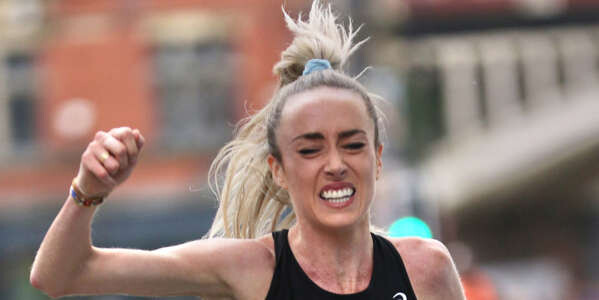
Obiri's fellow Kenyans Ruth Chepngetich (30:29) and Sharon Lokedi (31:05) were third and fourth.
Charlotte Purdue was seventh (32:55) with fellow Briton Steph Twell (33:12) eighth.
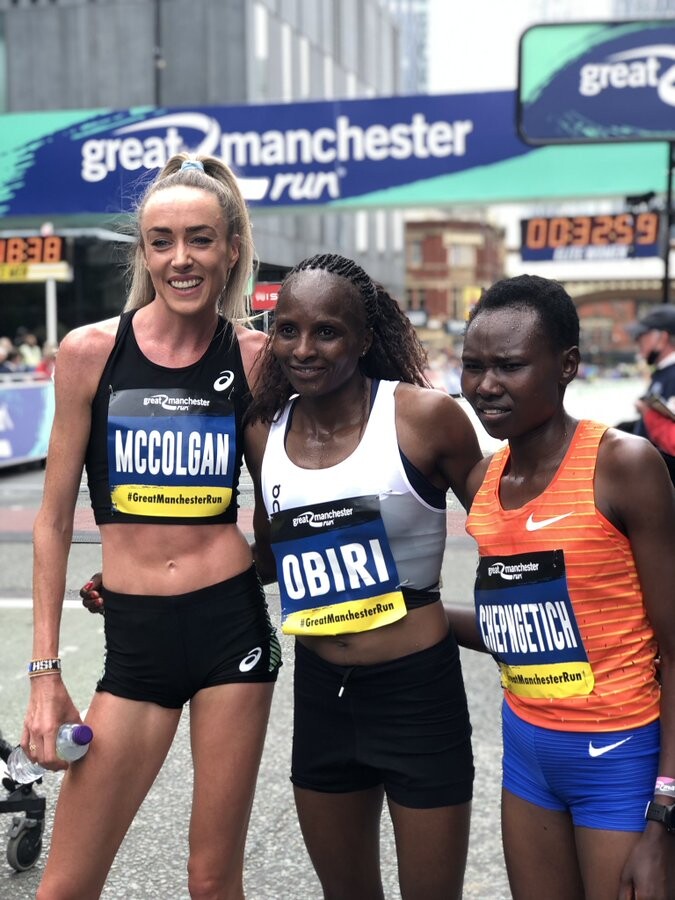
The men's race was won by New Zealand's Jake Robertson in 28:06, ahead of Australian Jack Reyner, with Liverpool's Abdulqani Sharif in fifth place.
More than 20,000 racers took part, with applause before the start for the 22 victims of the 2017 Manchester Arena terror attack, on its fifth anniversary.
(05/23/2022) ⚡AMPGreat Manchester Run 10k
The Great Manchester Run, established in 2003, is an annual 10kilometer run through Greater Manchester and is the largest10K in Europe. Usually held in mid-May, it is the third-largest mass participation running event in the United Kingdom behind the Great North Run and the London Marathon. It is part of the Great Runs series of road races in the UK....
more...Samsung apologises for advert showing woman running alone at 2am
Samsung has apologised for a recent advert which showed a woman getting up at 02:00 to go for a run through the streets of a city alone.
The advert has been criticised by some women's running groups and safety campaigners for being "unrealistic".

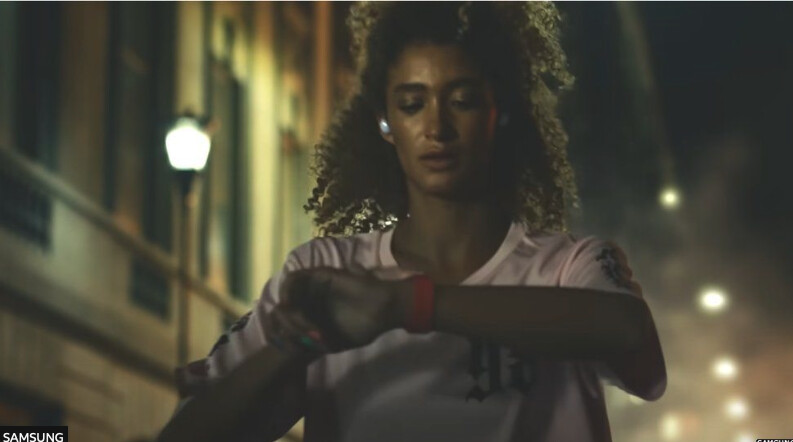
Samsung has told Radio 1 Newsbeat it was never its intention to "be insensitive to ongoing conversations around women's safety."
"We apologise for how this may have been received," it adds.
"The 'Night Owls' campaign was designed with a positive message in mind: to celebrate individuality and freedom to exercise at all hours."
Women's safety group Reclaim These Streets has described it as "tone deaf" in light of the death of Ashling Murphy who was killed on a run in January.
It's for this reason Esther Newman, editor of Women's Running magazine and podcast, says this advert is "not representing the truth".
"Women don't run at that time because we are too scared to," she told Radio 1 Newsbeat.
"It's really shocking. I don't know any woman who would be running at 02:00 in the morning. Certainly not in a city."
According to recent figures from the Office for National Statistics, half of all women have felt unsafe at some point walking alone in the dark.
And running is no exception, according to the views shared online in response to the Samsung advert with some calling it "ridiculous" and "unrelatable".
Samsung replied to some of the comments on social media saying: "We can assure you that the meaning for this advert is for all Galaxy customers/viewers to achieve their health and wellness goals on their own schedules".
But one of the main things that Esther Newman points out is that the lead character is running with headphones on.
"Wearing headphones is a contentious point. Most women runners I know don't wear headphones, and that's during the day, because they are concerned about their safety."
She is keen to point out that her contributors believe "it's a very, very small portion of blokes who make us feel unsafe" but suggests advertisers should focus their attention on how men can make female runners feel more at ease.
'Tone deaf'
Other critics questioned whether enough female production crew were involved in the making of the advert; a point picked up by the women's safety campaign group Reclaim These Streets, which was set up after Sarah Everard's murder.
They told Radio 1 Newsbeat the advert was "totally tone deaf and demonstrates the lack of female decision makers on the campaign, especially in light of Ashling Murphy having been killed on a jog in January."
Cofounder Jamie Klingler added: "It's almost laughable how badly this ad lands."
Run Mummy Run, an online running community, agreed that the portrayal of a woman running at night, in those circumstances, was unrealistic.
They said: "The implication seems to be that a woman has the luxury of this type of freedom with her safety, but sadly this is not the current reality."
(05/22/2022) ⚡AMPby BBC
Joggers naturally pace themselves to conserve energy even on short runs
Data from fitness trackers and treadmill tests challenge ideas about what drives speed
For many recreational runners, taking a jog is a fun way to stay fit and burn calories. But it turns out an individual has a tendency to settle into the same, comfortable pace on short and long runs — and that pace is the one that minimizes their body’s energy use over a given distance.
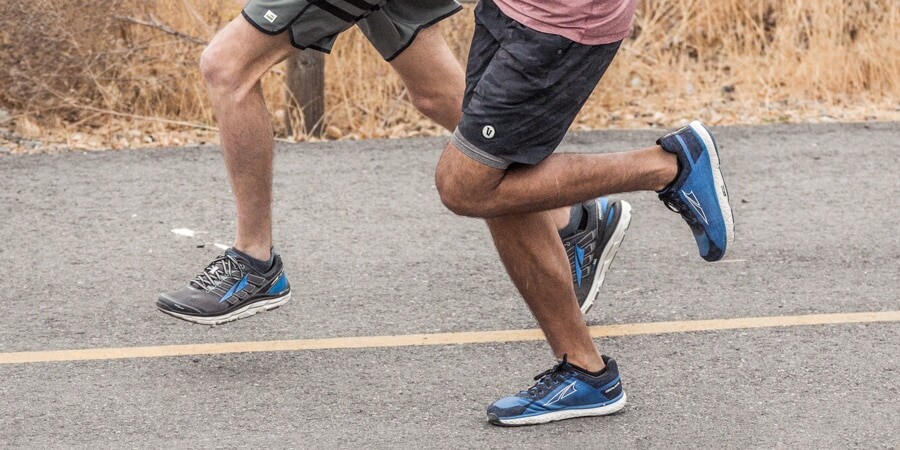
“I was really surprised,” says Jessica Selinger, a biomechanist at Queen’s University in Kingston, Canada. “Intuitively, I would have thought people run faster at shorter distances and slow their pace at longer distances.”
Selinger and colleagues combined data from more than 4,600 runners, who went on 37,201 runs while wearing a fitness device called the Lumo Run, with lab-based physiology data. The analysis, described April 28 in Current Biology, also shows that it takes more energy for someone to run a given distance if they run faster or slower than their optimum speed.
“There is a speed that for you is going to feel the best,” Selinger says. “That speed is the one where you’re actually burning fewer calories.”
The runners ranged in age from 16 to 83, and had body mass indices spanning from 14.3 to 45.4. But no matter participants’ age, weight or sex — or whether they ran only a narrow range of distances or runs of varying lengths — the same pattern showed up in the data repeatedly.
Researchers have thought that running was performance-driven, says Melissa Thompson, a biomechanist at Fort Lewis College in Durango, Colo., who was not involved in the new study. This new research, she says, is “talking about preference, not performance.”
Most related research, Selinger says, has been done in university laboratories, with study subjects who are generally younger and healthier than the general population. By using wearable devices, the researchers could track many more runs, across more real-life conditions than is possible in a lab. That allowed the scientists to look at a “much broader cross section of humanity,” she says. Treadmill tests measuring energy use at different paces with people representative of those included in the fitness tracker data were used to determine optimum energy-efficient speeds.
Because the study includes a wide range of conditions and doesn’t control for things like fasting before running, it’s messier than data gathered in labs. Still, the sheer volume of real-world runs recorded by the wearable devices supports a convincing general rule about how humans run, says Rodger Kram, a physiologist at the University of Colorado Boulder not involved with the study. “I think the rule’s right.”
The results don’t apply to very long runs when fatigue starts to set in, or to race performance by elite athletes or others consciously training for speed. And a runner’s optimum pace can change over time, with training or age for instance.
There are quick tricks for those who want to speed up and go for a little more calorie burn to temporarily trump their body’s natural inclinations: Listen to upbeat music or jog alongside someone with a faster pace, Selinger says. “But it seems like your preference is actually to sink back into that optimum.”
The results match observations of optimum pacing from animals like horses and wildebeests, and also correspond to the way humans tend to walk at a speed that minimizes their individual energy use (SN: 9/10/15).
It does make sense that humans would be adapted to run at an optimum speed for minimizing energy use, says coauthor Scott Delp, a biomechanist at Stanford University. Imagine being an early human ancestor going out to hunt difficult prey. “It might be days before I get my next food,” he says. “So I want to spend the least energy en route to getting that food.”
(05/22/2022) ⚡AMPTwo-time global medallist and four-time continental champion Lewandowski retires
Polish middle-distance runner Marcin Lewandowski has announced his retirement from athletics.
The 34-year-old won 10 medals at world and continental level across a span of 12 years. His collection includes the 2010 European 800m title and the 2019 world 1500m bronze medal.
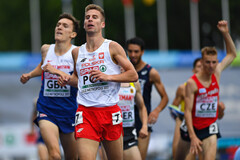
Lewandowski posted the news on his Instagram account earlier this week, explaining that a disrupted build-up to his outdoor season meant he was not in shape to challenge for medals at this year’s major championships.
“After my daughter's accident during her rhythmic gymnastics class [just before the World Indoors], I decided to stay at home until Midia was fully recovered,” he wrote. “Due to the fact I did not have the opportunity to train abroad, I was not able to prepare properly to defend my bronze medal from the World Championships and my silver from the European Championships and I am not interested in places outside the podium.
“Was it a difficult decision? I didn't even think for a second because family is the priority. It was the same when I pulled out of the World Indoor Championships even though I was in great shape.
“It was a beautiful 16 years of running – an amazing adventure that is now over. Something ends and something begins because in November I will become a dad again.”
Lewandowski first made a name for himself as an 800m runner, placing fourth at the 2006 World U20 Championships and then winning the 2007 European U20 title. He reached the Olympic semifinals in his first year as a senior athlete in 2008, then made it to the World Championships final in 2009.
He landed European gold in 2010, following it with silver at the 2011 European Indoor Championships and fourth-place finishes at the 2011 and 2013 World Championships. After winning the 2015 European indoor 800m title, Lewandowski earned European silver in 2016 and went on to place sixth at the Olympic Games later that year, but then started to switch his focus to the 1500m.
His tactical prowess and strong finishing speed meant he was a formidable opponent at major championships. He won the 2017 European indoor title, then placed sixth in the 1500m at the 2017 World Championships later that year. In 2018 he won his first global medal when taking 1500m silver at the World Indoor Championships. He earned the same colour medal at the 2018 European Championships.
Lewandowski retained his European indoor 1500m title in 2019, then went on to earn his first and only outdoor global medal in 2019, placing third at the World Championships in Doha. His most recent podium finish was his 1500m silver at the 2021 European Indoor Championships.
Although best known as a championship performer, Lewandowski clocked several speedy performances throughout his career. He holds the Polish indoor and outdoor records for 1000m (2:14.30 / 2:17.67), 1500m (3:30.42 / 3:35.71) and the mile (3:49.11 / 3:56.41).
(05/22/2022) ⚡AMPby World Athletics
David Rush breaks T-shirt half marathon record with 111 shirts
On May 14, an Idaho man broke one of the oddest Guinness World Records out there by running a half-marathon while wearing more T-shirts than anyone else ever has. David Rush, who has broken more than 200 Guinness World Records so far, wore 111 T-shirts at YMCA Famous Idaho Potato Half Marathon, completing it in 2:47:55, 12 minutes under the three-hour time limit set by Guinness World Records.
The T-shirt half marathon record has now been transferred from one David to another David, to another David, as the previous record of 90 shirts was held by Edmonton’s David Eliuk, at the Hypothermic Half Marathon in February. Before that, the record of 82 was set by British runner David Smith in November 2021.
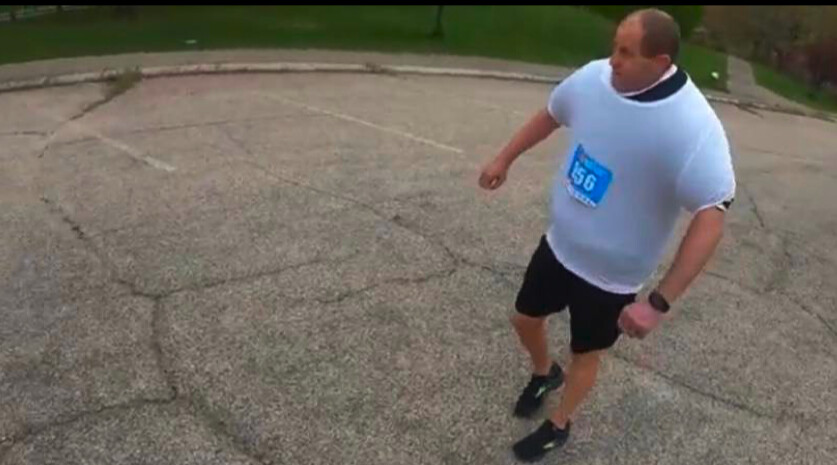
If your name is David, this unique Guinness world record could be your calling.
Rush makes a hobby of chasing Guinness World Records to promote STEM education. “We need more boys and girls to grow up with a passion for science, technology, engineering, and math.” Rush says.
“We have a shortage of trained engineers, programmers and scientists to fill the jobs of today and tomorrow.”Rush also holds the Guinness World Record for fastest man to run 100m while juggling blindfolded (16.29 seconds) and fastest mile while juggling blindfolded (7:54).According to local news, it took Rush and his support team 25 minutes to dress him, and he struggled with the 40 pounds of extra weight he had to carry around.
Although the cool race conditions helped him, his arms and hands ballooned and went numb due to the lack of blood circulation from the 111 T-shirts.
(05/22/2022) ⚡AMPby Running Magazine
Four effective running workouts to increase speed and endurance
Most people don’t approach running as they do strength training. They just set out on unplanned jogs around the block, throw in some sprints, and call it a day.
But targeted running workouts geared toward your fitness goals—training for a marathon, growing faster, getting fitter—make a world of a difference.
To help you become more methodical with your runs, we asked Gena Bradshaw, P.T., an assistant track and field coach and Life Time Fitness trainer, to suggest five training mainstays every runner should have in his workout regimen. Each workout is designed to train a different energy system to help you improve endurance, speed, and power. Plus, there’s a prescription for runners who are just starting out, and those who are more experienced.
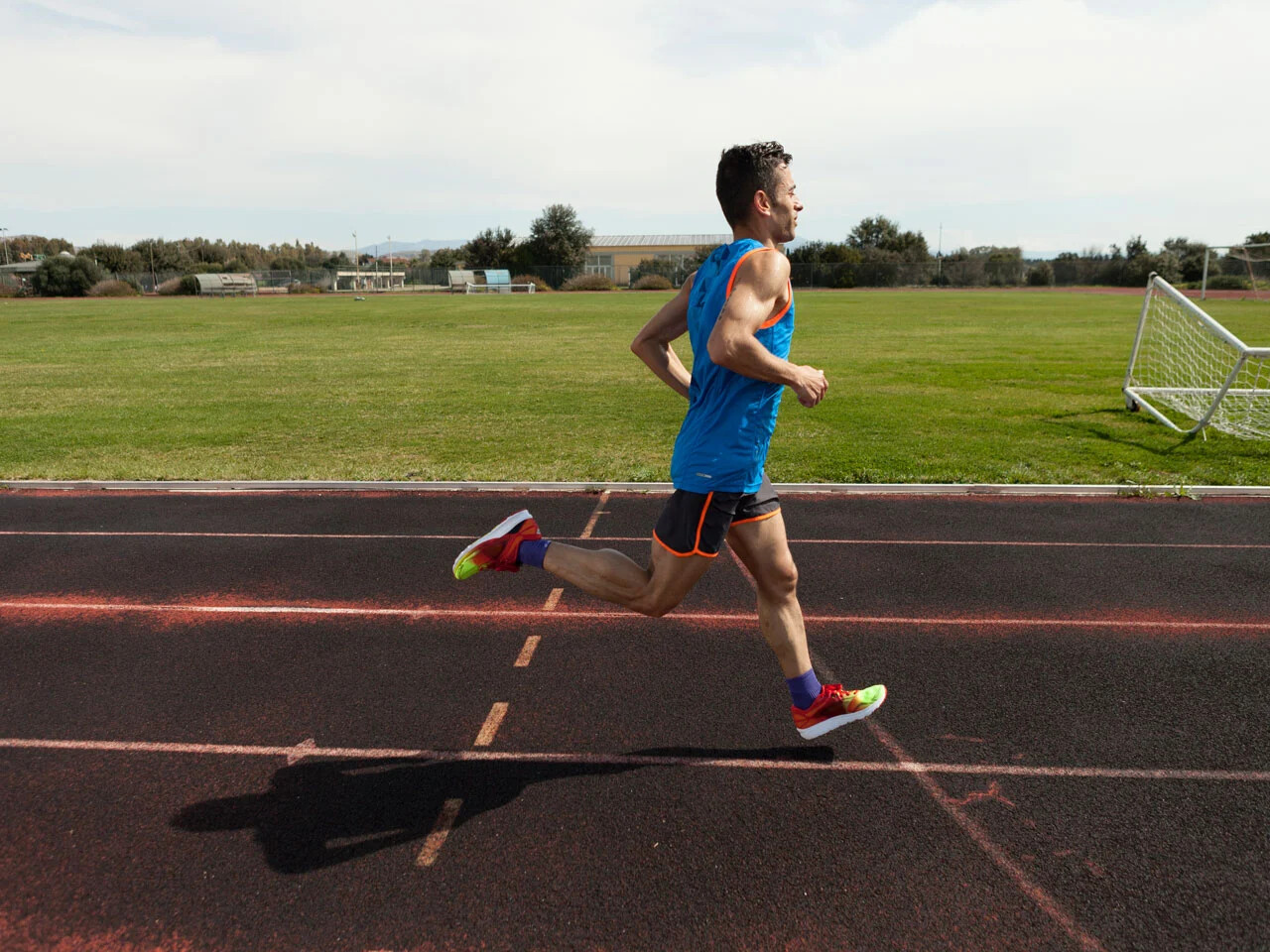
Before each workout, though, remember to start with a dynamic warmup. “Warmups minimize your risk of injury, increase heart rate, raise blood flow to your muscles, and help you burn more calories mid-workout,” Bradshaw says.
Go for a comfortable 5- to 8-minute jog, then complete these drills to neurologically prime your body for your workout. Mark 20 yards. Focus on nailing the proper form for each drill, and increasing your speed as you progress.
Walking lunges

Carioca
Knee hugs
Ankle pulls
High knees
Butt kicks
Straight-leg kicks
Lateral shuffle
Also, make sure you cool down post-workout. Jog to flush the lactic acid out of your legs, and stretch while your muscles are still warm. Foam rolling will also help reduce soreness, and keep your muscles from getting knotted.
Ready to hit the ground running? Give these running workouts a try.
1. Explosive hill sprints
Why it works: Hill workouts help develop power by working your “alactic” energy system—your source of quick sprinting energy, Bradshaw says. They’re meant to be an all-out effort. “Form is crucial; you should be thinking about hands pumping cheek to cheek, and your knees driving up,” Bradshaw says. “Your arms set the pace. If you can’t move your arms, you’ll slow down significantly.”
How to do a hill workout: Sprint for 10-20 seconds up an incline outdoors or on a treadmill grade that’s comfortable but challenging, Bradshaw says. You don’t need to find the steepest hill around—it can be a gradual incline. Then, as you get stronger and more able to truck through these, you can increase the incline. Considering how intense this (and other hill sprint workouts like it) is, only do one or two of these sessions per week. Beginners start with just one.
Beginner: Complete 3-5 reps. “Remember, this is pure explosiveness, so it should be difficult,” Bradshaw says. You can always increase the time for fewer reps, too. Completely recover between reps. Take about 3-5 minutes in between.
Advanced: Complete 5-6 reps, taking 3-5 minutes rest in between each rep.
2. Interval workout
Why it works: “Intervals are meant to help increase stamina (and should not be conducted at max effort), so you’ll take less recovery time and increase the number of reps,” Bradshaw says. The big challenge is holding your pace for the entire workout, she adds. As you become more conditioned, jog rather than walk to get an active recovery between intervals. “Remember to maintain good form: shoulders down and back, chest up, and breathe,” Bradshaw says. “This will help you run more efficiently, and help you progress each week.”
How to do an interval workout: This routine is known as “ladders”. Try to incorporate one or two sessions per week.
Beginner:– run 50 meters– walk/jog 50 meters– run 100 meters– walk/jog 50 meters– run 150 meters– walk/jog 50 meters– run 200 meters– walk/jog 50 meters– run 250 meters– walk/jog 50 meters
Advanced: Complete the same workout above, only go “up and down” the ladder. Once you run 250 meters, work your way back down (200m, 150m, 100m, 50m).
3. Short and long sprints
Why it works: “Short sprints (generally 55-200 meters) help develop speed and power, while long sprints (200-400 meters) help develop speed endurance,” Bradshaw says. Both are important, but you’ll benefit more from one over the other depending on your end goal. “Are you training for a specific event or race?” Bradshaw says, “or are you training to get into the best shape of your life?” Longer sprints are advantageous for those training for 10Ks, half marathons, even triathlons, whereas short sprints are best for torching calories, and adding muscle, strength, and power to your lower body. Note: Don’t do a hill workout the day before you complete a short-sprint workout.
How to do a short-sprint workout: Do 2-3 sessions per week (depending on your end goal).
Beginner: Complete 6-8 sprints of 100 meters at 75%-80% effort. (“This means you can utter a few words, but can’t maintain a conversation,” Bradshaw says.) Recover for 50-60 seconds between reps.
Advanced: Complete 8-10 sprints of 100 meters at 80-85% effort. At this intensity, you’re pushing very hard, but not going as fast/hard as you can. Recover for 45 seconds in between reps.
How to do a long-sprint workout: For long sprints that’ll tap into your speed endurance, do 2-3 sessions per week.
Beginner: Complete 3 sprints of 300 meters at 75% effort. Recover for 3 minutes between sprints.
Advanced: Do two sets, each 3 sprints of 300 meters at 75% effort. Recover for 2-3 minutes between sprints, and 5 minutes between sets.
4.- Long-distance run
Why it’s effective: “Long-distance runs are intended to increase your aerobic capacity, which is the maximum amount of oxygen consumed by your body during exercise,” Bradshaw says. They also encourage your body to burn more fat for fuel (which is why distance runners tend to be skinny).
How to do a long run: Long runs should comprise 20% of your overall mileage for the week. This can be 1 session per week. Your mileage should increase by approximately 10% per week, and the pace should be around 70% of your max. “This is purely aerobic, meaning if you can’t hold a conversation, you’re going too hard,” Bradshaw says. “You should be able to hold this pace for an extended period of time, completely steady.”
Beginner: Complete 1 mile at a slower pace, maybe even starting off with a continuous 10- to 15-minute walk/jog. Your goal should be to work up from that mile. Go for time instead of miles to start.
Advanced: Complete 5 miles. Just keep your runs continuous and progressive each week.
(05/21/2022) ⚡AMPby Brittany smith
Four things you should do if you get hit by a car while you are running
Getting hit by a car while running can be a traumatic experience. If you are lucky, you will only suffer minor injuries. However, some people are not so lucky and end up with serious injuries or even die as a result of being hit by a car. In this post, we will discuss four things you should do if you are hit by a car while jogging. Keep reading to find more!
No Win, No Fee Agreement
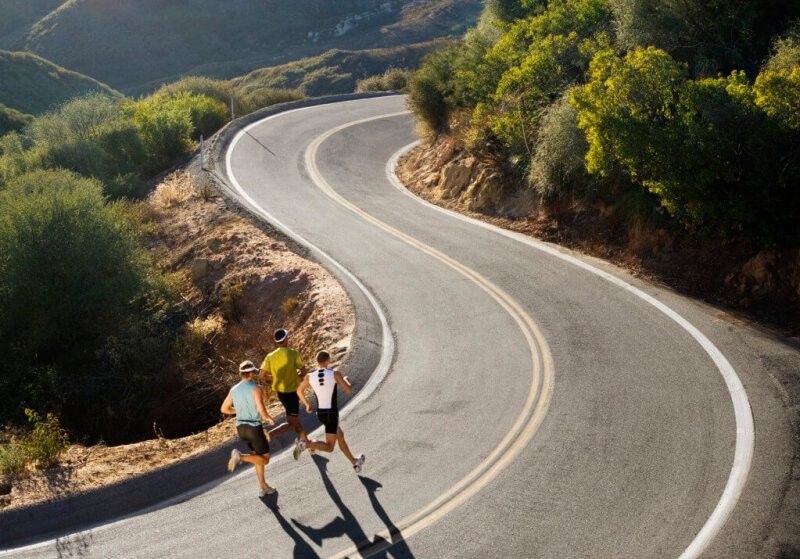
You should always have this type of agreement with your personal injury lawyer. This means that if you do not win your case, you will not have to pay any legal fees. This is important because it allows you to pursue your case without having to worry about the financial risk. Having a No Win, No Fee agreement means that your lawyer will only get paid if you win your case, so they will be more motivated to get you the best possible outcome. This way, you can focus on your recovery without worrying about the financial burden. Also, make sure to ask about any other fees that may be associated with the case, such as filing fees or expert witness fees.
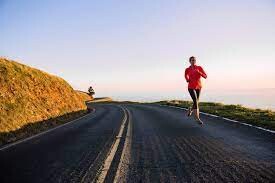
Get a Police Report
The second thing you need to do is get a police report. A police report will document the accident and will be helpful if you decide to file an insurance claim or personal injury lawsuit. The police report will also help to establish who was at fault for the accident. The police report should consist of the names and contact information of any witnesses, the name and contact information of the driver, and a description of the accident. If you decide to file a lawsuit, the police report will be used as evidence. Also, you will need to collect the evidence at the scene of the accident. This includes taking photos of the damage to your vehicle and any injuries you sustained. You should also get the contact information of any witnesses who saw the accident. Additionally, it is important to be ready in case the other driver tries to flee the scene. If you are able, get the license plate number of the other vehicle. What’s more, try to stay calm and do not argue with the other driver. It is important to get their insurance information so that you can file a claim and get compensated for the damages.
Get Medical Treatment
The third thing you need to do is get medical treatment. Even if you think your injuries are minor, it is important to get checked out by a doctor. Some injuries, such as whiplash, may not be immediately apparent but can still cause long-term damage. Getting prompt medical treatment will also help to document your injuries and will be important if you decide to file an insurance claim or personal injury lawsuit. Also, be sure to keep all of your medical records and bills as they will be important if you do decide to file a claim or lawsuit. Document all the days that you did not go to work due to the injury as well. This will be used to calculate your lost wages.
Consult with a Personal Injury Lawyer
The fourth and final thing you need to do if you are hit by a car while jogging is to consult with a personal injury lawyer. A personal injury lawyer will be able to tell you whether or not you have a case and how much your case is worth. They will also be able to guide you through the legal process and help you get the best possible outcome. If you decide to file a lawsuit, your lawyer will handle all of the paperwork and will represent you in court. Additionally, your lawyer will be able to negotiate with the insurance companies on your behalf. Keep in mind that most personal injury lawyers work on a contingency basis, which means they will only get paid if you win your case. So, you will not have to pay anything upfront.
If you or someone you know has been hit by a car while jogging, it is important to take action in order to protect your rights. Be sure to follow the four steps outlined in this blog post and contact a personal injury lawyer as soon as possible. With the help of a lawyer, you can get the compensation you deserve. We hope this blog post was useful. Thank you for reading and good luck!
(05/21/2022) ⚡AMPby Colorado Runner
Running Has Encouraging Benefits for Those Suffering from PTSD
Experts share stories of how exercise can help people navigate trauma.
Lifelong runner and licensed psychologist Holly Serrao-Fitzsimmons, Ph.D., knew something was wrong after the birth of two premature sons, in 2012 and 2015. She was experiencing something she was trained to diagnose: post-traumatic stress disorder or PTSD.
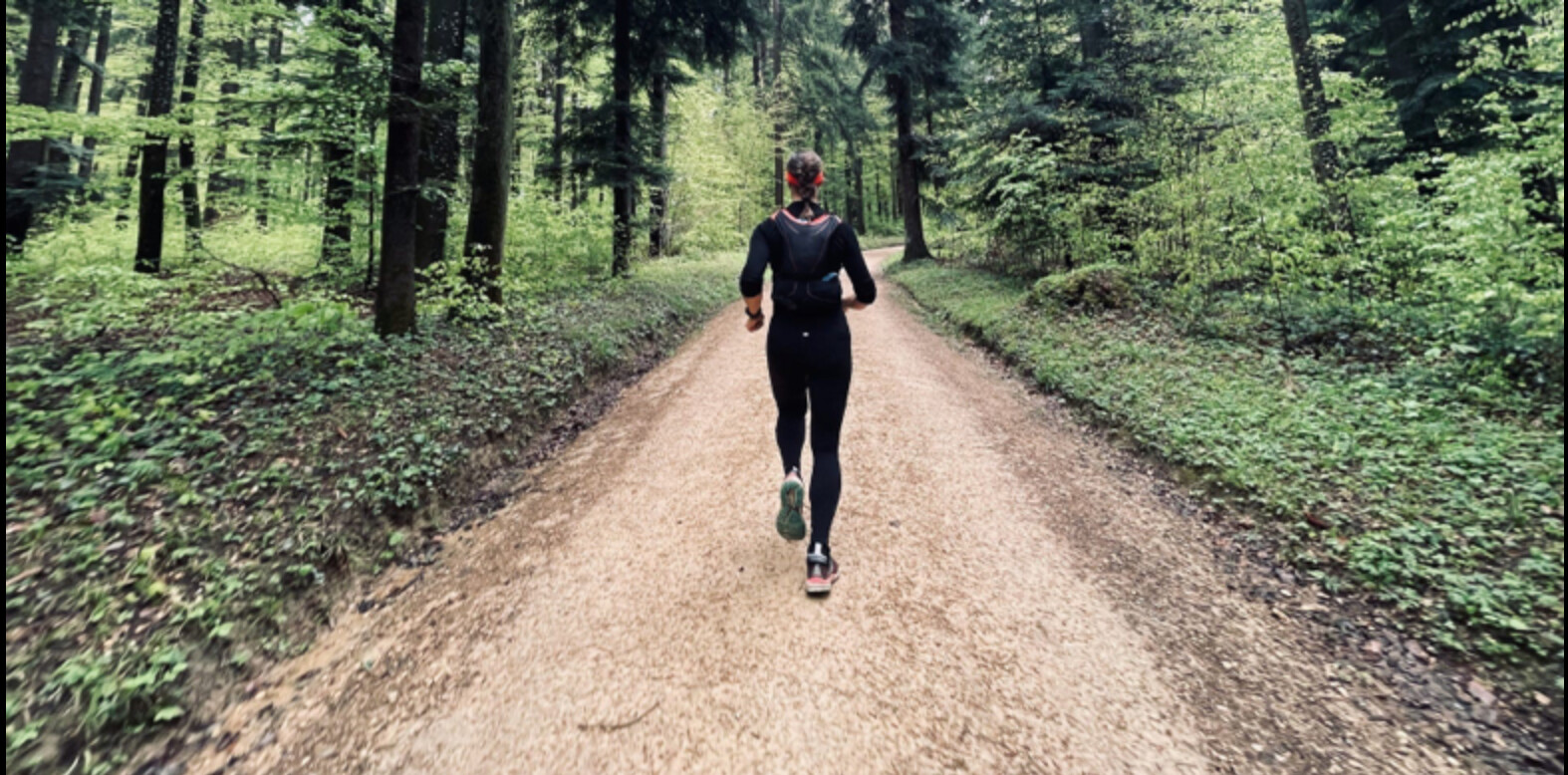
When her first son was born at just three and a half pounds, she described being in a state of shock, feeling frozen in her body, and on high alert. For several months, her son’s life hung in a delicate balance.
When her firstborn came home, it wasn’t joy she felt, but rather anxiousness and fear about what could happen or go wrong. “I would relive the birth and events leading up to it. I would relive images of them and moments experienced in the NICU. I would then avoid certain streets or areas of town—like the area around the hospital,” Serrao-Fitzsimmons says. “Certain smells of the hospital and certain types of antibacterial gels and soaps they used there would really bother me. Increased arousal was probably the biggest symptom I had. I was on high alert, hyper-vigilant for a long time afterwards.”
At that time, she confirmed her PTSD diagnosis with her therapist.
What is PTSD?
PTSD was formally added to the list of neurological and mental conditions by the American Psychiatric Association in 1980, after many Vietnam veterans were treated for it. Today, the diagnosis is broadly accepted and understood to be a result of experiencing any type of traumatic event outside of the body and mind’s ability to process or control it.
PTSD is an intense physical and emotional response to a traumatic event that persists long after the trauma occurred. The CDC defines the symptoms as falling into three broad types: re-living, avoidance, and increased arousal.
Many humans will experience a traumatic event in their lifetime. Many will aptly process it within a few months. But for those unable to effectively process a significant trauma and move through it could be suffering from PTSD. Clinical neuroscientist Scott Hayes, Ph.D. associate professor in the department of psychology at The Ohio State University tells Runner’s World that PTSD is associated with symptoms such as involuntary and intrusive memories of the event, decreased attention and concentration, and avoidance of things that could trigger the unwanted memory, and further negatively impact mood and brain function.
The Research on Running and Exercise Helping Those With PTSD
One review, from Hayes and his team published in Frontiers in Psychiatry in 2019, looked at ten published studies that examined the impact of exercise interventions on PTSD. As noted in the review, one of the key features of PTSD symptoms is hyper-arousal—when the body is in a state of high alert and feels threatened, just as Serrao-Fitzsimmons felt after giving birth. Being in this state negatively affects the individual as it causes rapid heartbeat, heavy breathing, sweating, and a strong sense of agitation or fear of one’s safety.
The researchers set out to determine if repeated exposure to those unwanted reactions—the increased heart rate, sweating, and heavy respiration—through activities like running, could eventually help patients with PTSD associate these feelings in the body with something positive.
Hayes’ team noted in their review that those who did engage in vigorous-intensity exercise had fewer hyperarousal symptoms of PTSD. “Both observational and intervention studies provide support for the notion that anaerobic exercise, either alone or in combination with standard treatments, exerts positive mental health benefits among individuals with PTSD,” the report reads. “The results are encouraging as positive effects were observed in both civilian and military populations, as well as in both predominantly female and male study samples.”
We know that running elicits the same physiological responses in the body as PTSD (that increased heart rate, perspiration, and respiration), so if a patient with PTSD has repeated exposure to exercise, and these physiological symptoms, over time they learn that these arousal cues are not catastrophic and are not linked to the traumatic event, Hayes says. (He still advises that exercise should be used in conjunction with other forms of cognitive therapy and/or medication depending on the patient’s symptoms.)
“Aerobic exercise like running can also improve cognitive function, as well as enhance brain structure and function,” Hayes explains. “In studies of aging, we know that aerobic exercise enhances cognitive functions, including reducing distractibility. We also know that anaerobic exercise can positively impact brain structure and function in some of the same brain regions that are associated with PTSD.”
First-Person Accounts of Exercise Supporting PTSD Recovery
Long after the birth of her son and per the recommendation of her son’s therapists to offer outdoor stimulation, Serrao-Fitzsimmons started running again, this time pushing a stroller. She quickly noticed it was beneficial for her own mental health. Over time, her constant fear and panic of her son’s survival and possible complications started diminishing.
“Running through the woods I don’t have to think. It’s grounding and an opportunity to associate the experience of sweating and breathing heavily with something positive happening in my body. It’s about associating that feeling with something that’s not scary or bad and dissociating that feeling with trauma.”
After the birth of her second premature baby, Serrao-Fitzsimmons says the same symptoms returned, but this time she knew social support, therapy, medication, and running were important to her recovery.
“PTSD is often treated with cognitive approaches, which leads us to oftentimes forget that trauma itself is also an embodied experience, meaning that one can physically hold the effects of trauma in their bodies,” says Viann Nguyen-Feng, Ph.D., M.P.H., assistant professor of psychology at the University of Minnesota Duluth, and director of the Mind-Body Trauma Care Lab. “During a traumatic event, our bodies may react and respond in ways that were necessary for our survival and that might have seemed outside of our control.”
James Whitworth, Ph.D., health science specialist at VA Boston Medical Center, and assistant professor in the department of psychiatry at Boston University School of Medicine, experienced this first-hand. When he returned home after serving in the United States Army as an E5 Sergeant and fire team leader in an infantry rifle platoon (in Iraq) from 2003 to 2007, as well as the National Guard, he felt like the trauma of war caught up to him. His roommate at the time said he would shout and thrash in his sleep.
In 2012, Whitworth tragically lost a close friend to suicide, and then in 2013 the Boston Marathon bombing (not far from where Whitworth lives) brought forth intrusive memories of roadside bombs in the war to the surface.
He describes his PTSD, which he wasn’t diagnosed with until 2013 (seven years after returning from Iraq), as taking the shape of hyperarousal and aggression. “It was a very messy time. I made the decision to get help on my own, but had the constant support of my partner,” he says.
Whitworth started hiking and climbing mountains during this time and it proved to be a literal and figurative tool to his survival and motivation to get out of bed. He also says the loss of his friend was a deciding factor in his field of research. “My friend ended his life the same year I entered graduate school,” he says.
Today, Whitworth focuses his research on how exercise can be applied to the treatment, rehabilitation, and prevention of PTSD among veterans and other trauma survivors.
The Case for Movement and Therapy in Treating PTSD
“Running and other forms of somatic movement (like yoga, dance, or Tai Chi) help us reconnect with our bodies, to acknowledge all that our bodies had to do to ensure our survival, and importantly, to remind our bodies that we have survived; there is no longer a survival need to hold ourselves in fight, flight, freeze, or fawn mode,” Nguyen-Feng explains. In other words, movement is a chance for patients suffering with PTSD to release stress they might be holding onto.
Nguyen-Feng goes on to say, “Running and other forms of somatic movement allow us to tap into the inner wisdom of our bodies and provide a method of grounding us in the here and now, rather than being stuck in our minds.”
Today, Serrao-Fittzsimmons realizes the grounding practice of running. While she still gets triggered when her children are sick, having a consistent running routine helps her manage these triggers. “Running helps me be more present and calmer; it’s kind of like staring out at the ocean—it gives me perspective and helps me see solutions to problems,” she says.
Whitworth also says the tools he’s gained in therapy and from exercise have helped him to be more prepared for stressful life events.
How Therapists Incorporate Movement
Because of the promising pay-offs of exercise when it comes to mental health, some mental health therapists will even incorporate exercise into their sessions in order to further help their patients. For example, Los Angeles-based therapist Sepideh Saremi, LCSW, founder of Run Walk Talk, has built a practice around getting her clients moving and talking. She holds sessions outside along the Pacific Ocean, walking or running with clients.
“In addition to the neurochemical benefits of running (including release of the mood-boosting brain chemicals serotonin and dopamine), it also helps support people’s feeling of self-efficacy and ability to concentrate,” she explains. “Exercise can often help people feel a sense of control, which can counteract the feeling of helplessness that’s part of PTSD.” Saremi works with clients who’ve experienced a wide array of trauma from childhood abuse to sexual abuse.
“In a Run Walk Talk session, I run and walk with patients and clients at the beach while we talk about the things they want to change in their life. We usually spend about forty minutes running and walking, and about ten minutes in my office afterward to cool down and talk about what they’re taking from the session and what they’ll do before the next time we meet,” says Saremi.
“I started running right around the time I started graduate school to become a therapist, and was curious about how running was being used to treat mental health. When I looked into it, I realized there was a ton of evidence to support running and walking as a mental health intervention, but I didn’t know any therapists who were doing it,” Saremi adds. “That’s where the idea for it was born, though since starting Run Walk Talk, I’ve discovered a number of therapists who incorporate running into their work, and I’ve trained many therapists myself, as well.”
What to Know Before Trying Exercise for PTSD Recovery
While Hayes’ acknowledges that many of the current studies provide some evidence for the positive influence exercise may have on PTSD symptoms, most of the current studies either test a very small number of participants or lack a control group. So more research is needed to truly confirm the results.
Nguyen-Feng also reminds us that it takes a support team—whether that’s in the form of community or individual therapy sessions—to help address mental health conditions. “I think bodily movement is necessary and complementary to any ‘work’ we do with our minds, and professional and/or social support is necessary for healing,” Nguyen-Feng says. “So I encourage runners and interested runners to consider that support integral to their training regime or running schedule.”
Saremi also reminds patients who’ve experienced trauma and haven’t exercised before to walk or begin running with people you feel safe around, so you’re more comfortable.
How to Find a Therapist
It can be overwhelming for patients to find a good therapist. “There are a lot of factors to consider: cost, your goals, the therapist’s training, and interest areas are often the most relevant,” Saremi says. Know that the process can take some time, but the advantages are worth the effort.
Saremi suggests TherapyDen, a free online directory of inclusive and affirming therapists. You can also check out Psychology Today and Psychologist Locator to search for therapists in your area, or try Teledoc for virtual appointments.
(05/21/2022) ⚡AMPby Runner’s World
Does Mushroom Coffee Offer Any More Benefits Than a Regular Cup?
The truth on whether it packs health benefits or provides any pay-offs for your mileage.
While many people turn to a morning cup of coffee as a pick-me-up, others might sip the beverage as a way to boost their health and performance. After all, research shows the benefits of caffeine for those looking for an edge, including reduced time to exhaustion during exercise, so you can clock more miles without fatigue. But now another health trend has joined the coffee shelves: mushrooms.

The mushrooms infused into coffee are also known as adaptogens—or plants thought to have stress-fighting capabilities. Manufacturers claim that adaptogenic mushrooms, like cordyceps, reishi, and Lion’s mane, make mushroom coffee a calming beverage, rather than a jittery caffeine fix.
To figure out how mushroom coffee stands out from your regular cup of java, we turned to a few nutrition experts. Here’s what to know before you buy.
Are there benefits to mushroom coffee?
There are many health promises associated with mushroom coffee, such as enhanced productivity and athletic performance, a boost in metabolism, and increased relaxation. The only problem is that there is absolutely zero research on mushroom coffee.
That said, “all mushrooms are rich sources of vitamins and minerals, so they do contribute nutrients and antioxidants [to your diet],” says Ginger Hultin, M.S., R.D.N., owner of ChampagneNutrition, and author of Anti-Inflammatory Diet Meal Prep and How to Eat to Beat Disease Cookbook.
Elizabeth Shaw, R.D.N., C.P.T, founder of ShawSimpleSwaps.com says researchers have studied the health benefits of mushrooms and the results show promise in a variety of areas.
That means that while the combined effects of mushrooms and coffee have not been proven, there is some research on the benefits of fungi for athletes. For example, a study published in High Altitude Medicine & Biology in 2014 examined the effects of rhodiola (an herb) and cordyceps (a mushroom) supplementation on male athletes who were training at high altitude. The athletes who supplemented with rhodiola and cordyceps were able to run for longer before reaching exhaustion than those in the placebo group.
Another randomized controlled trial found that eight weeks of supplementation with rhodiola and cordyceps slightly enhanced endurance training performance and body composition in young sedentary individuals.
There is some research on other varieties of mushrooms and their health benefits, too, such as reishi for improving immune response and Lion’s mane for mitigating impaired cognition, but the populations studied were small groups (less than 50 people) and football players or cognitively impaired men, so the results don’t necessarily translate to runners.
That said, while there is some research on the benefits of mushrooms for athletes, we still need more science to solidify their pay-offs.
Besides the lack of scientific evidence, Shaw does point out a pro to mushroom coffee that she has personally experienced: “One of the cool things [about] mushroom coffee is that it’s actually lower in caffeine but gives me the same ‘jolt’ I’m looking for,” says Shaw. For example, a cup of Four Sigmatic’s instant mushroom coffee has 50 mg of caffeine, compared to almost 100 mg in a cup of regular coffee. So for those who like some caffeine in their life but find coffee to be “too much,” certain mushroom coffees may do the trick.
Are there drawbacks to mushroom coffee?
There aren’t too many drawbacks to drinking mushroom coffee, other than putting a dent in your wallet. “This specialty coffee can get a little pricey (most brands cost around $20 for a 12-ounce bag of beans), so while it’s a fun, trendy, functional food to try out, it’s not a must-have for health if you’re on a tight budget,” says Shaw.
Not to mention that very high doses of medicinal mushrooms are used in research to show any health benefits. Most mushroom coffee manufacturers don’t disclose the amount of shrooms in their products, meaning that it’s unlikely that you will reap the same benefits from a cup of mushroom joe.
As with all new additions to your diet, though, Hultin advises checking with your medical team to make sure the mushrooms do not interact with any medications you may be taking.
What to know before you buy
“Be sure to check the label and read the ingredients,” says Hultin. She suggests watching out for added sugars or flavors. “It’s important to know what’s in all of your foods and beverages because these ingredients can add up throughout the day,” Hultin adds. For example, the max recommended dose of caffeine per day is 400 milligrams or about 4 cups of coffee so keep that in mind when sipping mushroom-infused variations.
As for brands to look for on shelves, Shaw is most familiar with Four Sigmatic, which comes in whole bean, ground, instant, pods and even lattes with powdered mushrooms mixed in. They also feature non-mushroom additives in their coffee, like probiotics and ashwagandha.
Brainchild is a Seattle-based mushroom coffee distributor that uses beans from small farms. They have ground and instant coffee with mushrooms, like Lion’s mane, cordyceps, chaga, and reishi, as well as tea with mushroom infusions.
And if you’re looking to switch things up a bit, Om sells mushroom coffee, mushroom matcha lattes, and mushroom hot chocolate.
The bottom line on mushroom coffee
If you want a cup of coffee with less caffeine and maybe some mild health benefits, then there’s no harm in trying mushroom coffee. But don’t expect it to completely revolutionize your health. And keep in mind that it does have a slightly earthier taste than normal coffee. So if you like it, go for it. If you compensate by adding more sugar and cream, then consider skipping it.
Mushroom coffee is basically powdered mushrooms mixed in with coffee grounds. And proponents of this drink combination swear that it not only tastes good, but it’s also loaded with “good for you” ingredients.
(05/21/2022) ⚡AMPFour different ultrarunners are running across North America
Many runners have felt the silent pull of the long run, but running all day, every day, for months, takes the meaning of “long run” a step further. The passion for these gigantic physical and mental journeys seems only to be growing within the ultrarunning community, and we are aware of at least four ultrarunners (two Americans, one Canadian and one Irish) who are currently (or soon will be) crossing North America on foot–each for different reasons and causes.
Pete Kostelnick of Phoenix, Ariz. is known for breaking the trans-American record in 2016 by crossing the U.S. on foot in a record 42 days, six hours and 30 minutes. He followed that up in 2018 by completing a self-supported 8,614 km run from Kenai, Alaska, to Key West, Fla., including portions of western Canada, in 98 days. In July, he’ll begin an attempt to not only run 50 miles per day in 50 states over 50 days straight, solo, but he will then to head to Australia to become the first human to run the 3,935 km from Perth to Sydney, averaging roughly 128 kilometres per day for 31 days.


Kostelnick, 35, writes about the Australian adventure: “In running from Perth to Sydney in the bar I’ve set for myself, that will be the most difficult and challenging one I’ll probably ever attempt.” Kostelnick will host a daily podcast throughout his journey, and invites fellow runners to join him throughout his cross-U.S. run, with his expected dates of arrival in various places posted on social media.
Fellow Hoka-sponsored athlete and ultrarunner Mike Wardian of Arlington, Va., has already begun his trek across the U.S., one the athlete says he’s dreamed of for much of his life. Wardian is currently on day 19 of the 5,100 km journey, averaging 80 km per day and supported by his father, Richard Wardian. His daily updates online include what music or book he is listening to (yesterday was Guns and Roses), among other things. Wardian is raising money for World Vision in an attempt to provide greater access to clean drinking water to people across the world, in a project he has dubbed #runninghome.
Canadian Dave Proctor of Okotoks, Alta., is making his second attempt at breaking the cross-Canada record set by Al Howie in 1991. Howie ran from Newfoundland to Victoria in 72 days, 10 hours; following in Howie’s footsteps from east to west, Proctor hopes to complete the trek in 66 days. Proctor’s previous attempt in 2018 ended in injury, and his second attempt has been delayed by the pandemic. Currently on day five, Proctor is averaging 105 km a day and is supported by a varied crew of friends (including Canadian ultrarunners Matt Shepard, Mike Huber and Myron Tetrault, among others) and family, who are flying out separately to various points on his trip and providing aid for six to 16 days each.
Irish ultrarunner Richard Donovan, creator of the World Marathon Challenge (seven marathons on seven continents in seven days), is also running across the U.S., from east to west, in memory of his friend Alvin Matthews. Donovan’s run began the day after the Boston Marathon (which he also ran). He hopes to average about 64 km per day in a scenic and circuitous journey that will take about three months; he made a similar trek in 2015.
All four athletes have demonstrated remarkable prowess at ultra-distance events, and readers and runners alike look forward to both following the athletes online and spotting them on highways on multiple continents over the next few months.
(05/21/2022) ⚡AMPby Running Magazine
Alan Culpepper named new head coach of HOKA NAZ Elite
One of the top training groups in the U.S., HOKA NAZ Elite, has announced the hiring of two-time Olympian Alan Culpepper as their new head coach. Culpepper will take over from previous coach Ben Rosario, who will be stepping into an executive director position with the track club, focusing on content, corporate partnerships and community initiatives.
“We’ve been working on this for a full year, and I couldn’t be more pumped with the end result,” said Rosario in a press release. “Alan will head to Flagstaff, Ariz., on Friday, May 20, where he will step into the coaching position straight away.


"Rosario founded NAZ Elite with his wife Jen in 2014 and coached the club for eight years. During that time his athletes won five international medals and 12 national titles; in 2020, Aliphine Tuliamuk won the U.S. Marathon Trials and in 2021 she represented the U.S at the Tokyo Olympics.Culpepper is a two-time Olympian, representing the U.S. in the 10,000m at Sydney 2000 and in the marathon at Athens 2004.
At the 2002 Chicago Marathon, Culpepper had the fastest-ever debut by an American, where he ran 2:09:41 to finish sixth. Since retiring from competition in 2008, Culpepper has coached cross-country and track programs at the high school and NCAA levels.He will step in to coach the likes of Stephanie Bruce, Kellyn Taylor, Tuliamuk and Lauren Paquette, who have already proven themselves over a variety of distances, while younger athletes such as Matt Baxter, Tyler Day, Wesley Kiptoo, Alex Masai and Katie Wasserman were all top performers on the track at the NCAA level.
Culpepper said in the press release that recruiting will be key as the team begins its expansion phase.
(05/21/2022) ⚡AMPby Running Magazine
2022 Carlsbad 5000 Announces Its Elite Field
eigning champion and 17-time NCAA All-American Edward Cheserek headlines men’s race; Olympians Kim Conley and Dom Scott lead women’s elite fields
36-Year Southern California Running Tradition Returns with over 6,000 runners on Sunday, May 22
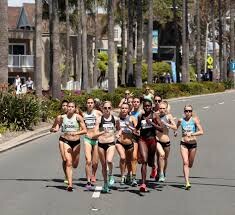
One by one, America’s most famous road races have returned after being waylaid by COVID. The Boston Marathon, Peachtree Road Race, New York City Marathon.
Familiar images unfolded. Runners excitedly talked to friends and strangers in corrals. Spectators delivering high-fives. Medals draped around necks.
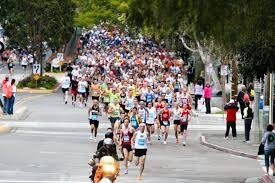
Bolder Boulder, Bay to Breakers, the Los Angeles Marathon.
Come Sunday, the last of the United States’ iconic road races returns after a three-year pandemic hiatus when the Carlsbad 5000 presented by National University celebrates its 36th running. Over 6,000 runners and joggers will enjoy the splash of the surf and clean salt air along the traffic-free Pacific Coast Highway 101, then sipping brews in the Pizza Port Beer Garden.
“I’m excited to return to the Carlsbad 5000,” said reigning champion Ed Cheserek of Kenya. “Last time in 2019 was a lot of fun and after everything our running community has been through since then, I’m really looking forward to being back at the beach in sunny Southern California.”
The Carlsbad 5000 is renowned as “The World’s Fastest 5K” and the moniker was earned.
Sixteen world records have been set on the seaside course, plus a slew of national records and age group bests. Olympic gold medalists Tirunesh Dibaba, Meseret Defar and Eliud Kipchoge have run Carlsbad.
So have U.S. Olympic medalists Deena Kastor and Meb Keflezighi. Keflezighi, the San Diego High product and only male runner in history to win the Boston and New York City marathons, plus an Olympic medal, is now co-owner of the race.
“The San Diego community is very proud of the fact that Carlsbad hosts the world’s most famous 5k race,” said San Diego Track Club coach Paul Greer, a former sub-4-minute miler. “We’re proud of the race. And local runners are endeared by the fact that Meb is involved in the event because he’s one of our own.”
Many people deserve credit for the Carlsbad 5000’s success. Chief among them are Tim Murphy, the race’s creator, Steve Scott, the former American mile record holder who designed the course, and the late Mike Long, the beloved man who built relationships with African athletes and recruited them.
When the race was first held in 1986, the 10K and marathon were road racing’s popular distances. The 5K was considered a casual fun run.
“That’s how innovative Tim was,” said Scott. “He was going to start something when there wasn’t anything there.”
Scott not only designed the course. He won the first three races.
Another plus for The ’Bad: the race fell perfectly on the calendar, with the elite runners being in peak fitness after running the World Cross Country Championships.
“The world records were produced by the quality of the fields and the expectations of running fast,” said road racing historian and announcer Toni Reavis.
It may have been three years since the Carlsbad 5000 was held live (there was a virtual race in 2020), but all the charms will be back Sunday. The custom beer garden IPAs, the ocean views, the left-hand, downhill turn onto Carlsbad Village Drive, and the sprint to the finish.
The race’s official charity is the Lucky Duck Foundation, a local non-profit dedicated to fighting homelessness in San Diego County.
“Homelessness is San Diego’s number one social issue right now, and I couldn’t be prouder to partner with Lucky Duck Foundation as an official charity of the Carlsbad 5000,” said Keflezighi.
As in the past, the Carlsbad 5000 will feature a series of age-group races, starting with the Men’s Masters at 6:55 am, the Women’s Masters at 8:00 am, Open Men at 9:15 am, Open Women at 10:08 am, Junior Carlsbad Kids Mile at 11:20 am, Junior Carlsbad Kids Half-Mile at 12:13 pm, Elite Men at 1:20 pm and Elite Women at 1:23 pm.
The morning-long races create a cheering audience for the pros.
“That’s the other thing that made the elites run fast,” said Reavis. “The crowds.”
So after a three-year pause, the Carlsbad 5000 is back. For why the race continues to maintain its iconic appeal, Reavis said, “It’s those ocean breezes, the lapping waves, the laid-back lifestyle. It is perfect for this little Southern California town which gets transformed into a race course.”
For a complete race day schedule and more, visit Carsbad5000.com.
— Elite Rosters Follow —
Elite Men
Bib Number , Name, Country, Career Highlight, Birthday
1. Edward Cheserek, KENYA, Defending Champion . 17x NCAA Champion, 02/02/1994
2. Kasey Knevelbaad, USA – Flagstaff, 13:24.98 5000M(i) Personal Best, 09/02/1996
3. Reid Buchanan, USA – Mammoth, 2019 Pan American Games 10,000m Silver, 02/03/1993
4. Jose Santana Marin, MEXICO, 2019 Pan American Marathon Silver Medal, 09/03/1989
5. Eben Mosip, KENYA, Road 5k Debut, 12/31/2002
6. James Hunt, GREAT BRITAIN, 4-time Welsh Champion, 04/28/1996
7. Dennis Kipkosgei, Kenya, 2021 Philadelphia Broad Street 10 Miler Champion, 12/20/1994
8. Sean Robertson, USA, Butler University Athlete, 09/16/2001
9. Tate Schienbein, USA – Portland, 2013 U.S. Junior Steeplechase Champion, 04/04/1994
10. Hosava Kretzmann, USA – Flagstaff, AZ, 14:15 5000m PB, 09/02/1994
11. Dylan Belles, USA – Flagstaff, AZ, 2X Olympic Trials Qualifier, 05/16/1993
12. Dylan Marx, USA, San Diego’s Fastest Marathoner, 01/14/1992
13. Steven Martinez, USA – Chula Vista, 2x U.S. Olympic Trials Qualifier, 09/15/1994
14. Spencer Johnson, USA – San Diego, 14:39.09 (2022 Oxy Distance Carnival), 03/20/1995
15. August Pappas, USA – San Diego, 14:05 PB, Big Ten Indoor Track Champs, 04/10/1993
16. Dillon Breen, USA – San Diego, 14:43 Virtual Carlsbad 2020, 09/01/1992
17. Dante Capone, USA – San Diego, Phd Student at Scripps Institute, 11/07/1996
18. Jack Bruce, AUSTRALIA, 13:28.57 5000m Best on Track, 08/31/1994
Elite Women
Bib Number , Name, Country, Career, Highlight, Birthday
20. Kim Conley, USA, One of America’s best 5000m runners, 03/14/1986
21. Dominique Scott, SOUTH AFRICA, Two-time Olympian, 05/24/1992
22. Grace Barnett, USA – Mammoth, Silver at 2021 USATF 5k Championships, 05/29/1995
23. Carina Viljoen SOUTH AFRICA, 5k Road Racing Debut, 04/15/1997
24. Ayla Granados, USA – Castro Valley, 15:53 Personal best, 09/18/1991
25. Biruktayit Degefa, ETHIOPIA, 2022 Crescent City 10k Champion, 09/09/1990
26. Andrea Ramirez Limon, MEXICO, 2021 National 10000m Champion, 11/05/1992
27. Claire Green, USA – San Francisco, NCAA All-American, 05/12/1996
28. Caren Maiyo, KENYA, 5k Road Debut. 7th At 2022 Houston Half Marathon, 04/17/1997
29. Nina Zarina, RUSSIA, California resident, 3rd at the 2021 LA Marathon, 03/17/1987
30. Emily Gallin, USA – Malibu, Finished 4th 2022 LA Marathon, 10/30/1984
31. Lauren Floris, – USA – Oak Park, 2020 U.S. Olympic Trials Qualifier, 07/07/1990
32. Sara Mostatabi, USA – Los Angeles, 09/27/1993
33. Ashley Maton, – USA – Toledo, 16.37 PR at U.S. Road 5k Championships, 11/20/1993
34. Judy Cherotich. KENYA, 16:50 PR
35. Lindsey Sickler, USA – Reno, 16:59 PR, 09/05/1997
36. Megan Cunningham, USA – Flagstaff, 15:53 Track Best 5000M, 03/01/1995
37. Jeannette Mathieu, USA – San Francisco, 2020 Olympic Trials Qualifier, 04/19/1990
38. Bre Guzman, USA – San Diego, 17:37 5k/ 36:00 Road 10k PR, 10/30/1992
39. Aubrey Martin, USA – San Diego, 17:33 5k /1:19 Half Personal Best, 10/10/1997
40. Chloe Gustafson, USA – San Diego, Division II – NCAA All-American, 11/10/1992
41. Sammi Groce, USA – San Diego, 2021 Rock ‘n’ Roll Marathon Winner, 04/29/1994
42. Kristi Gayagoy, USA – San Diego, 17:06 PR
43. Annie Roberts, USA – San Diego, 16:58 5k, 07/10/1996
44. Alexa Yatauro, USA – San Diego, 17:40 5k, 10/18/1995
45. Jessica Watychowicz, USA – Colorado Springs, 15:47.51 5000m Track PB, 02/27/1991
About the Carlsbad 5000
The Carlsbad 5000 annually attracts amateur, competitive and professional runners from around the world. The 36th running of the iconic race will take place on the weekend of May 21-22, 2021. The inaugural 1986 event helped establish the 5K as a standard road running distance, and today, the 5K is the most popular distance in the United States. Throughout its history, the Carlsbad 5000 has seen 16 World records and eight U.S. records, as well as numerous national and age group marks. Race day begins at 7:00 am with the Masters Men (40 years old and over), the first of seven races to take place on Sunday. The “Party by the Sea” gets started as soon as the first runners cross the finish line with participants 21 and older celebrating in the Pizza Port beer garden with two complimentary craft brews and runners of all ages rocking out to live music on the streets of the Carlsbad Village. Further information about the Carlsbad 5000 can be found online at Carlsbad5000.com and on Facebook, Instagram and Twitter.
(05/20/2022) ⚡AMP
by Running USA
Carlsbad 5000
The Carlsbad 5000 features a fast and fun seaside course where 16 world records have been set. Both rookie runners and serious speedsters alike enjoy running or walking in Carlsbad. Weekend festivities kick off Saturday morning with the beloved Junior Carlsbad, a kids-only event in the heart of Carlsbad Village featuring fun runs, toddler trots, and diaper dashes! On Sunday,...
more...Belgian runner Merijn Geerts sets Backyard Ultra world best with 90 laps (600+ km)
Last weekend in Germany, ultrarunner Merijn Geerts of Wilsele, Belgium, set a new world best in the quirky backyard ultra format of 90 laps during the Backyard Masters, breaking Harvey Lewis’s record of 85 laps set at the 2021 Big Dog’s Backyard Ultra. This is equivalent to a total of over 600 km, running the same 6.7 km loop every hour on the hour round the clock, with the only rest breaks being the few minutes between finishing one loop and starting the next.
Geerts broke the record at The Race of the Champions, an invitational in which participants must have qualified with at least 45 laps (300+ km) at a previous backyard ultra.

In the backyard ultra ultra racing format, only runners who finish the lap within the hour cutoff are allowed to start the next lap. When the second-last participant either quits or fails to finish a lap in time, the final runner must complete one more lap to claim victory.
Twenty four runners started the race, and 20 remained after 24 hours. There were four men still in the race after 62 laps; Norway’s Jon Asphjell was the first to drop, then Japan’s Terumichi Morishata dropped shortly after. Ireland’s Keith Russell and Geerts remained active for another 12 laps, until Russell finally dropped out after 89 laps and Geerts managed to complete his 90th lap, reaching a distance of 603.5 km. Both Russell and Geerts went well over Lewis’s previous record of 85 laps.
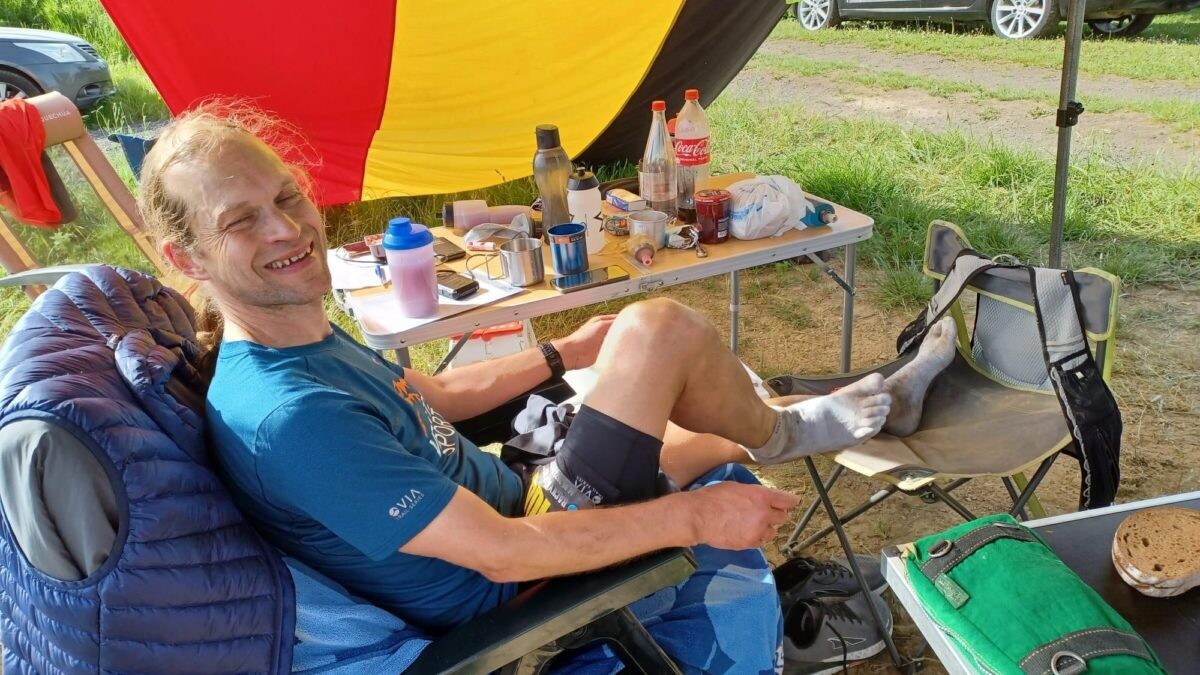
Russell started running in 2016 with his daughter Alanna, who had spastic quadriplegia cerebral palsy, and ran the 2017 Dublin marathon, pushing Alanna in a special running chair.
Geerts previously completed 74 laps and 496 km at this event in 2020. He was also the runner-up at the Backyard Ultra World Cup for the Belgian national team where Belgium won, and Karel Sabbe improved the backyard world record to 75 laps.
(05/20/2022) ⚡AMP
by Running Magazine
Hellen Obiri and Eilish McColgan will renew rivalry at the Great Manchester run
Last September Hellen Obiri beat Eilish McColgan by six seconds in the Great North Run and this Sunday (May 22) the duo renew their rivalry over the shorter distance of 10km at the Great Manchester Run.
McColgan has been in brilliant form, with a UK 5km record at the start of this month followed by victory in the Vitality London 10,000 where she missed Paula Radcliffe’s British record of 30:21 by only two seconds.
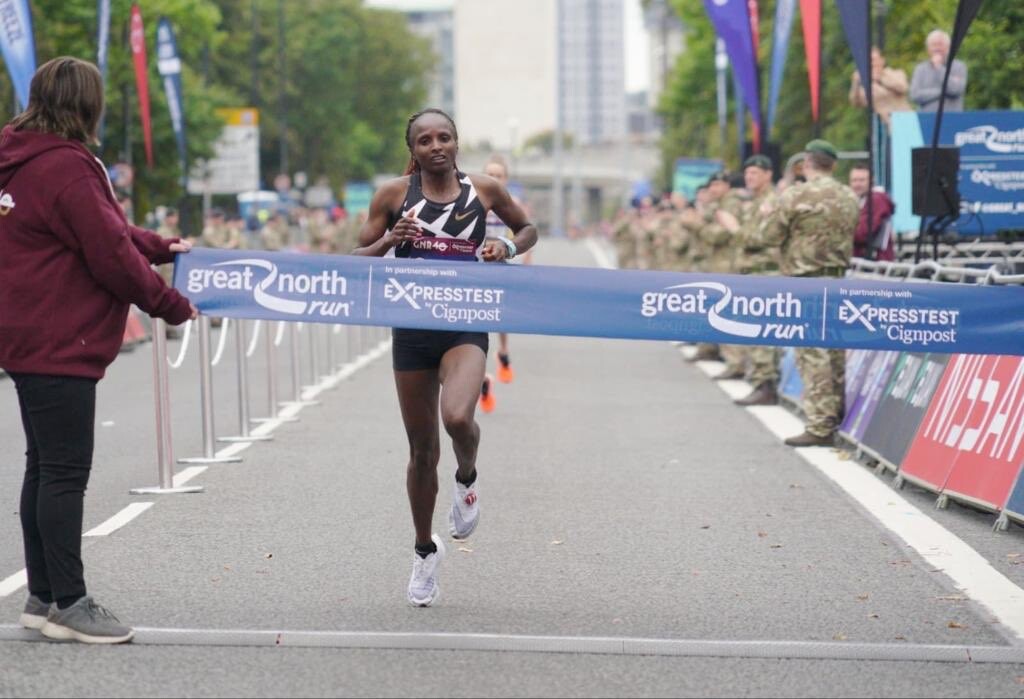
Obiri’s achievements make her the athlete to beat, though. As well as winning two world 5000m titles on the track, the Kenyan is the reigning Commonwealth 5000m champion and world cross-country gold medalist.
McColgan chose to give last week’s Night of the 10,000m PBs in London a miss in order to focus on training in the French Pyrenees. She will hope to push Obiri close again but the quality fields assembled for Manchester mean this won’t just be a two-horse race.

Ruth Chepnegetich defied horrendous heat and humidity to win the world marathon title in Doha in 2019 and the Kenyan has clocked 64:02 for the half-marathon, which was a world record when she ran it 13 months ago but has since been beaten by Letesenbet Gidey.
Sara Hall of the United States will be familiar to British fans after her runner-up performance at the 2020 London Marathon. She also held the US half-marathon record until recently, has a marathon best of 2:20:32 and is looking for a strong run in Manchester on Sunday.
Gerda Steyn, the South African ultra-marathon specialist, is also set to test her speed over 10km.
In addition to McColgan there are of course a number of other Brits in the elite women’s race. They include Jess Piasecki, the Stockport Harriers athlete who went No.2 on the UK all-time marathon rankings earlier this year with 2:22:27.
Steph Twell, the Tokyo Olympic marathon runner, is racing in Manchester ahead of the European Cup 10,000m in France a few days later.
After finishing ninth in the Boston Marathon in 2:25:26 in April, Charlotte Purdue also lines up in Manchester. Look out, too, for Lauren Heyes, Lily Partridge and Calli Thackery, the latter of whom is also racing at the Diamond League in Birmingham 24 hours earlier.
Like Thackery, Stewart McSweyn is also racing in Birmingham the day before the Manchester event as he continues to try to race himself into shape following a bout of Covid. He is joined by fellow Australian Jack Rayner plus New Zealand brothers Jake and Zane Robertson and Spaniard Antonio Abadia in the men’s 10km.
Sadly Mo Farah pulled out of the event following his under-par run at the Vitality London 10,000 earlier this month. But the winner that day, Ellis Cross, is set to race in Manchester and all eyes will be on him to see if he can repeat his form.
Mo Aadan, the Brit who finished third at the Vitality London 10,000, is in Manchester too. Further British contenders, meanwhile, include Ben Connor, Chris Thompson, Adam Craig, Josh Griffiths, Ross Millington, Phil Sesemann and Andrew Heyes.
(05/20/2022) ⚡AMPby Jason Henderson
Great Manchester Run
The Great Manchester Run, established in 2003, is an annual 10 kilometer run through Greater Manchester and is the largest 10K in Europe. Usually held in mid-May, it is the third-largest mass participation running event in the United Kingdom behind the Great North Run and the London Marathon. It is part of the Great Runs series of road races in...
more...Why you should be aware of RED-S, inadequate fuel intake can lead to relative energy deficiency in sport, and can affect both women and men, elite and recreational runners
In recent years, professional athletes have started to open up about the insidious condition known as relative energy deficiency in sport (RED-S). But the condition doesn’t only affect elites. So how does a recreational runner know if they are displaying symptoms? Recent studies have shown that training with a regular caloric deficit of as little as 300 calories a day can lead to RED-S.
Low energy availability (which may lead to a diagnosis of RED-S) is a mismatch between an athlete’s energy intake, or diet, and the energy expended during exercise, leaving inadequate energy to go toward health and athletic performance.
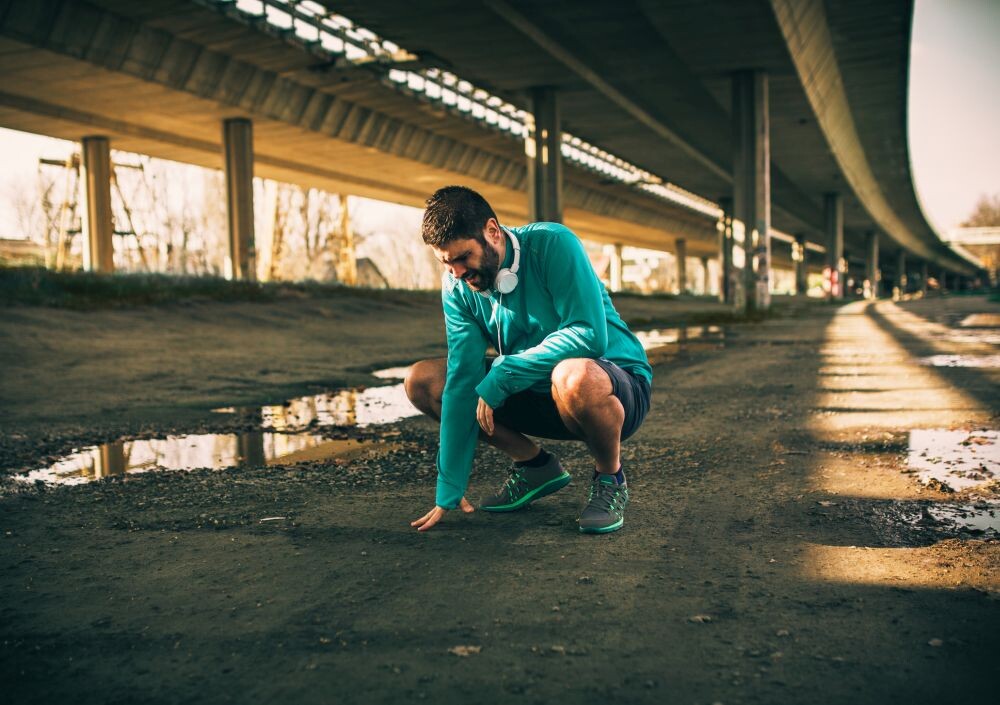
In short, it means they are not taking in enough nutrition to adequately fuel their training, and over time is likely to cause disruption to metabolic rate, menstrual function (in females), bone health, immunity, muscle growth and repair and cardiovascular health. It is not limited to female athletes, even though certain aspects of the condition (such as disordered eating, where it is a factor) may be associated in the public’s mind with women more than with men.
While RED-S has many similarities to overtraining or overreaching (terms runners may be more familiar with), according to overtraining syndrome expert Alexandra Coates, RED-S builds upon the model those diagnoses also fit into. Coates suggests many other physiological symptoms can occur as a result of RED-S.

The lasting impact of RED-S can be severe and detrimental to many aspects of a runner’s life, so knowing what to be aware of and when to see a physician are important.
For women, loss of their period (amenorrhea) is an immediate signal to see a doctor and have bloodwork done. Coates suggests other symptoms to watch out for are training inconsistencies, extremely low energy, and stress fractures or bone injuries.
One possibly surprising symptom is unexpected weight gain during a training cycle. As Coates explains, when an athlete is continuously living in a caloric deficit, metabolic disruptions can occur and the body shifts into starvation mode. Despite eating less, runners may find themselves gaining weight. Without knowledge of RED-S syndrome and regular checkups, even runners who consider themselves quite average in ability may unknowingly set themselves up for disordered eating–something that many female endurance athletes (including ultrarunners Lucy Bartholomew and Amelia Boone and Olympic marathon bronze medallist Molly Seidel, among others) have shared their experiences with via social media in recent years.
When increasing their training load, athletes should make sure to increase their caloric intake. Instead of operating from the mentality that leaner is better, runners need to remember that getting stronger requires more fuel. Trying to train in a continuous state of low energy availability will invariably lead to disappointment, loss of motivation, and potentially also to physiological and neurological damage.
RED-S, overreaching, and overtraining are all avoidable, and by maintaining a diverse, nutritious and non-restrictive diet (including a healthy amount of carbohydrate) and staying on top of regular physical checkups with a physician, runners can stay in the green, healthy zone.
(05/20/2022) ⚡AMPby Keeley Milne
New Course Record expected at 8th Okpekpe 10km Road Race
the eighth edition of the Okpekpe International 10km road race, organisers of the historic event have predicted a new men’s course record.
Ethiopia’s Teshome Mekonnen ran 28:35 minutes to set the men’s course record at the second edition of the race in 2014.

Race director, Zack Amodu, says the new rules guiding the invitation of athletes and the quality of the elite cast so far confirmed for the race point to only one direction: a new men’s and probably women’s course records come May 28, 2022, in Okpekpe.
‘One of the requirements for World Athletics elite label races is that each race must have at least five athletes per gender, irrespective of their country or territory representation, who have recorded in 2020, 2021, or 2022 at least one World Athletics legal performance within the standard set for the classification,’ said Amodu.

“For a World Athletics elite label 10km race, the standard for men is 28.27 minutes while for women it is 33.07 minutes.
“The standard for men is better than the 28.35 minutes record set in 2014 and to have at least five athletes who have run faster than that within the last three years among the elite cast for the Okpekpe race, your bet is as good as mine.”
Amodu is also confident a new women’s course record also looks achievable judging by the quality of the cast of elite women who will be in Okpekpe on May 28.
“This year’s race promises to be very explosive as far as the actions over hills and tarred roads, starting from Apana Road and ending in Okpekpe town,” added Amodu who says the quality of the organisation is never in doubt.
“For the race to be classified as one of the World Athletics elite label races, it means the organizational ability of the organisers has passed all the required tests.
‘For the avoidance of doubt, a World Athletics label denotes high standards in event organisation, safety and runner experience, application of World Athletics rules and regulations and in particular the competition and technical rules,’ said Amodu.
The historic Okpekpe International 10km Road Race is organised by Pamodzi Sports Marketing, a leader in sports marketing, sponsorship, hospitality, and rights acquisition business with operations in Nigeria.
It is the first road race in West Africa to be granted a label rating (bronze) and the first in West Africa to be upgraded to a silver label race.
(05/19/2022) ⚡AMPOkpekpe Road Race 10km
The Okpekpe Road Race invites world-class runners from around the world in a tradition tointermix local recreational and up and coming runnerswith the best of the best. Invitation extended to all CAA Member Federations, all military and para-military have sent in entries. Okpekpe is more than just a collection of fertilefarmlands or a window into the past, it is a...
more...Ben Flanagan and Leslie Sexton will defend Canadian 10k titles in Ottawa on May 28th
Ben Flanagan and Leslie Sexton will now defend their 2021 crowns on May 28th, 2022, at the Ottawa 10k presented by Otto’s Ottawa.
Owing to COVID restrictions – which delayed in-person racing – the Athletics Canada Canadian Championships were held in October 2021 in Toronto rather than in Ottawa last May. Flanagan raced to a 28:42 victory on the waterfront and Sexton, although crossing the line second on the day, was also crowned national champion.

Scottish guest runner Sarah Inglis finished first but was ineligible for the prize money and the title. Sexton, who has relocated to Vancouver following several years in Kingston, Ontario, ran a personal best of 32:04. A month later she significantly lowered her best marathon time to 2:28:35 when she won the Philadelphia Marathon.
This time around Flanagan will face stiff competition from not only Luc Bruchet, a two-time Canadian Olympian at 5,000m, but also from Rory Linkletter, who is having a stellar season.
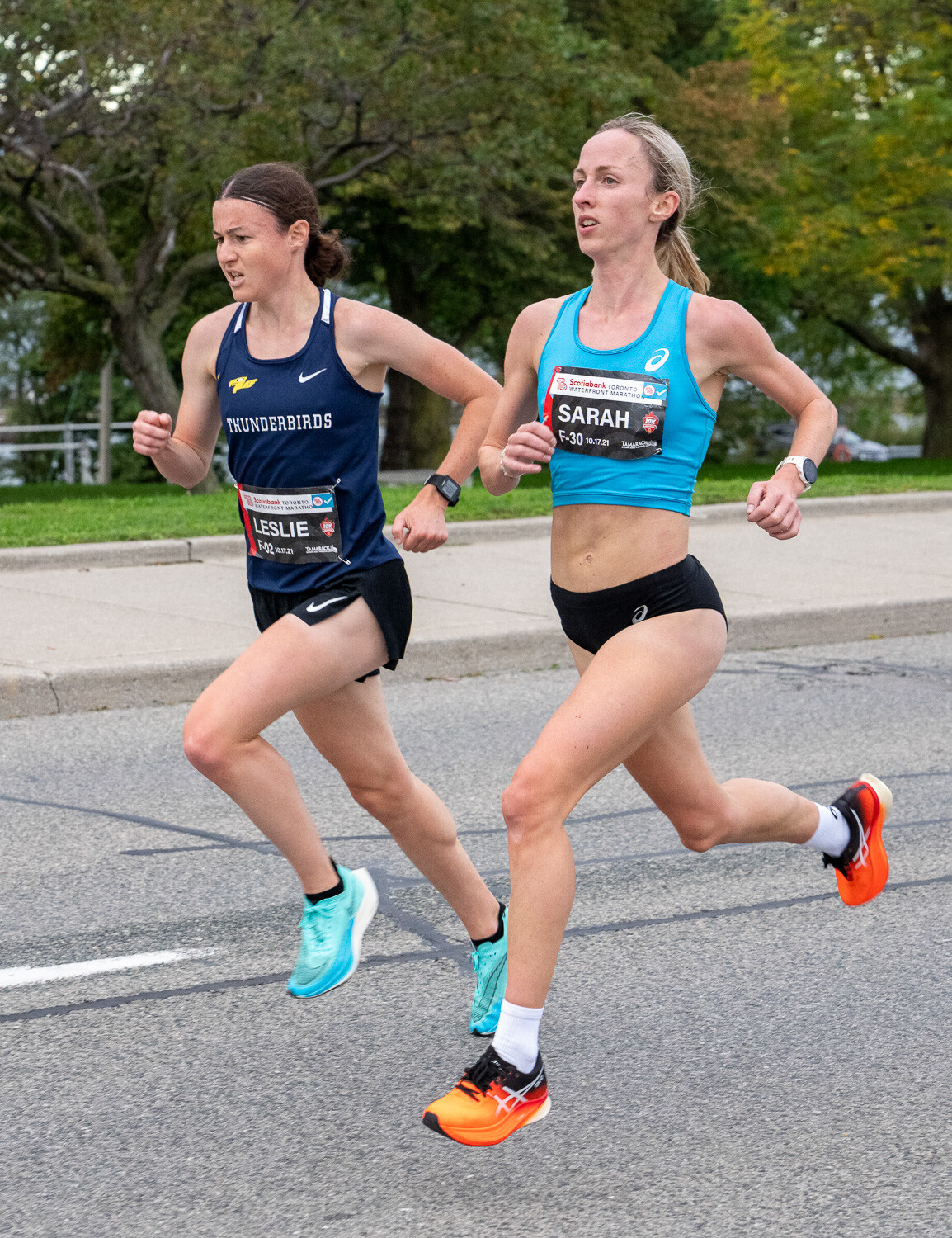
After breaking the Canadian Half Marathon record with a 1:01:08 clocking in Houston on January 16th – and finishing 20 seconds ahead of Flanagan – Linkletter ran 28:43 at the Cooper River Ridge Run 10k on April 2nd. In between those fine performances, he confirmed he has the speed to match Flanagan with an indoor 3,000m personal best of 7:49.13. That was recorded in Louisville, Kentucky on February 12th.
Linkletter, who lives and trains in Flagstaff, Arizona, parted ways with Hoka’s Northern Arizona Elite group last December to train with American marathon great Ryan Hall.
Bruchet was runner-up in that 2021 Toronto championship race with a time of 28:49. On April 24th, the 31-year-old from Vancouver set a new personal best of 28:29 in winning the Vancouver Sun Run 10k, which is a result that should cause Flanagan some concern.
Complicating his title defense a little further, Flanagan is coming back from six weeks of rehabilitation on a broken toe. But with a month of solid running, he surprised many by successfully completing a 1,500m/5,000m double at the Jesse Owens Track Classic in Ohio. He ran 3:44.98 and 14:10.07 with just ninety minutes between.
(05/19/2022) ⚡AMPby Christopher Kelsall
Ottawa 10K
Ottawa's course is fast, scenic and few elevation changes. Considered to be an excellent course for first timers and should provide an environment conducive to setting a PR. The Ottawa 10K is the only IAAF Gold Label 10K event in Canada and one of only four IAAF Gold Label 10Ks in the world. The Ottawa 10K attracts one of the...
more...Olympic Champion Marcell Jacobs opens season with sub-10 run in Savona
The blue track of Savona’s Fontanassa Sports Center was the venue for Marcell Jacobs’ first 100m since his Olympic triumph in Tokyo last year. The Italian sprint star made a victorious return at the World Athletics Continental Tour Challenger meeting on Wednesday (18), winning the final in 10.04 (0.4m/s) after a wind-assisted 9.99 (2.3m/s) in the heats.
It was just shy of the 9.95 he ran on the same track last year when making his season debut, but was a solid return to action after an intestinal problem forced him to withdraw from the Continental Tour Gold meeting in Nairobi earlier this year.
“I struggled a bit,” said Jacobs, whose last race was his world indoor 60m victory in Belgrade in March. “I wanted to run faster in the final than I did in the heat. I thought that I could run better technically, especially in the second half of the race. I need some more work in training, but it’s just my first outdoor race of the season.
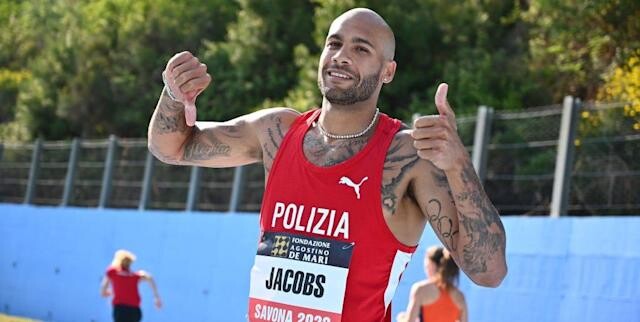
“I have time to reach my best form for the World Championships,” added Jacobs, who had originally been slated to contest the 200m in Savona. “But my next race, at the Prefontaine Classic, could be more difficult than at the World Championships, as I’ll face seven US sprinters.”
Arthur Cisse from Ivory Coast finished second in 10.10, beating former European record-holder Jimmy Vicaut (10.12). Sri Lanka’s YupunAbeykoon took fourth place in 10.16 ahead of Italy’s Chituru Ali, who improved his PB to 10.18.

Olympic 400m silver medallistMarileidyPaulino from Dominican Republic stepped down in distance to win the women’s 200m in a national record of 22.59 (2.0m/s). Paulino, who beat Olympic champion Shaunae Miller-Uibo over 400m at the Wanda Diamond League meeting in Doha last Friday, missed Dina Asher-Smith’s meeting record by 0.03.
Paulino’s compatriot FiordalizaCofil achieved another victory for Dominican Republic by winning the 400m in 51.36.
Britain’s Olympic 4x100m bronze medallist Darryl Neita was fastest in the women’s 100m heats with 11.12, but she skipped the final to focus on the 200m, where she finished to Paulino in an equal PB of 22.81. Italy’s European U23 champion DaliaKhaddari was third in 22.83.
Two-time Italian 100m champion ZaynabDosso won the women’s 100m final in 11.21 after improving her PB to 11.19 in the heats, missing Manuela Levorato’s national record by 0.05.
“I am not completely happy with my performance,” said Dosso. “It was a good day at the office, but it is not the right time of the year for a super-fast time. It’s the start of the season. My goal is to come close to breaking the 11 seconds barrier and reach my best form for the World Championships in Eugene and the European Championships in Munich.”
World indoor finalist Nick Ponzio won the men’s shot put with 21.12m. Ponzio competed for the third time in just five days after throwing 20.53m in Ponce and 21.73m in Rovereto last Sunday. Olympic fifth-place finisher Zane Weir made it an Italian 1-2 with a best throw of 21.05m.
Dominica’s Thea Lafond, who finished fourth at the World Indoor Championships in Belgrade, continued her good form by winning the women’s triple jump with 14.53m. Ana Lucia Jose Tima from Dominican Republic finished runner-up with 14.46m.
Elsewhere, Brazil’s Rafael Pereira won the men’s 110m hurdles in 13.36, missing the meeting record by 0.06, and double World University Games champion Ayomide Folorunso won the women’s 400m hurdles in a meeting record of 55.29.
(05/19/2022) ⚡AMPby World Athletics
Shelby Houlihan loses her final appeal
Two-time American record holder Shelby Houlihan, who is serving a four-year ban after failing a drug test in late 2020, has lost her final appeal to the Swiss Federal Tribunal. Houlihan will now have to serve the entirety of her ban and will be eligible to compete again in January 2025.
The news was announced on her Instagram. “I was told from the start it was a long shot,” Houlihan wrote. “The truth hasn’t won here and it’s devastating.” The 11-time U.S. champion on the track continues to maintain that she did not knowingly dope and that the ban is unfair.

In December 2020 Houlihan tested positive for the steroid nandrolone, and in June 2021, the Athletics Integrity Unit (AIU) handed her a four-year ban from the sport. After the ban was announced, Houlihan claimed the positive result was due to contaminated meat from a burrito food truck consumed the night before she was tested.
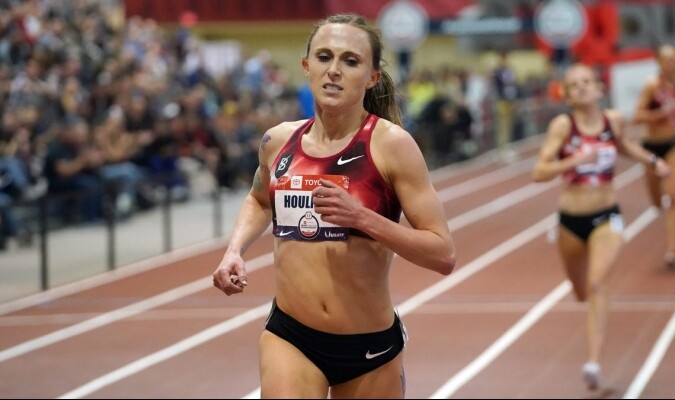
Houlihan appealed the ban and attempted to prove her innocence, but the Court of Arbitration for Sport (CAS) upheld the ruling against her, stating that “The Athlete’s explanation that the 19-NA in her sample resulted from her consumption of the meat of an uncastrated boar simply cannot be accepted. The explanation presupposes a cascade of factual and scientific improbabilities, which means that its composite probability is (very) close to zero.”
Houlihan launched a GoFundMe page to help pay her legal fees. In a final effort to have the ban overturned, she appealed to the high court of the Swiss Federal Tribunal in late 2021. Last week, the Tribunal made the decision to dismiss her appeal due to the lack of evidence.
Houlihan’s name no longer appears on the Bowerman TC website but is still a Nike athlete. Last month, Canada’s Gabriela DeBues-Stafford left Bowerman TC, after spending almost two years with the club, citing confusion around Houlihan’s presence and involvement with the club despite being banned.
(05/19/2022) ⚡AMPby Marley Dickinson
The most essential tips to help you run faster
Do you want to run faster splits, quicker distances, or best your personal record? Well, you’ve come to the right place.
After scouring multiple studies, the latest research, and speaking to a bona fide pro runner, the good news is there are a lot of things you can do as either an amateur, aspiring, or even professional runner to increase your speed. While there’s no replacement for good old fashioned training and a lot of persistence, here are nine smart habits to adopt before, during, and after your runs to improve your results, according to Colin Bennie, one of the professional runners recently signed to the new Reebok Boston Track Club.
DRINK MORE WATER THAN YOU THINK

Up to 75% of Americans are dehydrated, reports Medical Daily. While professional athletes never make that mistake, many amateurs do. So drink up to twice as much water before, after, and in between runs. “Before is the most important,” Bennie says. “At least 16 ounces for a 30 minute run.” Hint: Before doesn’t just mean immediately before, start the moment you wake up so you don’t have to make a pit stop mid-run.
ESTABLISH REGULAR GOALS
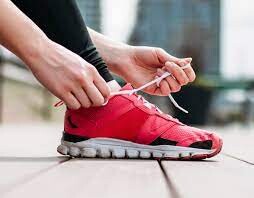
You can’t improve if you don’t know where you’re going. One of the easiest ways to improve your times is to run with the goal of reducing them, which can only be done by tracking them. But goals should include more than just time. “If you’re struggling with drinking enough water, for example, set goals to help you stay hydrated all day,” Bennie says. Anything can be conquered in small, digestible doses.
GET PROPER FUEL
You want to feel energized and unstoppable when you’re training for speed, and running on an empty or otherwise malnourished stomach is not going to help you do that. So what’s the best thing to eat before running? According to numerous reports, peanut butter on whole wheat toast with sliced banana on top is tough to beat. “It’s my go-to,” Bennie says. “But you should pick nutritious things that work for you if that doesn’t.”
WEAR THE RIGHT SHOES
“Having a shoe that feels right can make you feel ten times faster,” Bennie says. In addition to ensuring that the right shoe stays effective by not running in them past their expiration date, he recommends reading reviews and trying before you buy. As for his favorites, he regularly reaches for the Reebok Floatride Energy for his everyday runs and the Floatride Run Fast Pro on race or big days.
STRENGTH TRAIN (FOR REAL THIS TIME)
If you want to get faster, you have to improve more than just leg muscle and endurance. So mix up your weekly runs with lunges, squats, push-ups, planks, and a weight training regime to improve the fitness of your arms and core as much as you’re already doing for your legs.
TALK WITH A STRIDE COACH
Some runners unintentionally use disproportionate stride lengths (either too long or too short) or have natural gait problems. Since no two runners’ bodies are alike, you’ll only really know what your stride is like after talking with a stride coach or running coach who can offer recommendations. “This can have a big impact on your times,” Bennie says. One of the easiest ways to find a stride coach near you is to join a local running club or meet up, these groups will always be the insiders as to who is the best in your city.
USE POSITIVE PEER-PRESSURE
Humans are amazing at encouraging one another. So help yourself to a fast running partner or even just someone you enjoy running with to improve your speed or power through the days you don’t feel like running. “This is a sneaky but important way to hold yourself accountable while improving your speeds,” Bennie says.
LISTEN TO MOTIVATING MUSIC
Get this: pro runners are not allowed to listen to music while running, because it can have a such a measurable impact on performance. Wouldn’t you want that kind of leg up in your own workout?! Bennie says many of his teammates train to music or listen to it before a big race to get as big of a boost as possible.
REST IN BETWEEN RUNS
Last but not least, a fatigued body is a slow body. “Sometimes you need to take a day off or cut your runs short to give your body ample time to recover,” Bennie says. “Instead of beating yourself up, know that doing so will help you turn in a faster time the next day.” In short, this habit is super essential, he says.
(05/18/2022) ⚡AMPby Ville Engberg
Try this speedwork sandwich workout to prepare for the half-marathon
It can often be difficult to simulate the fatigue you’re going to feel at the end of a half-marathon in your training, but practicing pushing through that late-race fatigue is what will get you to the finish line in a new personal best. This speedwork sandwich workout will prepare you for exactly that so you can run your best half yet.
The speedwork sandwich

The idea behind this workout is that you’re asking your body to run at a sustained pace after you’ve already accumulated fatigue, which is exactly what you have to do at the end of your half-marathon. It’s very important to pace the first part of the workout correctly, or else you risk being unable to maintain your pace at the end (which is often a problem for runners who are new to the half-marathon and who go out too hard).
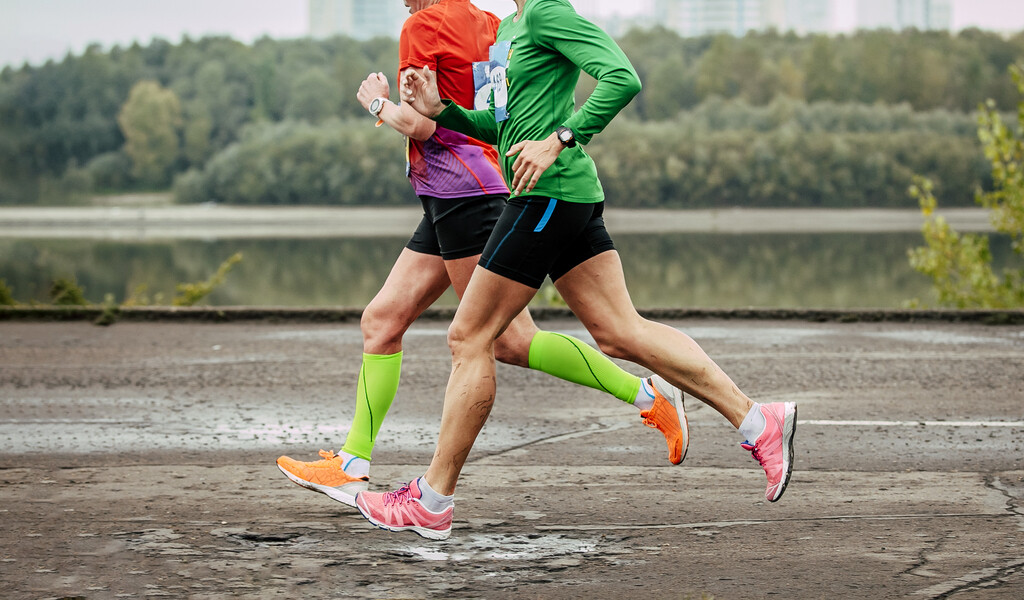
The first section of the workout should be comfortably hard. You’re still moving at a good pace, but you should feel as though you could keep going by the end of the interval. In the five-minute intervals, you can speed up a little, to approximately 10K pace. Finally, the last section will be tough, but the goal is to run half-marathon pace (or a bit quicker) to simulate the end of your race.
The workout
Warmup: 15-20 minute warmup, followed by form drills and strides
Workout: 3km at half-marathon pace/3 min rest/3 x 5 min at 10K pace with 2 min rest between each/3 min rest/3km at half-marathon pace
Cooldown: 10-15 minutes followed by light stretching.
(05/18/2022) ⚡AMP
by Running Magazine
Only five seconds separated the top three at KATA 10K Time Trial
Sibling rivalry and Excitement marked the May Kenyan Athletics Training Academy (KATA) 10k Time Trial with elite athletes fighting hard to keep their positions.
The event, the 9th since the inception of KATA, was a motivating factor for all those who posted their personal records during the trials that took place on Wednesday May 18 in Thika Kenya.
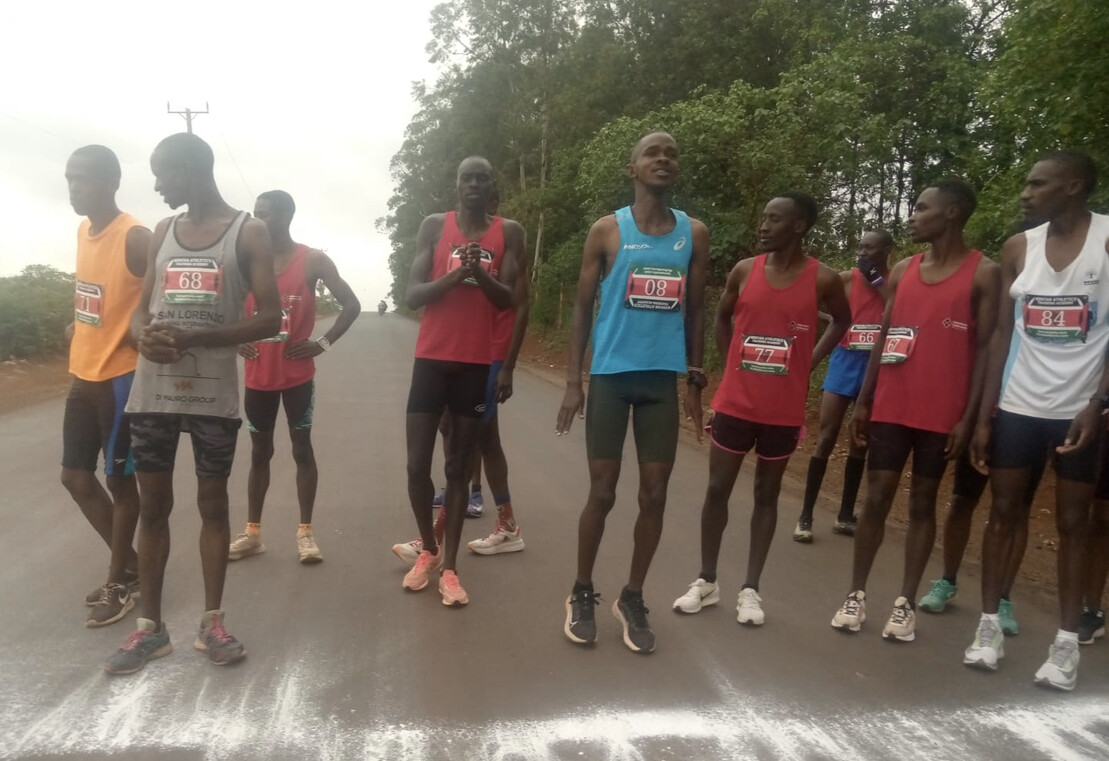
However, Peter Wanyoike and Zakariah Kirika were unstoppable as they fought tooth and nail to keep their top positions three times in a row.
Doing the trial a week after running his local marathon in Kenya, Wanyoike led Kirika to a 1-2 finish with Eston Mugo finishing third after recovery from an Injury.

Though the top two could not better their previous times, it was a relief for all the rest after knocking down several minutes and second from their previous times.
Wanyoike, who ran 2:25.04 ten days ago, registered 30:01.3 while his avid rival, who also ran 30:04, maintained 30:02.4 to keep his runners-up position.
Eston Mugo was shade over 30 minutes to click 30:06.3 from his April’s 33:22.1 with the all the rest attaining their Personal Best times during the trial that were held under cloudy weather.
60-year-old Charles Ndirangu clocked a fine 36:13.
The next KATA 10k Time Trial will be held on June 15th with better times being anticipated on the same course. Runners of all abilities are welcome to compete.
Names BIB Age Gender Time April Time
1. Peter Wanyoike 213 26 M 30:01.3 (29:53.7 April time)
2. Zakaria Kirika 237 21 M 30:02.4 (29:54.4)
3. Eston Mugo 224 26 M 30:06.3 (33:22.1)
4. Erick Mutuku 216 20 M 30:14.7 (31:41.3)
5. Raphael Gacheru 233 22 M 31:35.9 (32:28.4)
6. Fredrick Kiprotich 79 23 M 31:41.5 - - --
7. Nicholas Kitundu 80 22 M 32:06.9 ------
8. Boniface Mungai 235 23 M 32:30.5 (33:05.6)
9. Levis Kuria 214 21 M 33:04.5 (33:11.6)
10. Charles Ndirangu 82 60 M 36:13.2 ------
11. Samuel Muiruri 68 27 M 36:55.7 (42:30.8)
12. Peter Mukundi 71 25 M 39:16.5 New
13. Caren Chepkemoi 127 19 M 42:06. (42:30.5)
14. Susan Njeri 76 36 M 45:11.9 (45:30.2)
(05/18/2022) ⚡AMPby Coach Joseph Ngure
KATA Time Trial Series
The Kenyan Athletics Training Academy (KATA) in Thika Kenya stages a monthly time trial. Starting Sept 2021 this monthly event is open to anyone who would like to get an official time on a acurant course. Results will be published at My Best Runs so race directors and other interested people can see what kind of shape our participants are...
more...The 9th edition of Mattoni Karlovy Vary Half Marathon is Around the Corner
The Mattoni Karlovy Vary Half Marathon is approaching. This Saturday, May 21, starts one of the most beautiful Czech races!
For several years now, RunCzech has been organizing an international race in Karlovy Vary, which attracts professional athletes and enthusiasts runners.

The 9th edition of the Mattoni 1/2 Marathon Karlovy Vary will start from Nábřeží Osvobození at 6:00 p.m. Since registrations are still free, don’t hesitate and sign up today!
“RunCzech offers to runners a truly unique sports experience. Karlovy Vary, along with ten other European spa towns, is now inscribed on the UNESCO World Heritage List and the Mattoni Karlovy Vary Half Marathon is certainly one of the best ways to fully enjoy the heritage of a beautiful spa town,” said Igor Murko, manager of the RunCzech regional races.

The marathon will feature several categories on Saturday. In addition to the 1/2 Marathon, a 2Run is prepared for runners who do not yet feel completely ready for the whole race.
The first competitor runs 10 km and the second then finishes 11 km to the distance of the half Marathon. The relay race is ideal alternative for team runners. Of course, the traditional dm family run which will start at 4 p.m, is prepared for all family members.
The undemanding 3 km long course in the center of Karlovy Vary is really suitable for everybody.
The first steps of the competitors always lead to the Hotel Thermal where runners can pick up the start numbers. The Running Expo starts on Friday 20.5. (12:00 – 18:00) and will last until Saturday between 10:00 and 15:00.
To pick up the start number, you need your ID and an assigned start number from the RunCzech application, which runners will also find in the Runners ID profile.
(05/18/2022) ⚡AMPMattoni Karlovy Vary Half Marathon
Karlovy Vary is part movie set, part spa town. It also happens to be the site of one of the most scenic half marathons in the world. Twenty-one kilometers that fly by, and that make your spirits soar. Come to Karlovy Vary and you won’t think of this as a race. You will think of it as a gift. IAAF...
more...Nearly 8,000 runners will race through Cleveland this weekend in a city tradition that began in 1978.
The Union Home Mortgage Cleveland Marathon, a three-day event, extends beyond the 26.2-mile course. It attracts novice runners and those like 85-year-old Jim Mackert, who has run in more than 40 races since the event began.
Last year, the race was pushed back to October because of the pandemic. In 2020, it was virtual. This year, runners are returning to Cleveland.
University Hospitals will host a health and fitness expo Friday. The 5K and 10K races are Saturday. Half and full marathons will be Sunday.
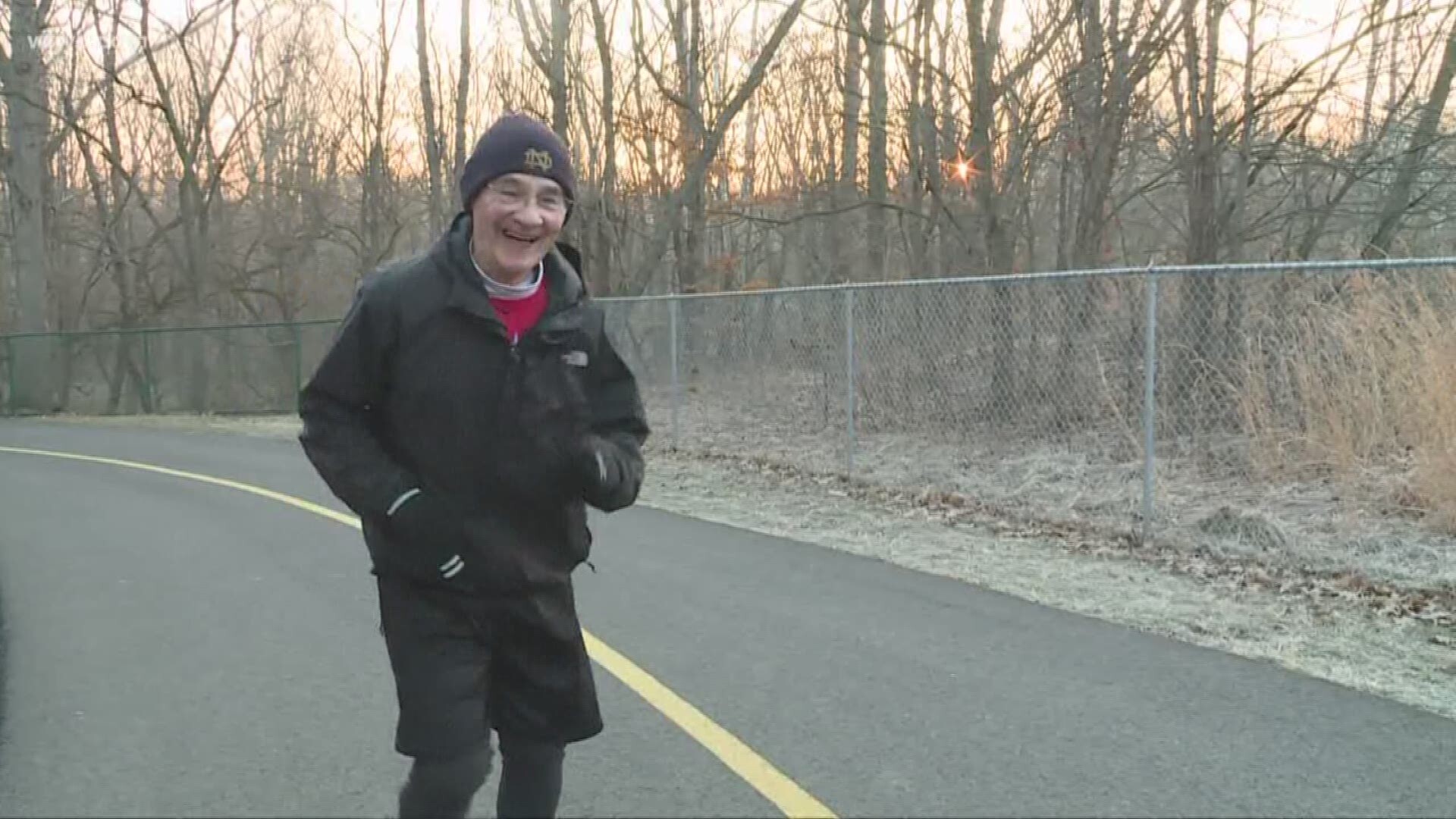
The races will start and finish at Memorial Plaza in the shadow of the Fountain of Eternal Life statue on Public Square. The course will pass landmarks such as the Rock & Roll Hall of Fame and the Great Lakes Science Center.
The runners who have registered are from nine countries and 47 states. They feature beginners and veterans like Mackert.
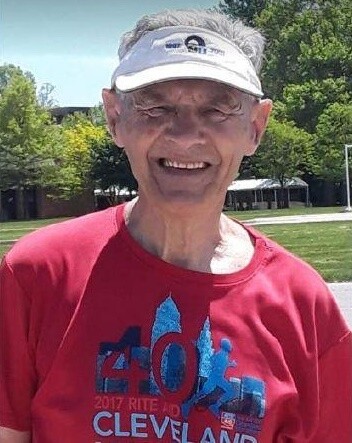
At 85, he runs five to eight miles a day.
“My wife and I raised six children, and when I got to be around 37, I was gaining weight, and I just didn’t like the way I felt, and I started back running again,” Mackert, a former paint store manager, said. “I felt so good, so I kept running, and I haven’t stopped since.”
The return of the spring marathon has Mackert and others excited. He has been running the race since it began in 1978.
He grew up in Lakewood, the youngest of 10 children who weren’t regular workers.
“Nobody in my family was really into sports because we were usually working,” Mackert said.
A teacher spotted him in gym class and recruited him to run cross country and track at Lakewood High School. He ran as a member of the U.S. Army at Fort Riley, Kansas.
He later met his wife and raised his family. But he had left running behind, until he decided to pick it up again.
He later joined local running clubs, like the Cleveland West Road Runners Club, one of the region’s oldest clubs. He also became the president of a running club in Lorain County.
Even during the pandemic, Mackert never stopped running and even virtually completed the last two marathons.
“I felt that if I continued to exercise that it was the best way to that I could fight off getting sick,” he said.
Mackert’s advice to beginning runners? Good shoes and realistic goals.
“What happens is that you hurt yourself trying to do more than you’re capable of,” he said. “Set a realistic goal, and you’ll be happy. Don’t let anybody tell you that you can’t reach that goal.”
(05/18/2022) ⚡AMPby Alexis Oatman
Cleveland Marathon
The Cleveland Marathon features a relatively flat and fast course, great volunteer support and a scenic view of downtown Cleveland and its major landmarks. The course has been designed for our athletes to enjoy views of Browns Stadium, the Rock and Roll Hall of Fame, Lake Erie and many other Cleveland highlights. The Cleveland Marathon began in 1978 in an...
more...Some tips on how to avoid sunburn this summer
Runners are enjoying their first sunny, hot running days of the season. That means it’s time for sunscreen. There are many kinds, but runners have special needs when it comes to choosing specific products, since we spend a great deal of time outdoors in summer. Just don’t assume that covering up with your clothes will protect you from UVA and UVB rays; some materials block some rays, but most do not. Also, remember that most sunscreen lotions are only effective for a couple of hours, so on a longer run, you will have to re-apply to keep protected, since we know that the risk of many skin cancers increases with repeated sunburns.
Water resistance

Water- and sweat-resistant sunscreens are essential to keep you protected when you’re sweating. All sunscreens eventually wash off in the water or from sweat, so don’t be fooled by so-called offers of waterproof sunscreen–and if you’re swimming, it’s always smart to re-apply when you get out of the water.

The limits of SPF ratings
A high SPF (sun protection factor) protects you more, with the caveat that the higher the SPF, the less protection each SPF point provides. The points are measured by how much solar energy (UV radiation) is required to burn you while wearing the sunscreen. SPF 2 filters about about 70 per cent of UVB rays. SPF 50, likely the highest effective SPF rating, filters out about 98 per cent of UVB rays. The catch is that SPF only reflects protection against UVB rays, and UVA rays are also dangerous to our skin and need to be filtered, so buy a broad spectrum sunscreen that protects from both.
Protect your skin even when it’s cloudy
With skin cancer rates on the rise, it’s important to make sure you’re avoiding overexposure to the sun. Use sunscreen in summer, even when it’s overcast. Don’t assume that your clothes will protect you from both UVB and UVA rays, since not all running clothes do, but do wear a hat and sunglasses. A 2011 study of white adults in the United States found that the best way to avoid sunburn while outside is simply to regularly find shade. Also, it’s best to schedule your runs either before 11 a.m. or after 2 p.m., when the sun’s rays are strongest. Choose a mineral sunscreen, since this type contains safer ingredients like zinc oxide or titanium dioxide than regular sunscreen and does not require you to wait 15 minutes before it’s effective.
Take a broad approach when thinking about sunlight protection during the summer. Think about clothing that blocks UVA and UVB, wear a hat and plan your running routes through areas with more shade.
(05/17/2022) ⚡AMPby David Smart
Two-time world 400m hurdles champion Zuzana Hejnova retires
Czech Republic’s Zuzana Hejnova, the two-time world 400m hurdles champion and Olympic bronze medalist, has confirmed her retirement from competitive athletics.
The 35-year-old, who has announced that she is expecting a baby, is to bid an official farewell to her successful career at the Ostrava Golden Spike – a World Athletics Continental Tour Gold meeting – on 31 May.
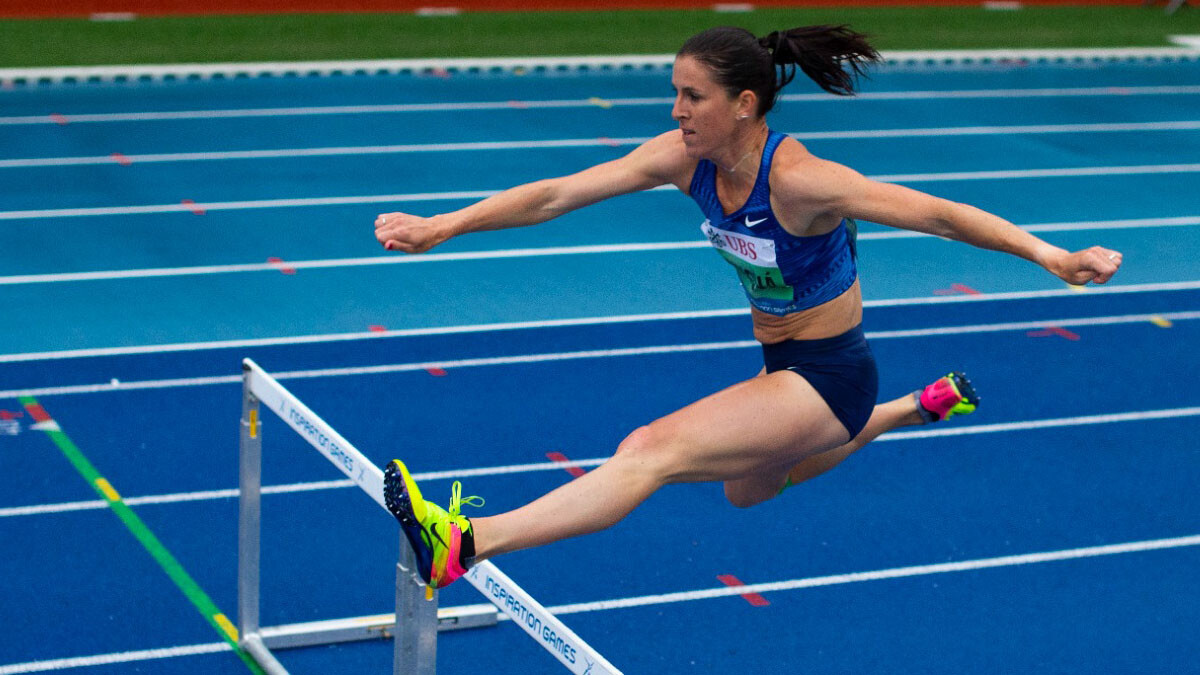
“I wanted to say goodbye in front of Czech spectators,” she said. “I have had a great career and from the bottom of my heart I thank everyone who supported me. I'm looking forward to a new role now.”
World U18 gold in 2003 was the first of the global titles claimed by Hejnova, the then 16-year-old clocking 57.54 to win the 400m hurdles in Sherbrooke, Canada.

She broke the Czech U20 record for the first time at the World U20 Championships in Grosseto the following year, her 57.44 securing silver, and lowered it again in 2005, eventually taking it to 55.89 when winning the 2005 European U20 title in Kaunas.
Hejnova then broke the Czech senior record the following year and improved it every season from 2006 to 2011. During that period she claimed 400m hurdles bronze at the 2007 European U23 Championships, made her Olympic debut with a seventh-place finish in Beijing in 2008 and secured silver as part of the Czech 4x400m team at the 2010 World Indoor Championships.
Hejnova became an Olympic medalist two years later, winning bronze at the 2012 Games in London, and that was to prove just the start.
During an unbeaten 2013 season in her specialist event, Hejnova won the first of her two world 400m hurdles titles and she did it with the performance of her life – clocking a still-standing Czech record of 52.83 to get gold in Moscow. She won the overall Diamond League title – a feat she repeated in 2015 – and was named athlete of the year by European Athletics and the Czech Athletics Federation.
She retained her world title in Beijing in 2015 – becoming the only athlete to win back-to-back world gold medals in the women’s 400m hurdles – and also achieved top-five finishes in London in 2017 and Doha in 2019. Hejnova then became a three-time Olympian in 2016, finishing fourth in the 400m hurdles in Rio, and claimed European indoor 400m silver in Belgrade the following year.
Despite injury struggles, she returned to reach the final of the World Championships in 2019 and then ran her last race at the Ostrava Golden Spike in September 2020. There she contested the 300m hurdles, an event in which she set the world best of 38.16 in 2013.
(05/17/2022) ⚡AMPby World Athletics
Ukrainian runners in New York gear up for Brooklyn half marathon
After Russia invaded Ukraine, Asiia Holovko ran for her life from Kyiv to escape the war — and now she plans to run across Brooklyn.
Holovko, who came to the United States on March 17, will be running the Brooklyn Half Marathon with members of the Ukrainian Running Club of New York on May 21.
She has run in six countries, was invited to represent Ukraine in the World Marathon Champions in 2019 and was planning to participate in the Paris Marathon in April.

“I had a regular life, a dentist appointment, a hairstyling appointment, I had a job,” said Holovko, 42.
“In two weeks I was supposed to go to Paris to run the marathon,” she said. “All of a sudden, everything got destroyed.”
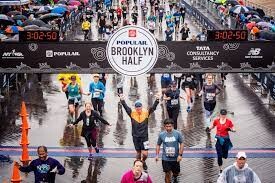
The war set Holovko on a long journey to safety.
She hitchhiked, took a 12-hour train ride to Lviv, and spent 17 days in Poland before she arrived in Portland, Me., where she is staying with a former roommate from Kyiv.
Soon she will reunite with her cousin, Andriy Herasymchyk, a member of the Ukrainian Running Club of New York, who is also running in the Brooklyn race.
The running club has been a way for Ukrainians in the U.S. to connect and a welcome distraction while Russia continues to attack their home country.
“It’s part of the morning routine to do the right stuff — not just sitting, because sitting and reading the news, you’re getting really depressed,” said Herasymchyk, 34, of Coney Island, Brooklyn.
“There are some times when you’re going for a run thinking, ‘I’m going to do six, seven miles,’ and you end up doing 13 miles, getting the flow. You want to get rid of all the negative stuff, negative energy,” said Herasymchyk, who is from Rivne, Ukraine, and has been running since he was in high school.
“When the war started, I really pushed myself to go for a run because I knew it would be good for me,” said Dmytro Molchanov, 33, the club’s captain. “For a few weeks, I didn’t really enjoy running. It was hard for me to enjoy anything. Running has been a sort of meditation for me when I have some issues,” he said.
The 100-member strong running club provides a community for Ukrainians in New York.
“I moved to the United States seven years ago and I didn’t know anybody here,” said Molchanov, 33, a nurse who lives in Sheepshead Bay. “The club became my second family. I found really true friends.”
In the months following Russia’s invasion of Ukraine, the club has taken on a new significance, providing emotional support to its members and fundraising for the war effort.
“A lot of guys who are here — their parents are still in Ukraine in occupied territories. A lot of them are really worried,” said Herasymchyk.
“My hometown was invaded day one,” said Molchanov, whose mother and grandmother are still in Nova Kahovka, near Crimea.
“They’re alive, that’s the most I can ask for right now. They have food, I’m able to talk to them every day,” he said.
(05/17/2022) ⚡AMPby Ellen Moynihan
RBC Brooklyn Half Marathon
The RBC Brooklyn Half takes you on a 13.1-mile tour through the Borough of Kings, from Prospect Park to the Coney Island Boardwalk.NYRR is thrilled to welcome Royal Bank of Canada (RBC) as the title sponsor of the new RBC Brooklyn Half. The race starts at Prospect Park and ends with a finish like no other on the Coney Island...
more...Use these five takeaways from your first race to crush your second
Congratulations on finishing your first race! After training for months on end, crossing your first finish line can be incredibly rewarding. But where do you go from here? And what can you learn or take away from your first race?
Instead of stressing over what’s next, check out these five helpful takeaways from your first race to help you crush your second.
1. Don’t be too hard on yourself
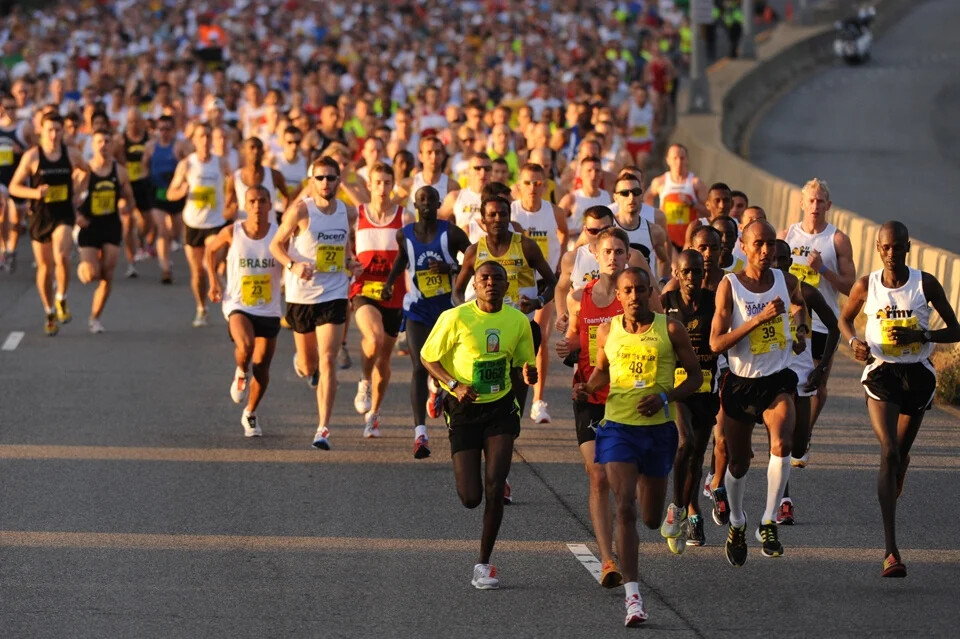
No matter how your race went or what place you finished in, be proud of your result. You are your own worst critic, and you are the only one who will remember your result a month from now. There’s no need to be too hard on yourself, especially on your first one, so stay positive and look to improve in the next race.
2. Soak in your achievement

One thing many runners will say after a race is, “at least you got out there and ran.” It means you can be proud of yourself and own the moment. The finish line can be rewarding in many ways: it could mark the end of a hard journey, achieving a goal or accomplishing something you never thought was possible. Every achievement needs to be celebrated, no matter the circumstance. Celebrating with one of your favourite foods, desserts or an ice-cold beverage can always provide a little bit of extra motivation mid-race.
3. Find your pace
Pacing yourself for any distance can be tricky; even many veteran runners don’t master the art of pacing. It’s extremely easy to go out too swiftly in your first race: the nerves, adrenaline, and your legs feel fresh. Every runner has made this mistake once or twice and paid for it in the latter half of the race.
We aren’t saying you’ll master pacing by the time you do your second race, but the pacing in your first race should give you an idea of what you did right and where you went wrong.
4. Live and learn
Like anything, the more races you do, the better you’ll get at performing well on the day. Ask yourself questions about how you prepared for the race. Did you get enough rest the day before? Or did you consume enough food to give you fuel to perform?
The best way to learn is by trial and error, and simply by doing more races. Another way is to ask other, more experienced runners to share their tips on how they prep for races and the things they do to make sure everything goes OK.
5. Set short-term goals
You did it! Now that you’ve completed your first race, welcome to the ‘run-ternity’. Take what you learned from your first race and apply it to your training for the next race. The perks of getting the first one out of the way is you now know what to expect and where you can improve for your next one. Set realistic short-term goals, like running a personal best, or running the race without walking, or trying to correct an easy mistake you made in your first race (i.e., showing up to the race 45 minutes early, so you have time to use the washroom and do a warmup).
(05/17/2022) ⚡AMPby Marley Dickinson
What other activities can help you maintain running fitness through injury?
Injuries are the worst, and if not dealt with properly, they can linger longer than necessary. Runners love being active, which is why they can rush back sooner than recommended and risk re-injury. If you’re waiting out an injury and wondering how you can preserve fitness through the process, here are some ideas.
Water running
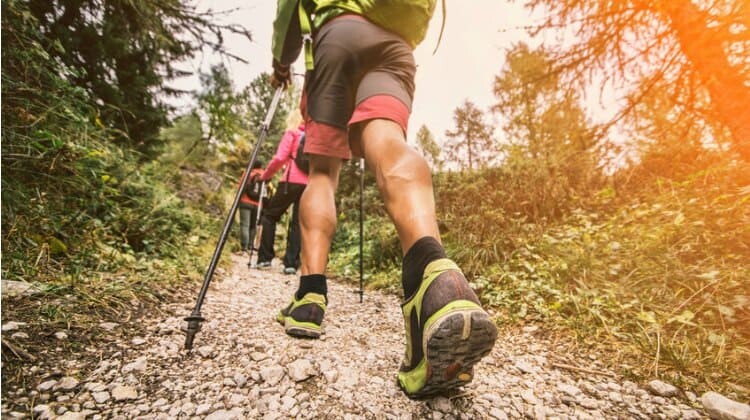
Water running, especially if you’ve been diagnosed with a stress injury and shouldn’t be weight-bearing, is a great way to maintain fitness. To water run properly, everyone should purchase a flotation belt (which will run you about $30), so that you can maintain your running form while in the water. Once you’re comfortable with the activity, work some repeats into your run. Add 10 by 30 hard and 30 seconds easy to help get your heart rate up.
Strength training
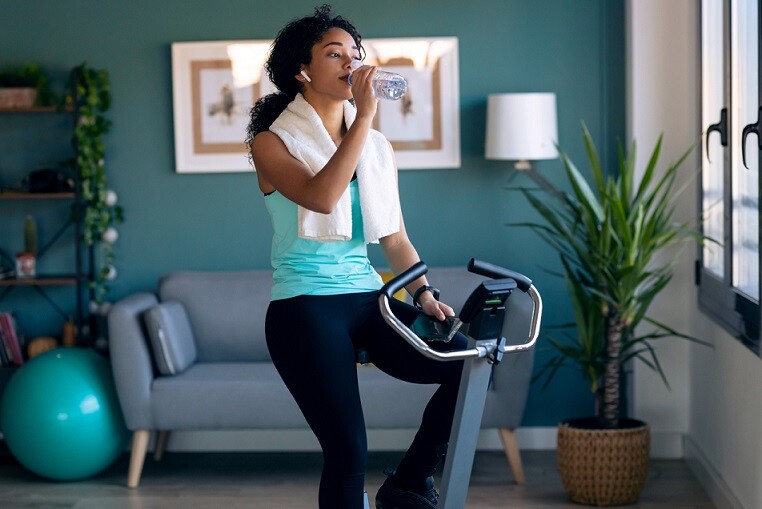
So long as your medical practitioner has cleared you to strength train, working on your weaknesses can help you come back a stronger runner. You can start with physio exercises to strengthen what’s broken, but also, lifting heavy weights is great for runners (professional runners are lifting heavier and heavier all the time).
If it fits in the budget and you’re getting in the gym for the first time, booking an appointment with a personal trainer to get the basics down is a great idea. If it doesn’t fit in the budget, there are lots of online resources to help you as a first timer.
Cycling/elliptical
Much like water running, the bike and the elliptical are two ways to put in long efforts without bearing weight. Especially for marathoners looking to maintain fitness, you can go for hours using either of these tools.
One caveat: if you’re struggling with a hip or ITB issue, the bike and elliptical can make it worse. Try strength training or water running for these injuries.
Hiking and walking
Sometimes an injury is your body telling you to take a break. If you feel you need some time away from structured training or cross training, going on walks or low-intensity hikes is a great way to get moving without straining your body too much. If you need a break, take one.
(05/17/2022) ⚡AMPby Madeleine Kelly
2022 Brooklyn Half Marathon to Return at Full Capacity for 40th Running on Saturday, May 21
More than 22,000 runners expected to race 13.1 miles from Prospect Park to Coney Island.
The RBC Brooklyn Half will return at full capacity for the first time in three years on Saturday, May 21, with more than 22,000 runners expected to race in the event’s 40th running. The race, which was established in 1981, is now one of the country’s premier half marathons with accompanying youth races and a three-day pre-party to celebrate Brooklyn.
“New York Road Runners has such a rich 40-year history in our biggest borough, Brooklyn, and we are excited to be bringing back our premier event in the borough, the RBC Brooklyn Half, for the first time since 2019,” said Ted Metellus, NYRR VP of Events and Race Director. “Since 1981, even before half marathons were popular, the Brooklyn Half has been taking place every year and is now the highlight of NYRR’s year-round presence in Brooklyn, which also includes programs for youth, seniors and the entire community.”

The RBC Brooklyn Half will take runners through the unique and diverse neighborhoods of Brooklyn, beginning at the Brooklyn Museum, passing the scenic Grand Army Plaza, and running through Prospect Park and along Ocean Parkway to the finish line on the famous Coney Island boardwalk.
Below are some highlights and initiatives to look forward to at the 2022 edition of the event:
40th Running: The first Brooklyn Half took place in early spring of 1981 on a course in and around Prospect Park with several hundred finishers. Since then, it has expanded to cover a large portion of Brooklyn and help bring the community together. In 2013, the year after Superstorm Sandy devastated the Brooklyn coastline, the Brooklyn Half helped reinvigorate Coney Island and reminded New Yorkers what makes Coney—and all of Brooklyn—so special. This year will mark the return of the event for the first time since the pandemic began, with Brooklyn Borough President Antonio Reynoso planning to attend.
New Title Sponsor: The Royal Bank of Canada (RBC) will serve as both the exclusive title partner and exclusive financial services and investment banking partner of the event for the first time, activating on race day as well as at the pre-party and post-race festivities. As a purpose-driven global financial institution, RBC, similar to NYRR, is strongly committed to giving back to communities.
Notable Names: This year’s field will include notable names such as TODAY Show’s Al Roker, Good Morning America’s TJ Holmes, TV personality Nev Schulman, and professional athlete Noah Droddy.
Ukrainian Running Club Members: More than 40 members of NYC’s local Ukrainian Running Club will participate, as running has brought the club members closer together as a form of support while the war goes on in Ukraine. The club is captained by Dmytro Molchanov, who moved from Brooklyn to Ukraine seven years ago and will be an NYRR pacer for the 1:20 group.

5-Year Anniversary: Prospect Heights residents Krissa Cetner and Alex Salazar, two avid runners, stopped to get married in front of 100 guests at Mile 6 of the 2017 Brooklyn Half and then hopped back on the course to finish the race. Running for NYRR Team for Kids, the couple will return this year to run in honor of their 5-year anniversary and plan to wear the same tuxedo shirt and bridal shirt. Their 3 1/2 year old son, Myles, will be there to cheer them on.
Guinness World Record Attempt: Local elite Marie-Ange Brumelot of Queens Distance Runners and her father will go for the Guinness World Record for the fastest half marathon run by a parent and child. Brumelot represented France at the 2020 World Athletics Half Marathon Championships and is a 1:14 half marathoner.
Brooklyn’s “Marathon Man”: At 70 years old, Brooklyn’s Leroy Cummins is speeding up, not slowing down. As a member of the NYRR Striders fitness program for older adults, he ran his first marathon last fall at the TCS New York City Marathon, finishing second in his age group in a time of 3:35:15, a quick 8:13 mile pace. He then ran the Boston Marathon in April, and now, known as the “Marathon Man” to his East Flatbush neighbors, will look to finish first place in his age group in Brooklyn.
Boardwalk Kids Run: The whole family is invited to join in on race day activities, as kids ages 8-18 will take part in the Boardwalk Kids Run at the RBC Brooklyn Half for free on Coney Island as part of the Rising New York Road Runners youth program.
RBC Brooklyn Half Pre-Party Presented by New Balance: From May 18 to May 20, runners will pick up their bibs, shop for race merchandise, listen to live music, and dine at local food trucks at the RBC Brooklyn Half Pre-Party Presented by New Balance at Pier 2 in Brooklyn Bridge Park.
Virtual RBC Brooklyn Half: Runners who are unable to be in Brooklyn can participate in the race from anywhere in the world at their own convenience between May 14 and May 22.
About New York Road Runners (NYRR)
NYRR’s mission is to help and inspire people through running. Since 1958, New York Road Runners has grown from a local running club to the world’s premier community running organization. NYRR’s commitment to New York City’s five boroughs features races, virtual races, community events, free youth running initiatives and school programs, the NYRR RUNCENTER featuring the New Balance Run Hub, and training resources that provide hundreds of thousands of people each year with the motivation, know-how, and opportunity to Run for Life. NYRR’s premier event is the TCS New York City Marathon. Held annually on the first Sunday in November, the race features a wide population of runners, from the world’s top professional athletes to a vast range of competitive, recreational, and charity runners. To learn more, visit www.nyrr.org.
(05/16/2022) ⚡AMPRBC Brooklyn Half Marathon
The RBC Brooklyn Half takes you on a 13.1-mile tour through the Borough of Kings, from Prospect Park to the Coney Island Boardwalk.NYRR is thrilled to welcome Royal Bank of Canada (RBC) as the title sponsor of the new RBC Brooklyn Half. The race starts at Prospect Park and ends with a finish like no other on the Coney Island...
more...Try this progression mile workout to improve your 10K
If you have a 10K race on the horizon, it’s important to make sure that your workouts are race-specific. With tons of spring 10K’s happening across the country, we have the perfect 10K specific mile progression workout that will help prepare you to handle the physical demands of kilometres six to 10 in your race.
When training for a 10K, you’ll want to make sure you are covering at least 50 to 70 percent of the race distance in your speed workout. Therefore, one-kilometre and one-mile repeats are essential, as it builds up your endurance to get you more comfortable with your goal pace over the distance.
The workout

Four to five reps of one mile (1,609m or four laps on a track) progression with two minutes rest between reps
The pace: Since the mile is four laps, divide your mile rep up into four paces. On the first lap, you should aim for 10 seconds per kilometre slower than your goal pace (for example, we will use a goal 10K time of 45:00, 4:30/km), so the first lap should be around 1:52. On the next lap, pick up the pace to five seconds per kilometre faster, hitting the next 400m in 1:50. The third 400m should be done at your goal 10K pace of 4:30/km, which is 1:48 for the lap and the last being five seconds faster (4:25/km) in 1:46.

The idea of this workout is to get your body comfortable with faster paces, when it’s experiencing fatigue. If you can hit the paces on all four or five reps, it’ll get you ready to negative split your next 10K.
The two-minute rest in between each rep is a standing or walk rest to help bring your heart rate down before you start up again. Ideally, the paces of this workout will be easier to manage if it’s done on a 200 to 400m track. If the track is under 400m, divide the time per lap by four to determine your pace per 100m. If you do not have access to a track, use a flat 400m, 800m or one-mile loop and set markers along the way.
Control your pace early on and make sure you are hitting the times on the first two reps. If you go out too fast, it’ll ruin the rest of the workout, which isn’t the intention.
(05/16/2022) ⚡AMPby Marley Dickinson
Why you should aim for a negative split in the marathon
Ideally, when running a marathon, your goal should be to run even splits, i.e. to run the second half of the race in the same time as it took you to run the first half, rather than slowing down. (2018 Boston Marathon champion Des Linden is famous for running perfectly even splits in a lot of her races.) If you’re well trained and everything goes well on race day, you might come close to achieving this; with a few marathons under your belt, you might even try to aim for a negative split, which means running the second half of the race slightly faster than the first.
Negative splitting is a challenging proposition for most runners. By 30 km or so (sometimes much earlier), physical and mental fatigue are starting to accumulate, and you might find yourself walking through water stations. Your rate of perceived exertion (RPE) increases with each passing kilometer, and the pace you started at feels harder and harder.
Why negative split?

But with a little experience, trying to achieve a negative split can bring a new challenge to your marathons, and there are good reasons to try it.
Andrew McKay of Toronto remembers the second time he qualified for Boston, at the Philadelphia Marathon in 2016. “It was a really bad weather day, and my iPod failed a few kilometers in, so I was just focused on clicking off Ks, and didn’t have high race goals,” he says. “So instead, I focused on my mental game, and doing only what I was capable of on the day. Each time it felt hard, I asked myself ‘is that all you have today?’ And when the answer was no, I pushed a tiny bit harder… My splits were 1:40:18 and 1:39:54, and it was a PB by four minutes, 45 seconds.”

U.S. ultrarunner Nick Coury has written about negative splitting ultras, but the same principles apply in the marathon, or even the half-marathon. (Coury, 34, won the Desert Solstice 24-hour race in Arizona in 2020, with 250 km; his Ultrasignup.com results go back to 2005, which means he’s been racing ultras since he was 17, and he has a slew of podium finishes and victories.) For example, you’re much less likely to “blow up” if you go out a little slower than your goal pace and maintain that through the first half. “The longer the race, the more time there is for something to go wrong,” Coury writes. “Blowing up at mile 22 of a marathon means four miles of suffering … Going out slow enough to negative split means the risk of each individual problem goes down.” He claims that negative splitting has often allowed him to avoid the discouragement and loss of motivation that comes with being unable to maintain his pace late in a race.
A major advantage Coury claims is reduced recovery time: “This has been the biggest mind-blower for me,” he writes. “Even when we feel ‘good,’ we’ve put the body through a lot.” He’s referring to ultras, but the same is true for marathoners. That soreness in your quads the day after a marathon represents muscle damage; but if you’ve ever had a really bad race and ended up walking most of it, you may have noticed you’re hardly sore at all. The fact is that even a slightly slower pace results in less damage, and consequently, less soreness and associated recovery time. Which means you’re ready to resume training earlier, with less fear of losing fitness before starting your next build.
Note that “faster race times” is not one of Coury’s stated reasons to negative split, even though your times might well improve once you master the art of negative splitting. The reasons for doing it are qualitative, rather than quantitative. But you’ll likely find yourself performing better against the competition in races.
To achieve a negative split, you need to plan on running the first half of the race a few seconds per kilometer slower than your goal pace, and then picking up the pace in the second half. This sounds easy, but considering that even running your goal pace will feel very slow during the first half, it actually takes a lot of discipline to run even more slowly than that. Once you pass the halfway mark, hopefully you’re feeling relatively comfortable, and you can begin to gradually increase the pace, keeping something in reserve for a final kick to the finish line. “The more I negative split, the more I just feel straight-up good late in a race,” says Coury.
The bottom line? It’s more fun than slogging
“The hidden benefit of negative splitting is just how much fun it is,” Coury writes. “It’s hard to describe catching minutes a mile on the front runners in a race 80 per cent in, and doing so without having to dig deep and suffer. I’ve really become addicted to it, and can’t imagine going back to the days of just hanging on to get to the finish line.”
Achieving a negative split takes some practice and patience; you don’t want to slow down so much in the first half that you end up slower than if you just went about racing in your usual manner. (Coury has found 3 per cent to be about right.) Also, your performance will vary depending not only on how well you train, but on how well you recover while training, how much sleep you get, the quality of your nutrition while training, and myriad other factors. But the potential benefits are certainly worth exploring.
(05/16/2022) ⚡AMPby Anne Francis
Kenya’s Irene Cheptai and Nicholas Kipkori break course records in Bengaluru
Irene Cheptai and Nicholas Kipkorir Kimeli ran course records of 30:35 and 27:38 respectively at the Tata Consultancy Services (TCS) World 10K Bengaluru 2022 – a World Athletics Elite Label road race – on Sunday (15).
Cheptai took 44 seconds off the women’s course record which had stood to the late Agnes Tirop at 31:19 since 2018.
After a super-fast opening two kilometers of 3:02 and 3:04, a quick time was always likely and the race was soon down to just three women at the front: Cheptai, two-time world 5000m champion Hellen Obiri and fellow Kenyan Joyce Tele.

Tele started to lose contact with her compatriots in the fifth kilometer before Obriri, pushing the pace with Cheptai running in her slipstream, passed the halfway point in 15:15.
Obiri led the race for the next two kilometers, going through 6km in 18:23 and 7km in 21:32, before Cheptai took her turn to push at the front for a kilometer as Obiri briefly went through a bad patch. However, Obiri soon recovered her poise and regained the lead just after embarking on the penultimate kilometer.
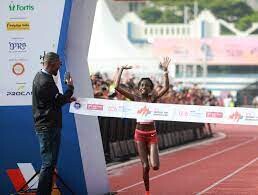
The Kenyan pair carried on their enthralling head-to-head battle, but with just 250 meters to go Cheptai darted past Obiri and was never headed before crossing the line in a personal best of 30:35, her first time inside 31 minutes.
Obiri eased off once she knew the race was lost but still came home in an outstanding 30:44, also inside Tirop’s former course record, while Tele was a distant third in 31:47 to complete an all-Kenyan podium.
“When we raced through an inclined patch on the route [just after 7km], I felt like Hellen’s pace reduced, that’s when I tried harder to take lead,” said Cheptai. “But even when I entered the stadium for the final lap, I was fearing Hellen and kept pushing my speed to win.”
The men’s race unfolded in a very different fashion to the women’s. Kipkorir Kimeli, fourth in the Olympic 5000m final last year, took the lead with a kilometer to go and pulled away from Ethiopia’s world U20 10,000m champion Tadese Worku to reduce the men’s course record by six seconds from the previous mark set by his compatriot Geoffrey Kamworor in 2014.
The race started off in an unusual manner with Kenya’s Reynold Kipkorir – who was to eventually finish ninth – out on his own for much of the first 5km, passing the halfway point in 14:00 with the rest of the elite field staying about 70 meters in arrears.
However, shortly after going through 5km, Worku changed gear and started to rapidly tow the leading men back to Kipkorir before going past him just before the 6km point and then increasing the pace further.
Kipkorir Kimeli continued running just behind Worku for the next three kilometers, letting his Ethiopian rival do all the hard work as the pair gradually got back on to course record pace as they also put daylight between themselves and the rest of the men’s field.
Worku still looked fresh as they reached the final kilometer but could not respond when Kipkorir Kimeli took the lead, with the latter almost sprinting like a middle-distance runner over the final 300 meters as the finish line approached in Bengaluru’s Sree Kanteerava Stadium.
Kipkorir Kimeli crossed the line in 27:38 with Worku also inside the old record with 27:43 while the Kenyan pre-race favorite, and former world half marathon record-holder, Kibiwott Kandie made up three places in the final two kilometers and came through for third in 27:57.
By contrast, Ethiopia’s two-time world 5000m champion Muktar Edris was never in contention for the podium and finished back in seventh.
“Honestly, I was not expecting to get the course record,” said Kipkorir Kimeli. “When we reached 5K, we didn’t think we will get the course record, in fact, even when we crossed the 7K-mark, I didn’t think we will make the record. But only when Worku pushed ahead, I picked up pace towards the end.”
(05/16/2022) ⚡AMPby World Athletics
TCS WORLD 10K BENGALURU
The TCS World 10k Bengaluru has always excelled in ways beyond running. It has opened new doors for people to reach out to the less privileged of the society and encourages them to do their bit. The TCS World 10K event is the world’s richest 10 Km run and has seen participation from top elite athletes in the world. ...
more...Tyler McCandless blows away the field at the Colfax Denver Marathon today
Runners of all speeds laced up their racing shoes and grabbed their bibs to race in Denver’s 16th annual Colfax Marathon.
Denver’s biggest running event took place on Sunday, May 15, and welcomed more than 30,000 runners to the Mile High City.
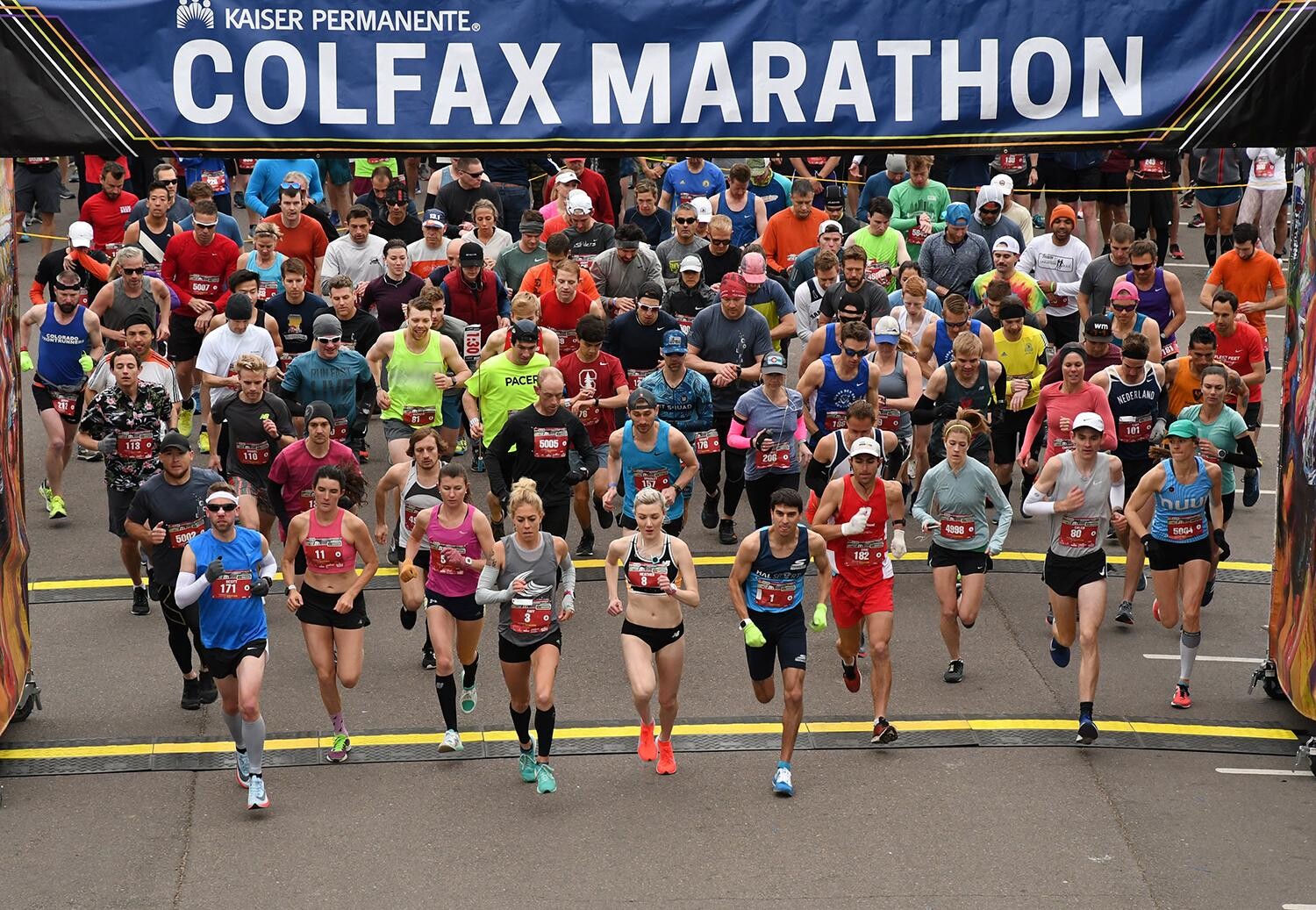
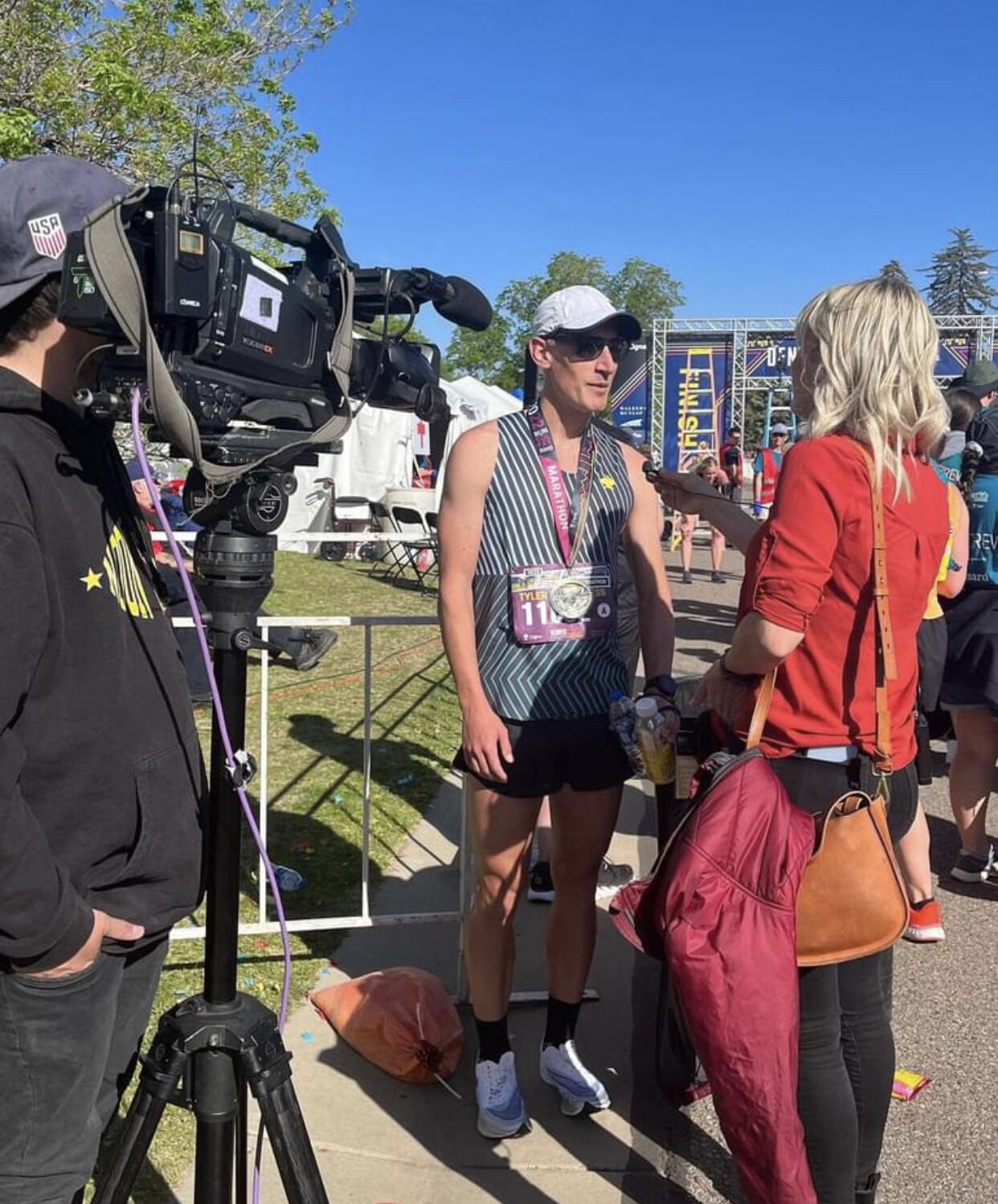
Tyler McCandless posted, "I ran 2:21:07 for a win and new event record Denver's Colfax Marathon! Took almost 3:30 off the previous event record. 9 years since the last time I won a marathon and winning at altitude in Denver was both very hard and extra special! Thanks for all the cheers, kudos and congrats, and thanks #ColfaxMarathon for putting on a world class marathon in Denver!"
Male overall marathon winners:
Tyler McCandless, 35, of Fort Collins finished with a time of 2:21:07
Zebulon Hanley, 30, of Louisville finished with a time of 2:30:40
Anthony Bruns, 42, of Denver finished with a time of 2:32:47
Female overall marathon winners:
Sarah Villasenor, 37, of Denver finished with a time of 3:02:51
Sarah Bay, 43, of Niwot finished with a time of 3:05:17
Janie Nabholz, 22, finished with a time of 3:09:23
(05/15/2022) ⚡AMP

